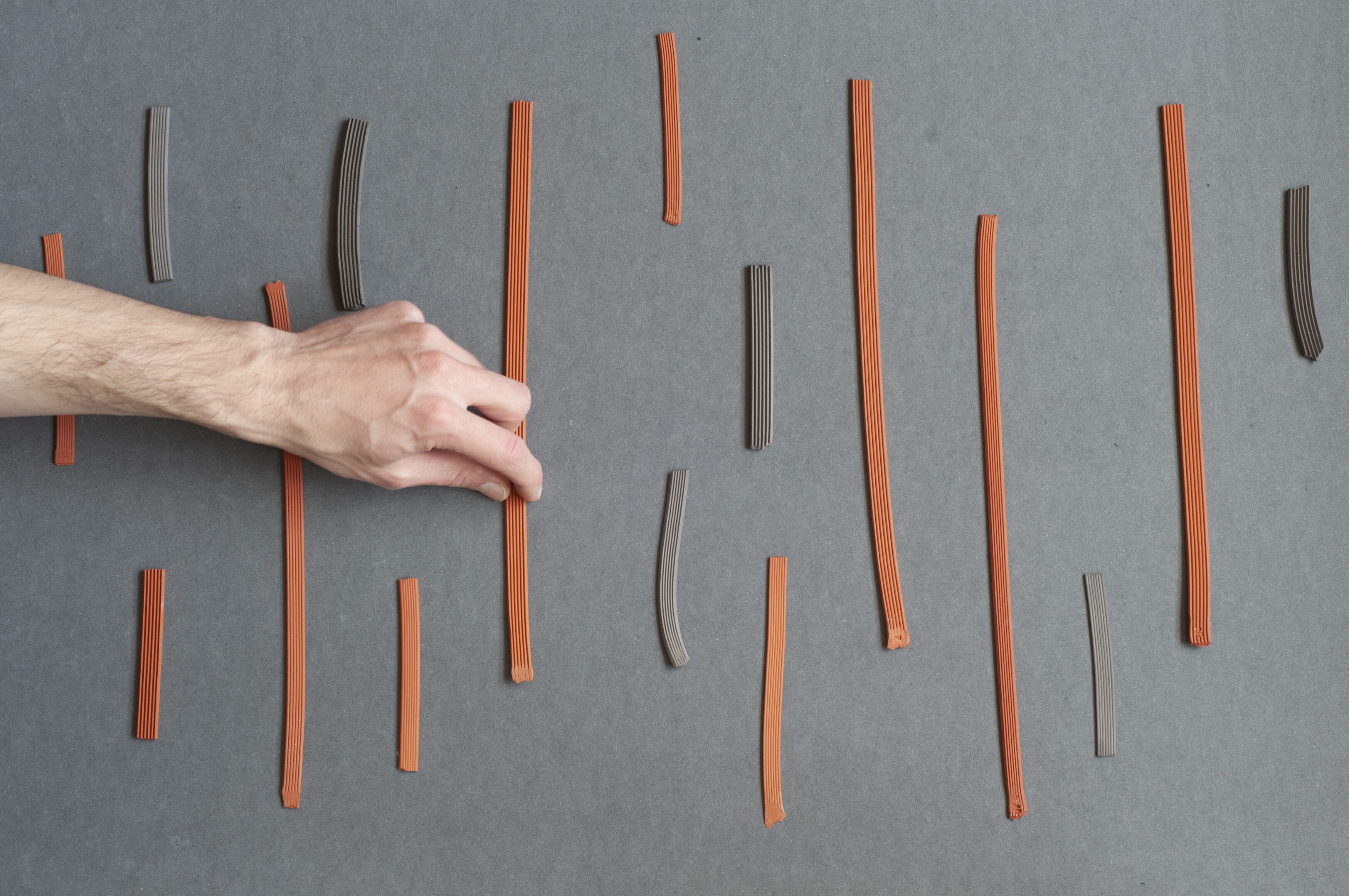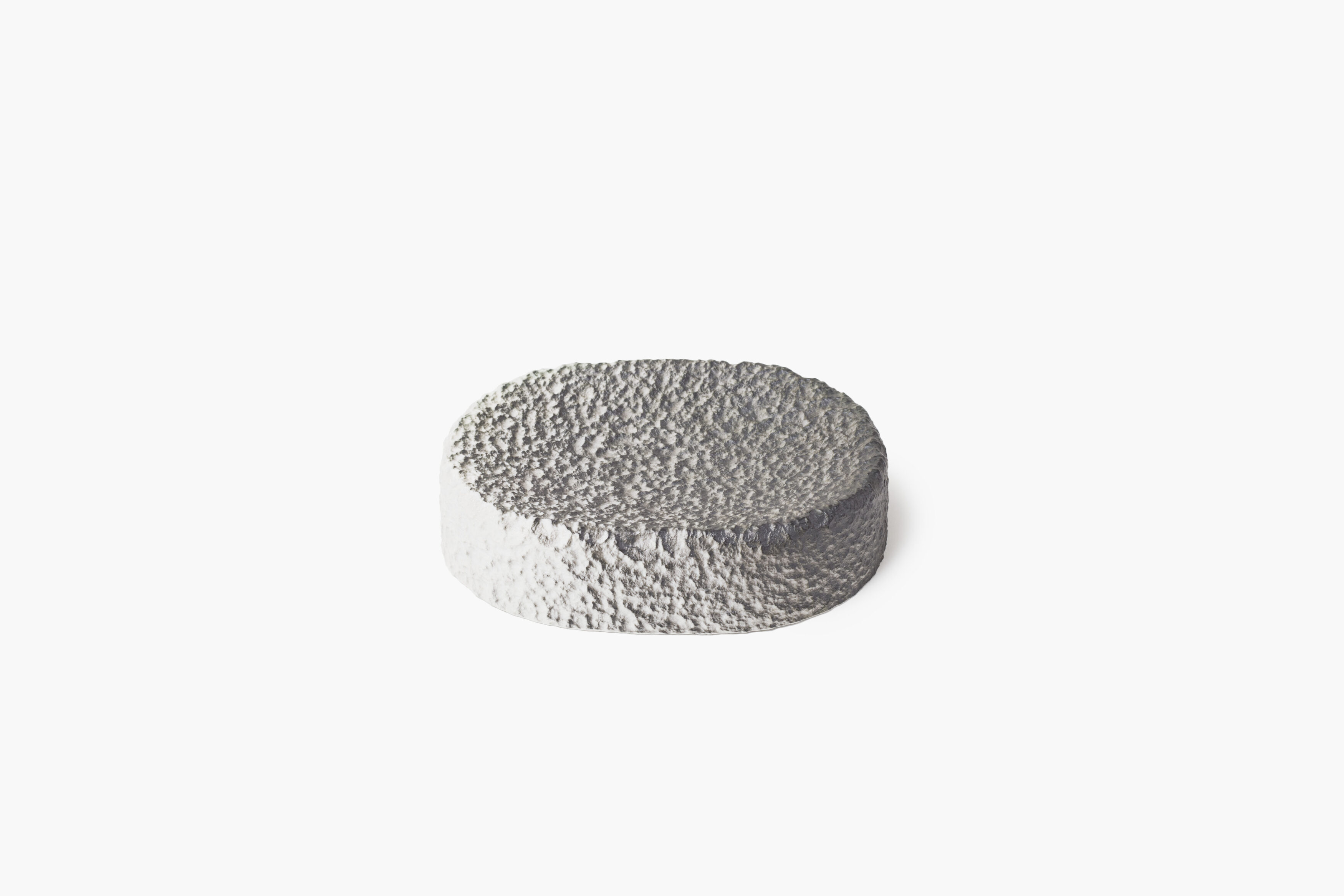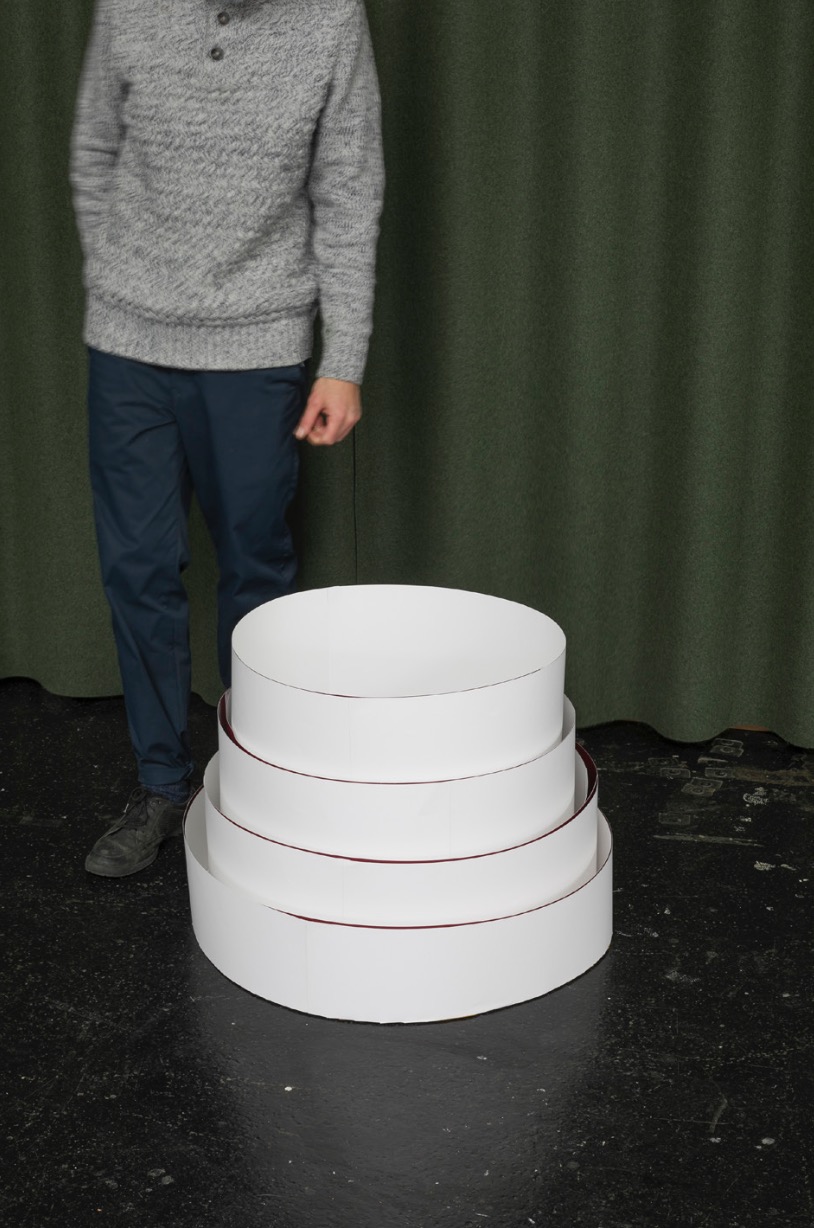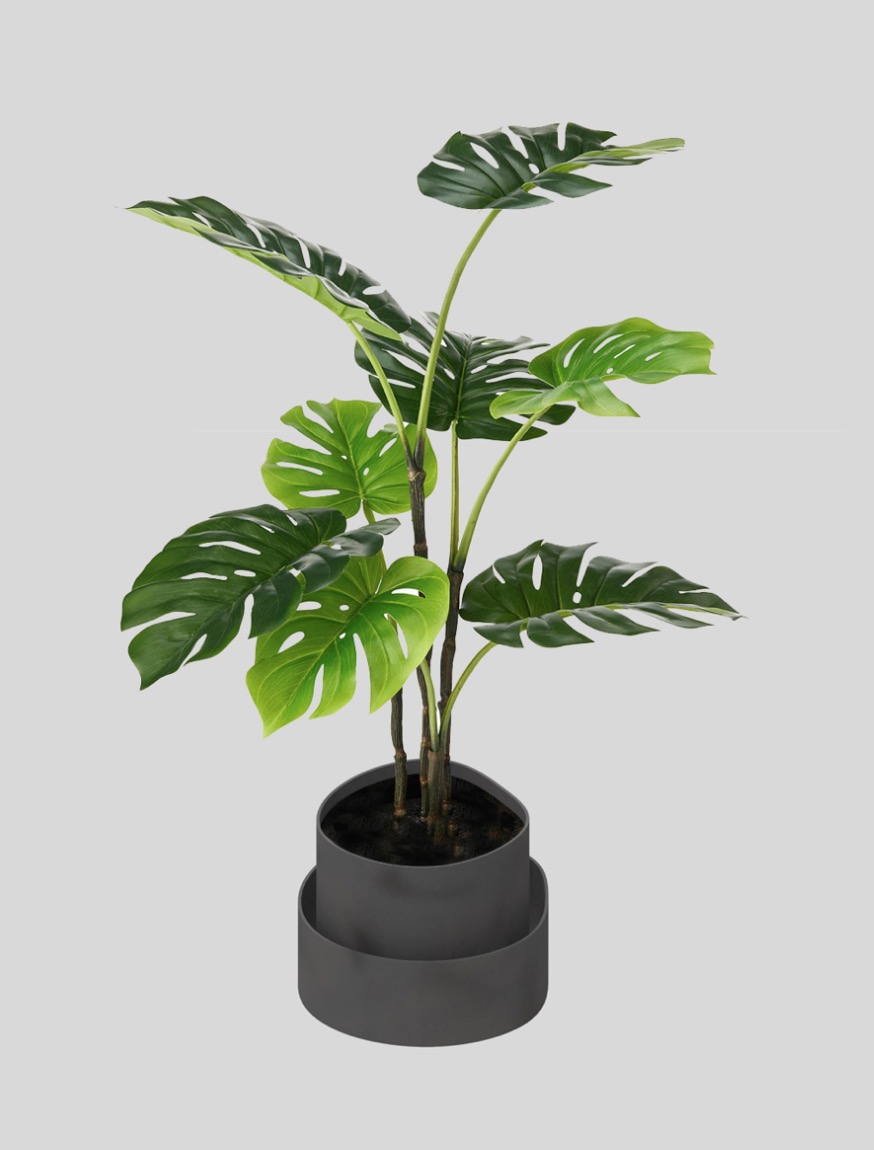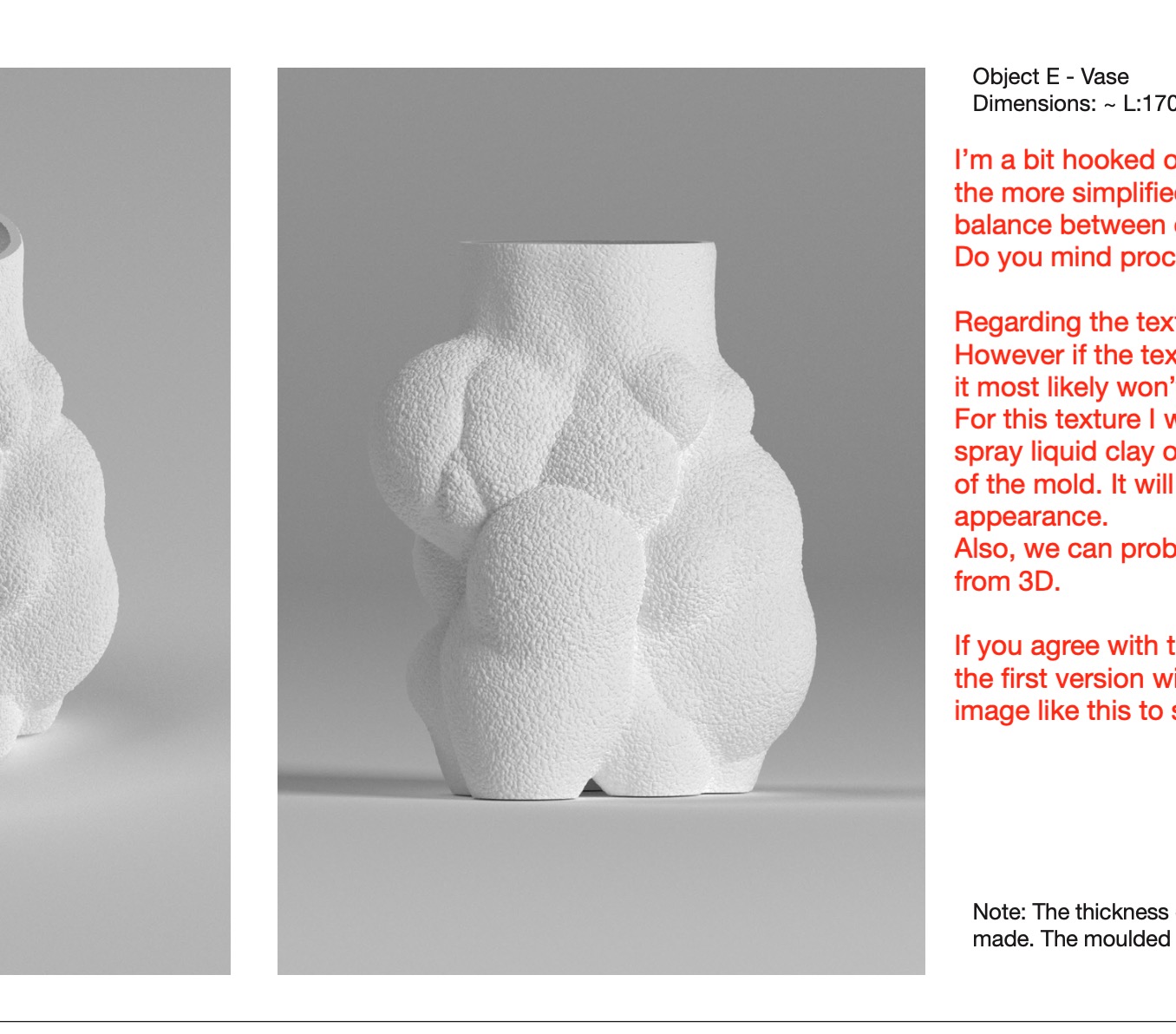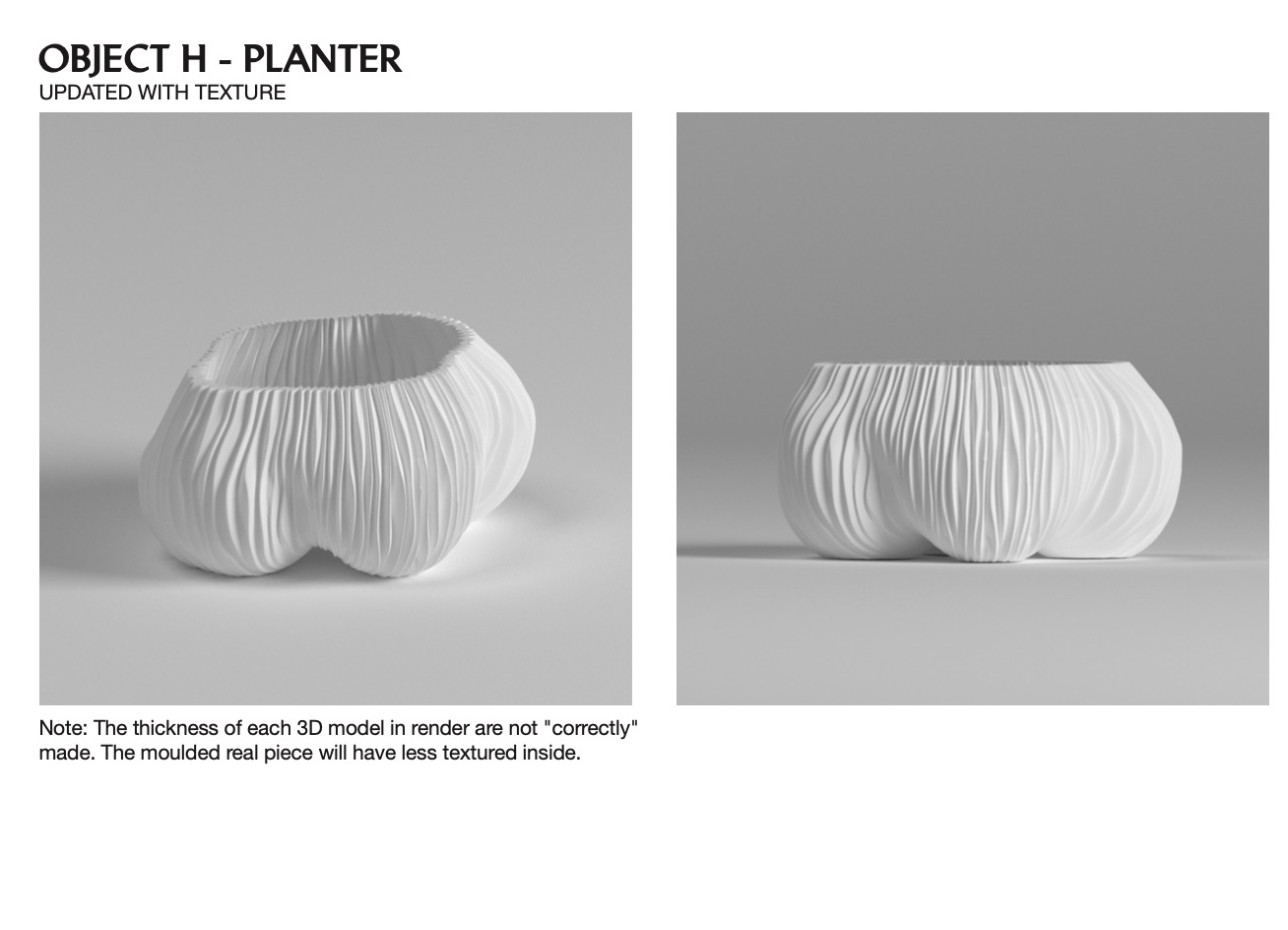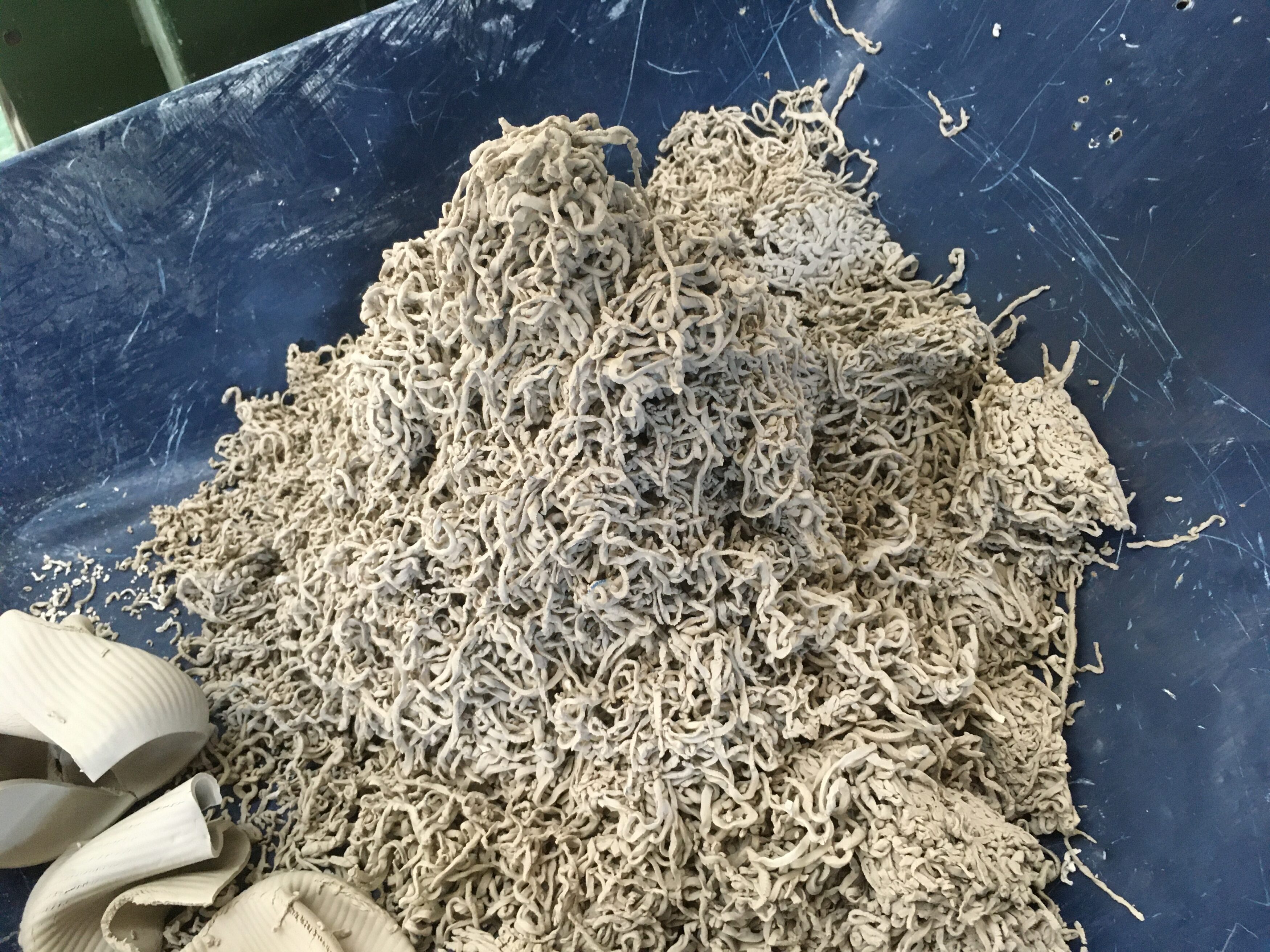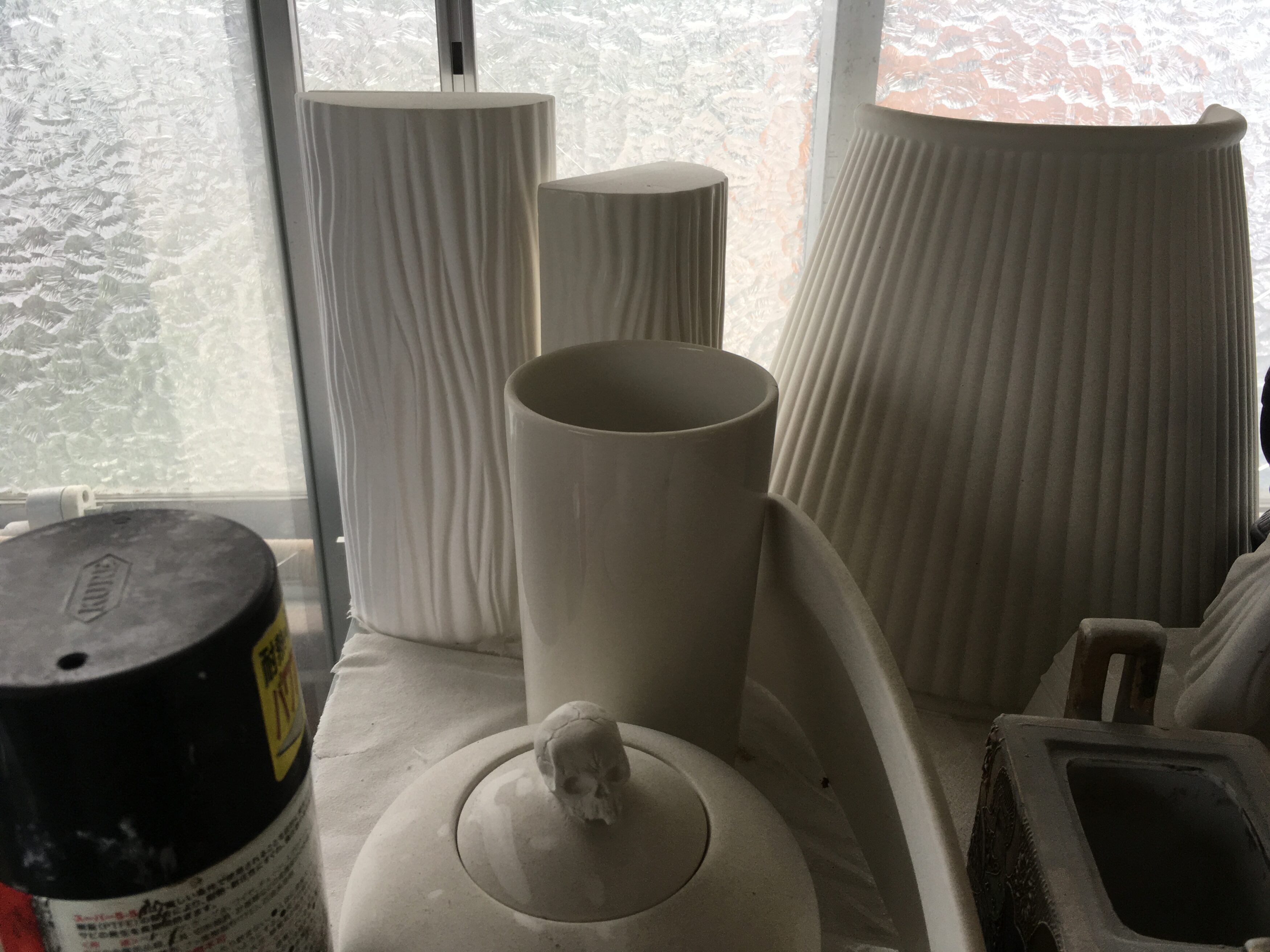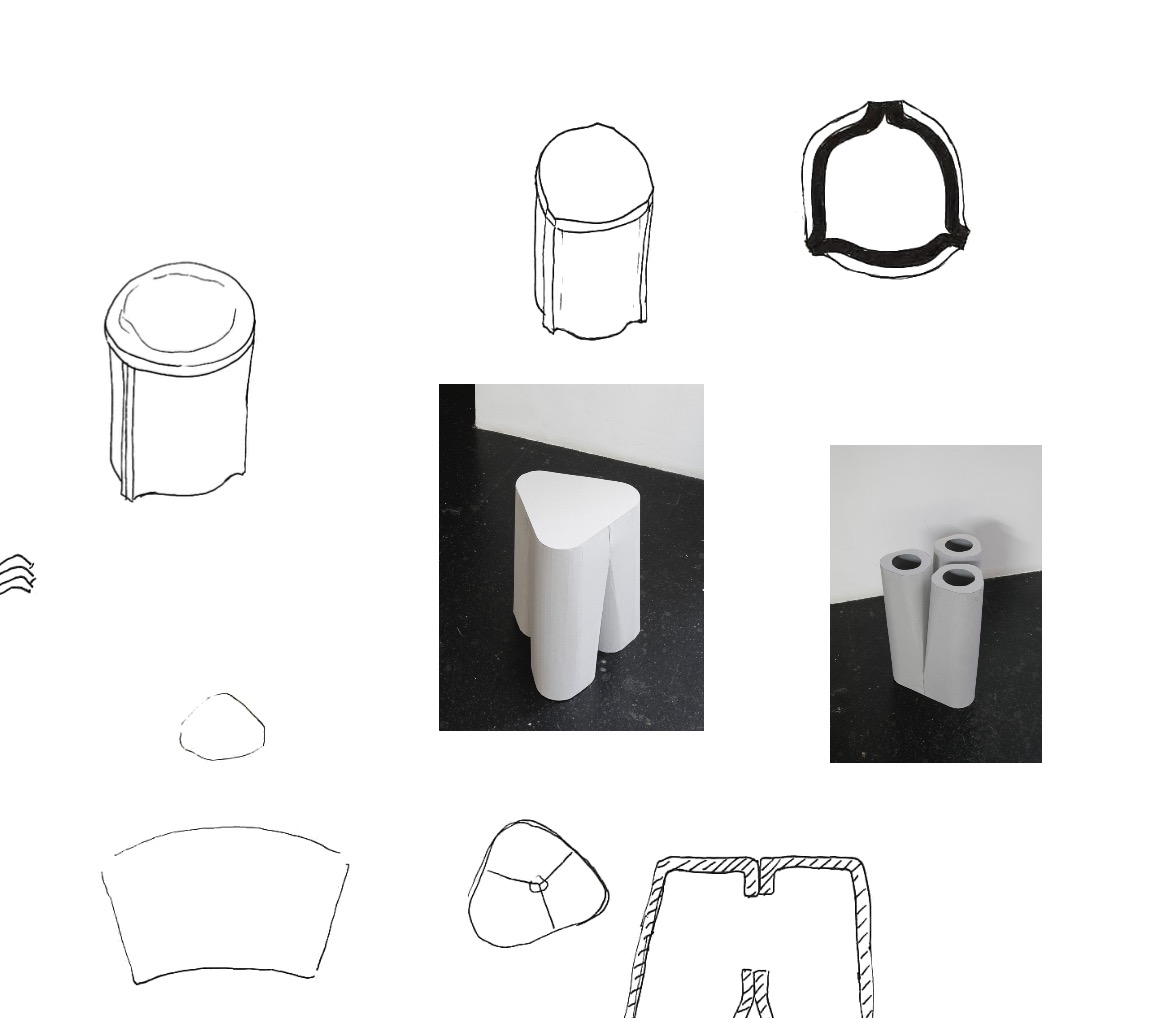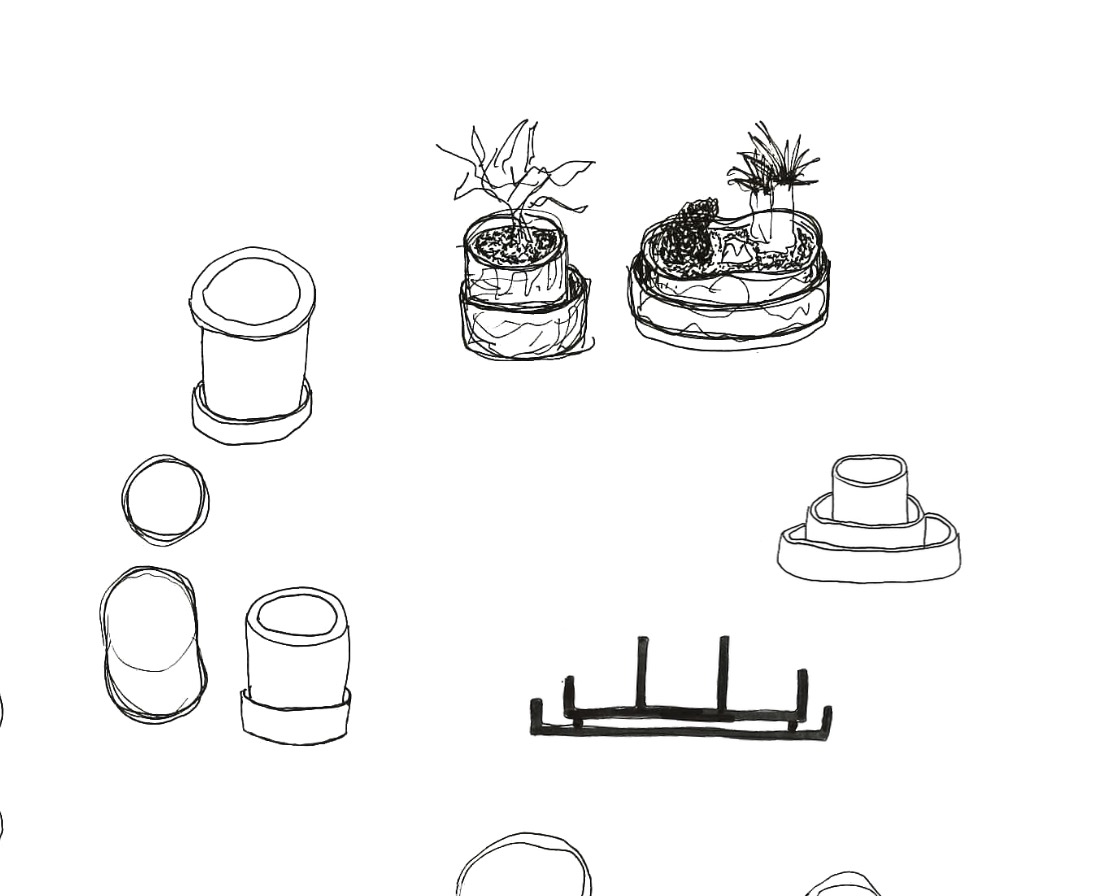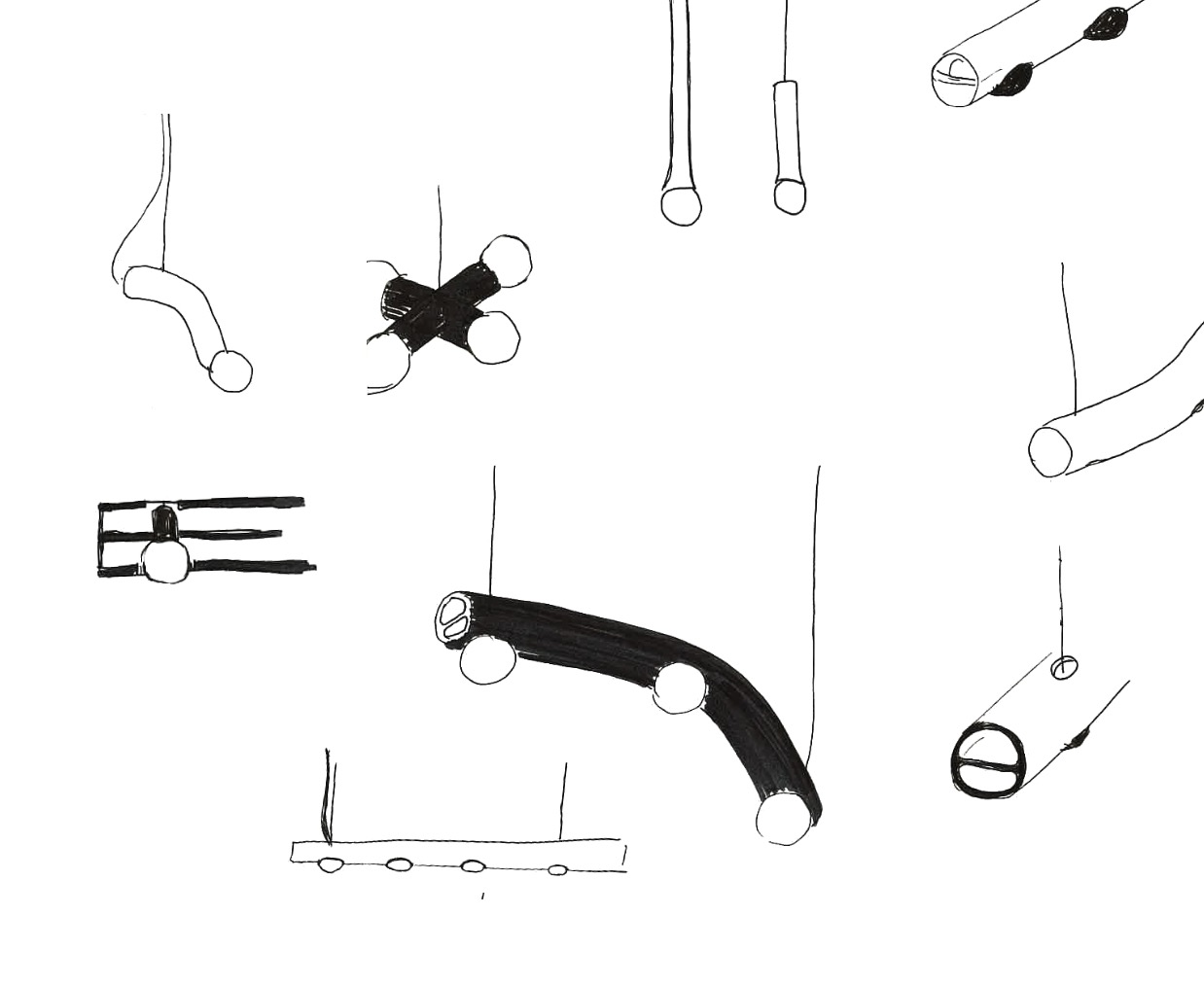Home
Brand Story
The Mino region of Gifu prefecture is home to one of the oldest and largest ceramics industries in Japan. The region is defined by its wide range of manufacturing, which includes traditional Mino ware, common tableware and fine ceramic products, such as tiles, for use in architecture and infrastructure projects. Essential to the industry’s development has been the quality of the soil found in Mino.Mino Soil is a brand that uses design to convey the beauty and potential of the region’s soil. Made by local people using local soil, the brand’s interior accessories address the needs of residential, commercial and public spaces. Each product contains a timeless beauty and appeal, connecting Mino’s craftspeople with the world and raising awareness of soil. In order to achieve this, the brand works with unique designers who truly recognise the preciousness of resources, pursuing a fresh approach to manufacturing. Environmental issues are also being addressed through initiatives such as the development of technology for recycling materials. The aim is to connect soil, blessed by the earth, with a sustainable way of life.
Passed down through generations, Mino’s techniques and the gifts of nature can play an important role in the pursuit of innovation. Commencing in 2021, Mino Soil will present the results of its endeavours across three exhibitions.
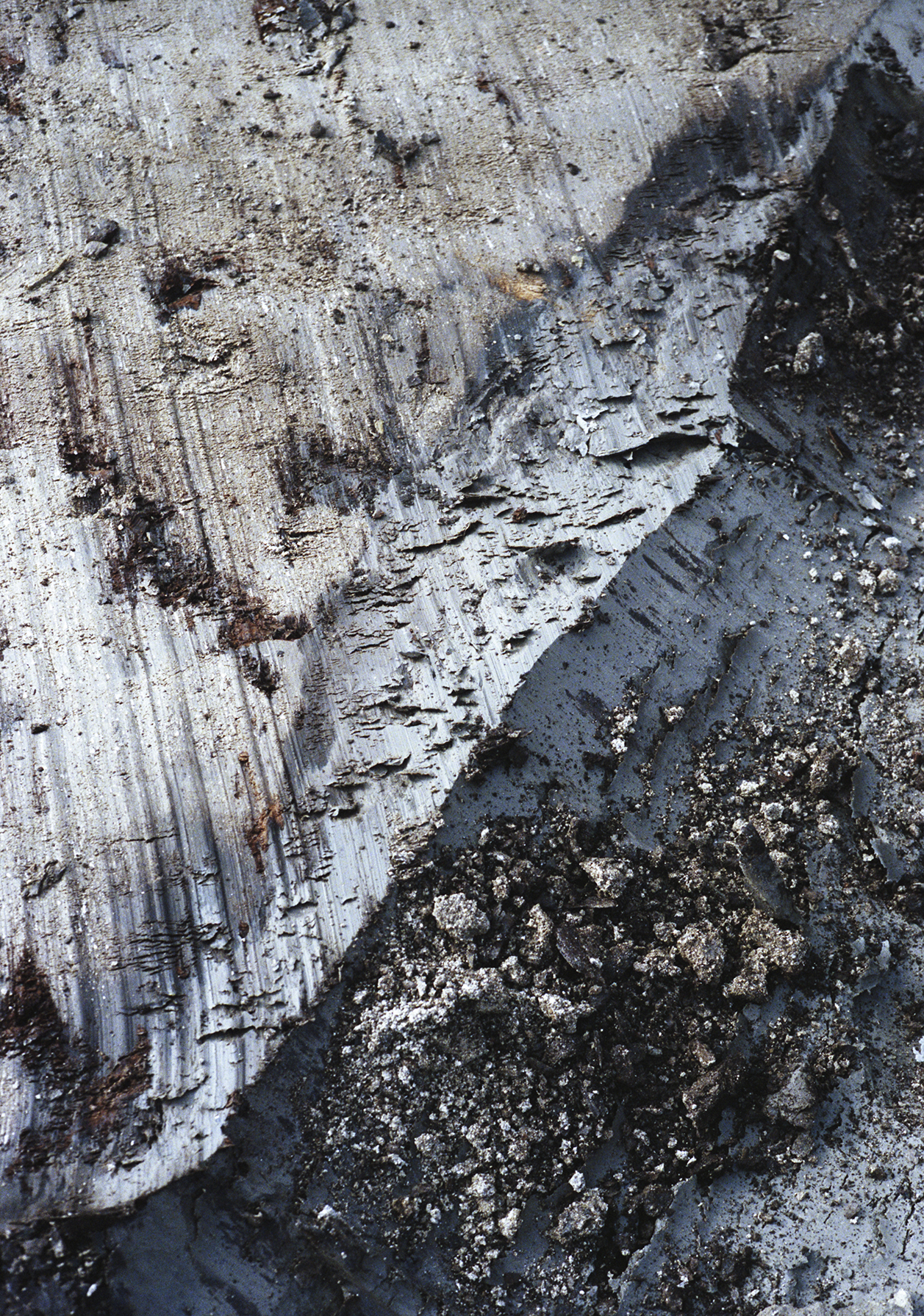
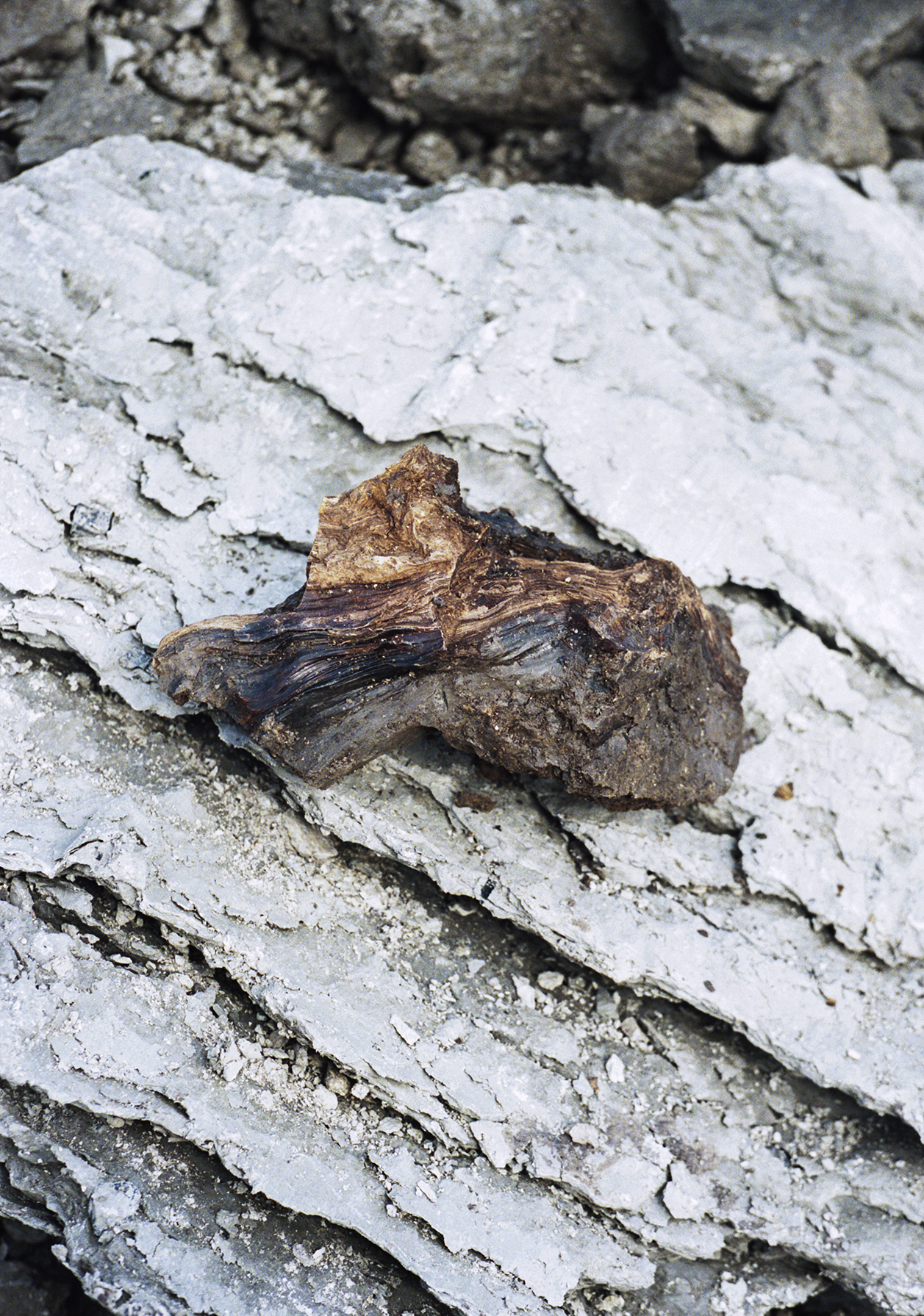
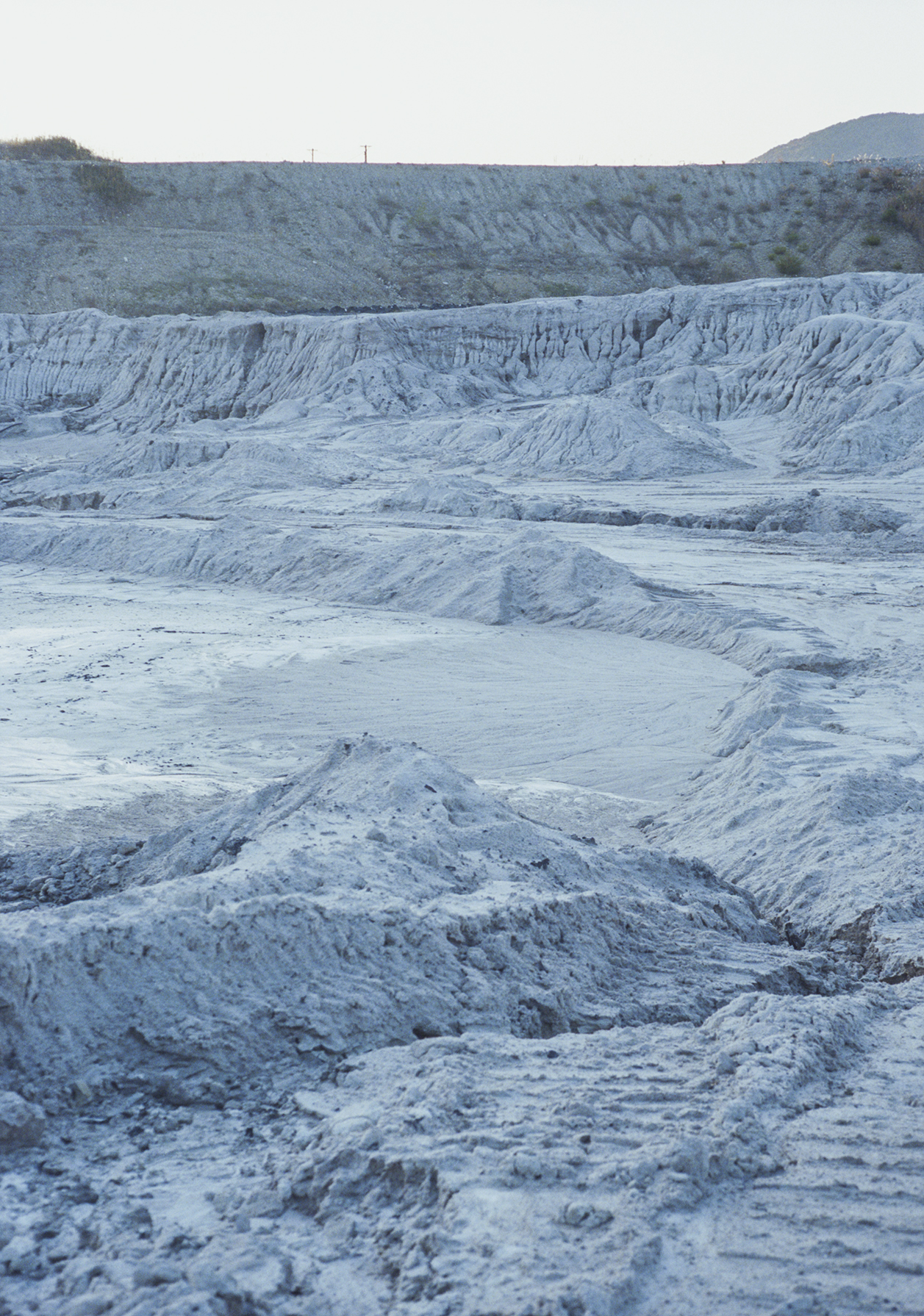
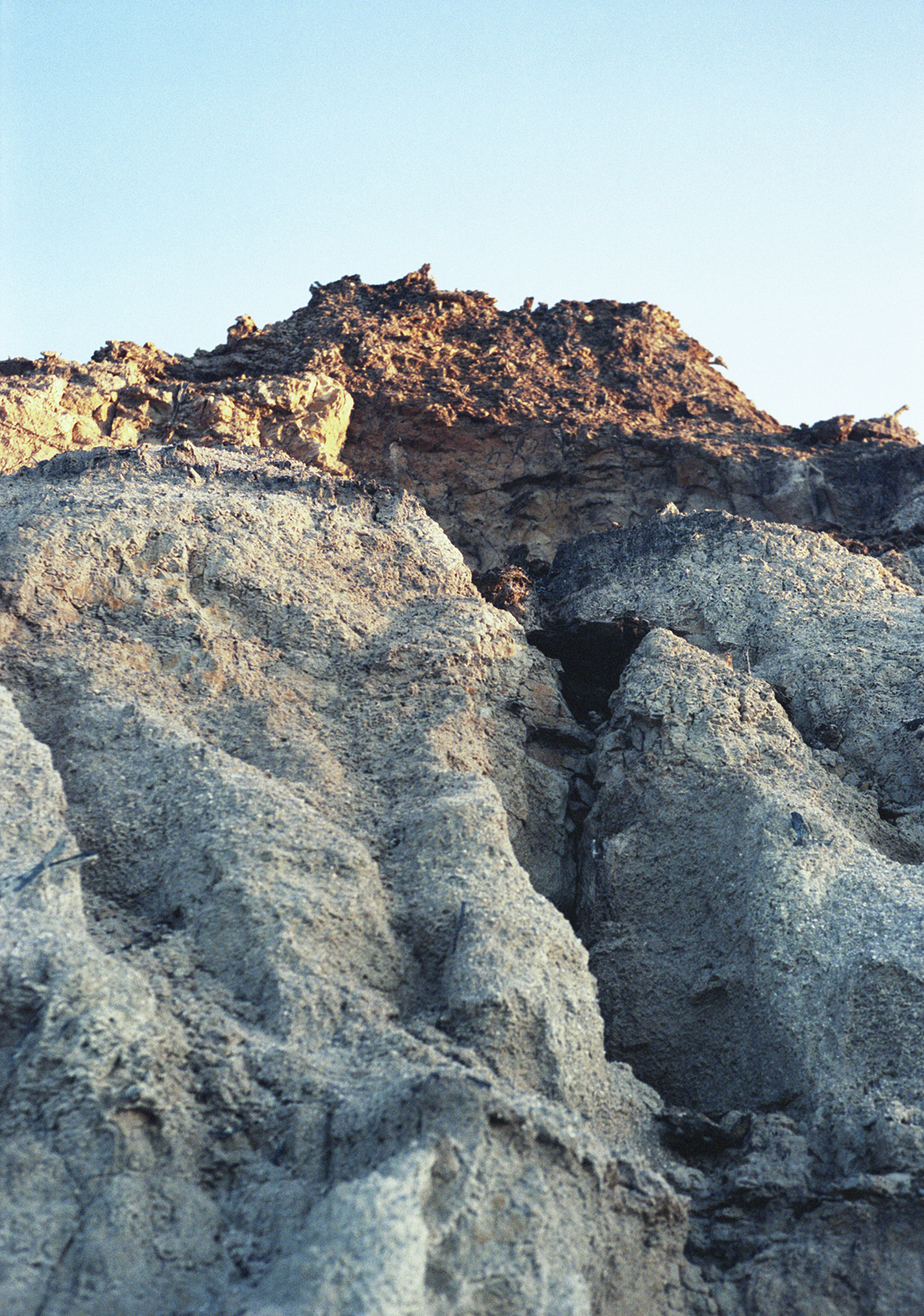

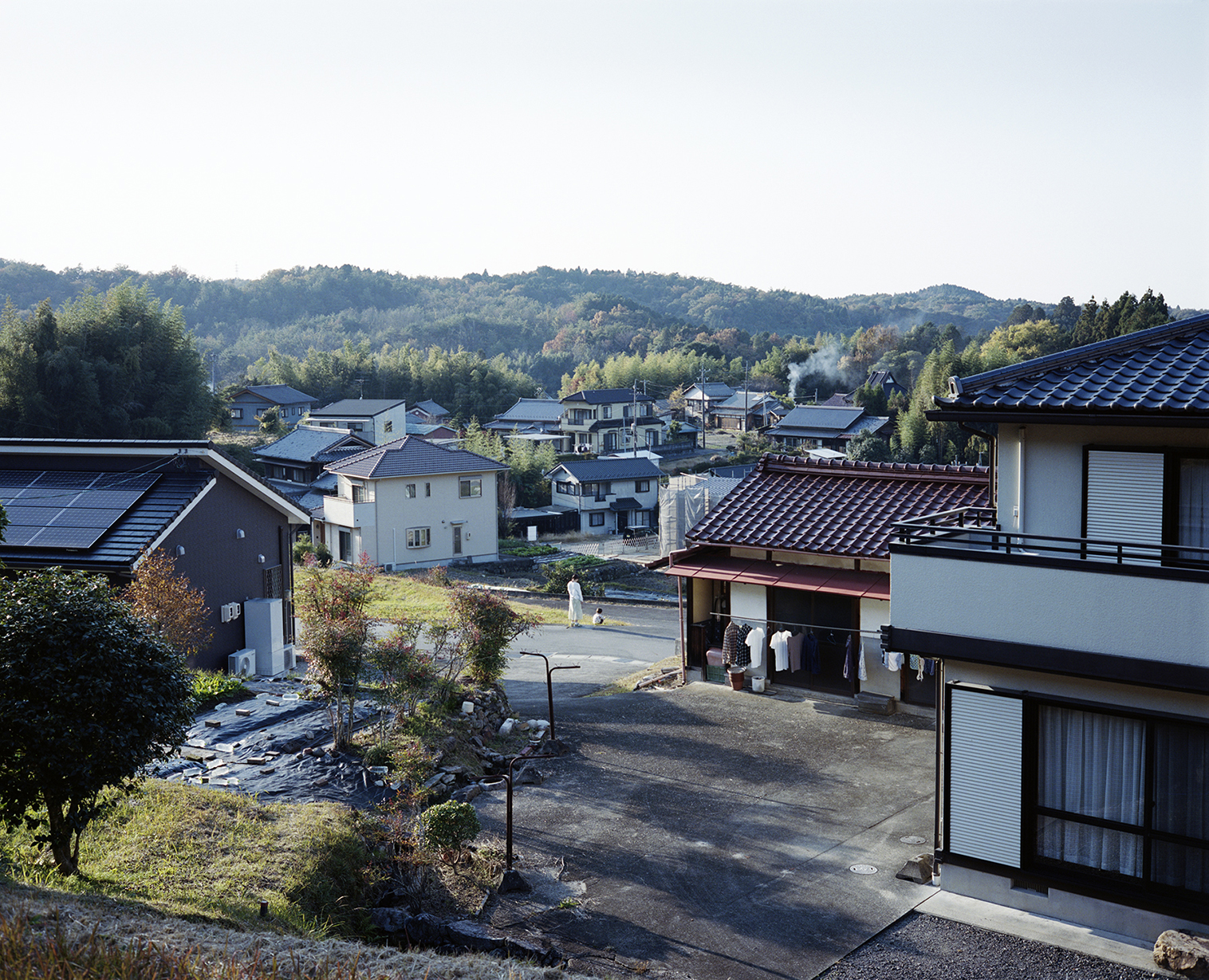
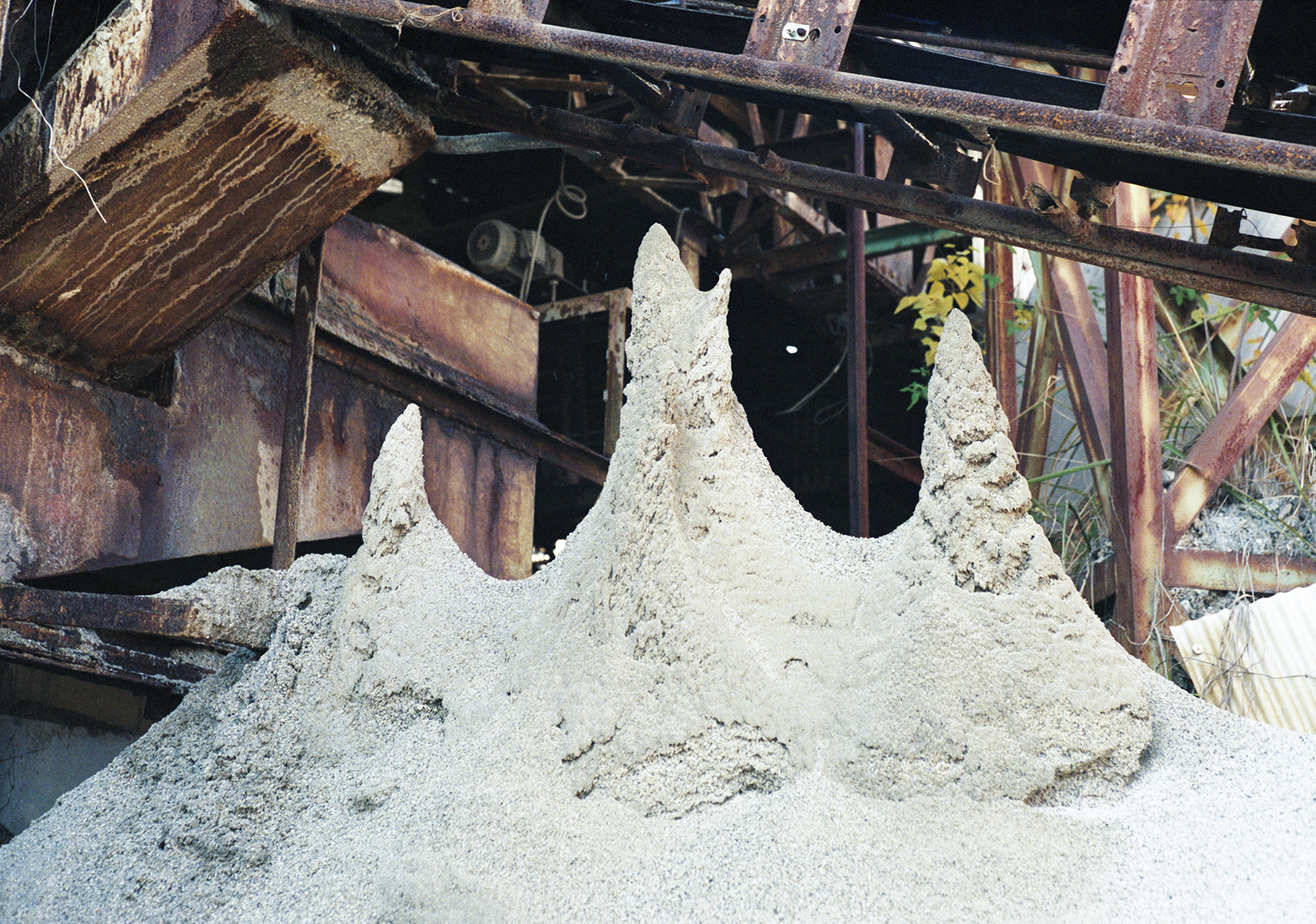
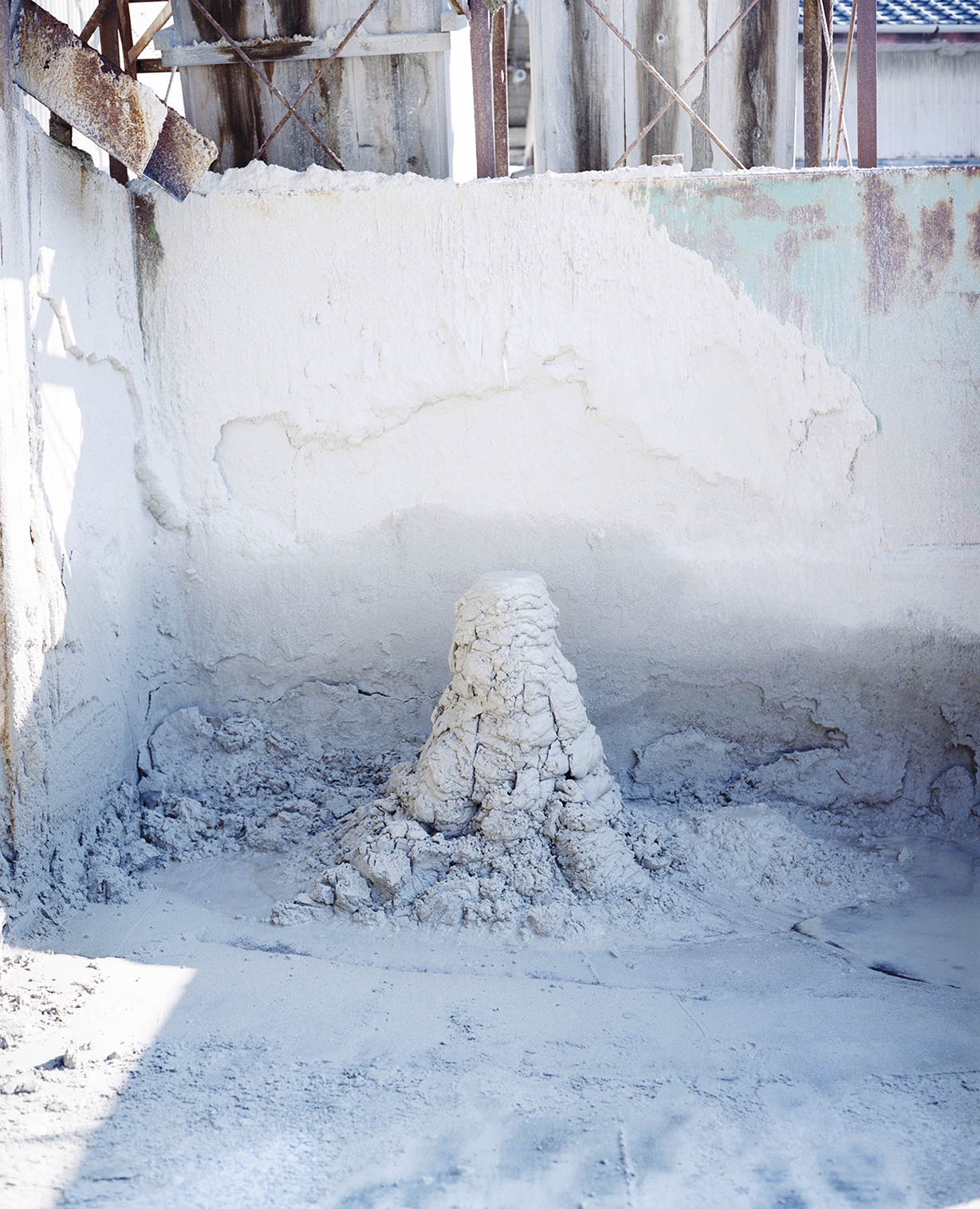

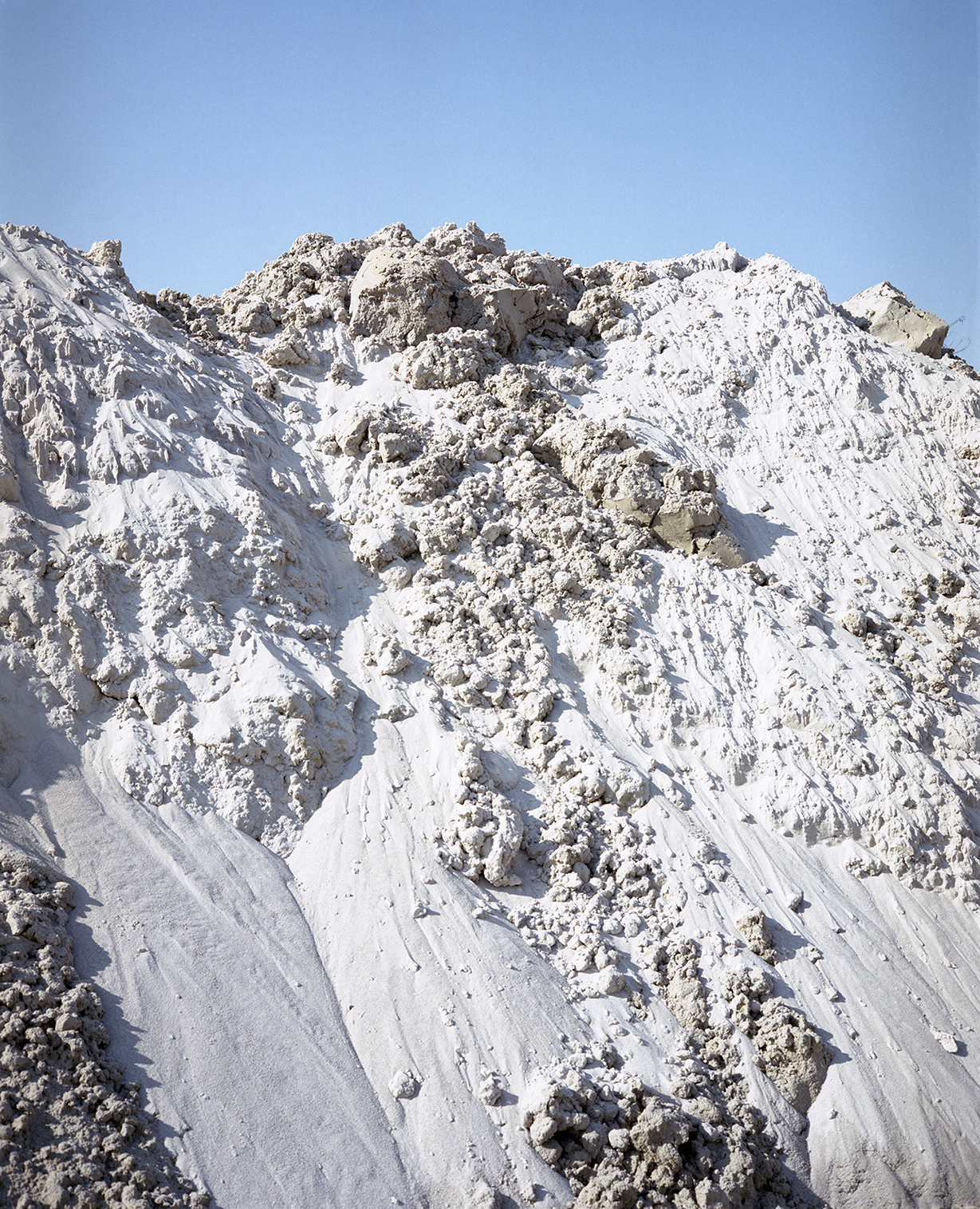
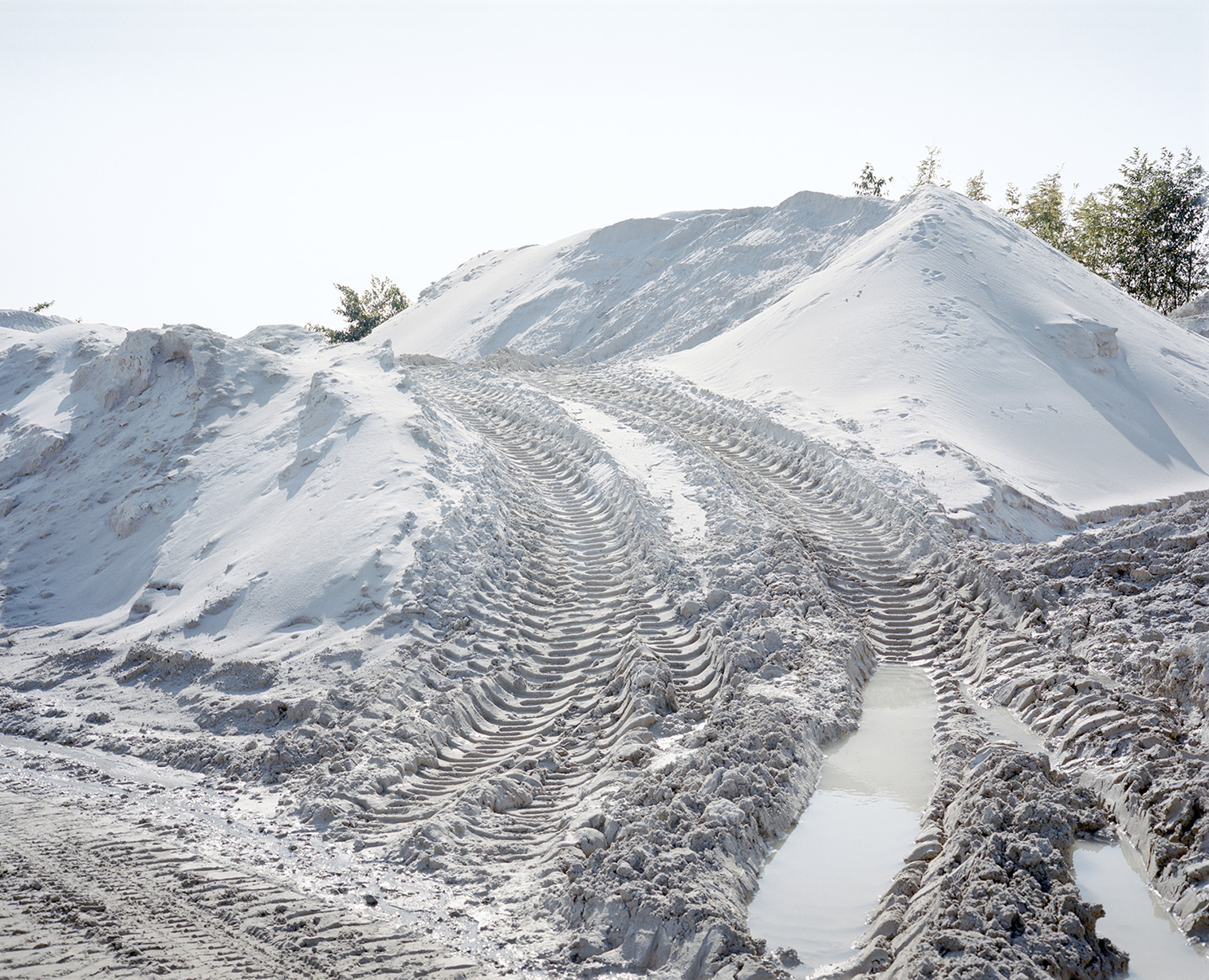
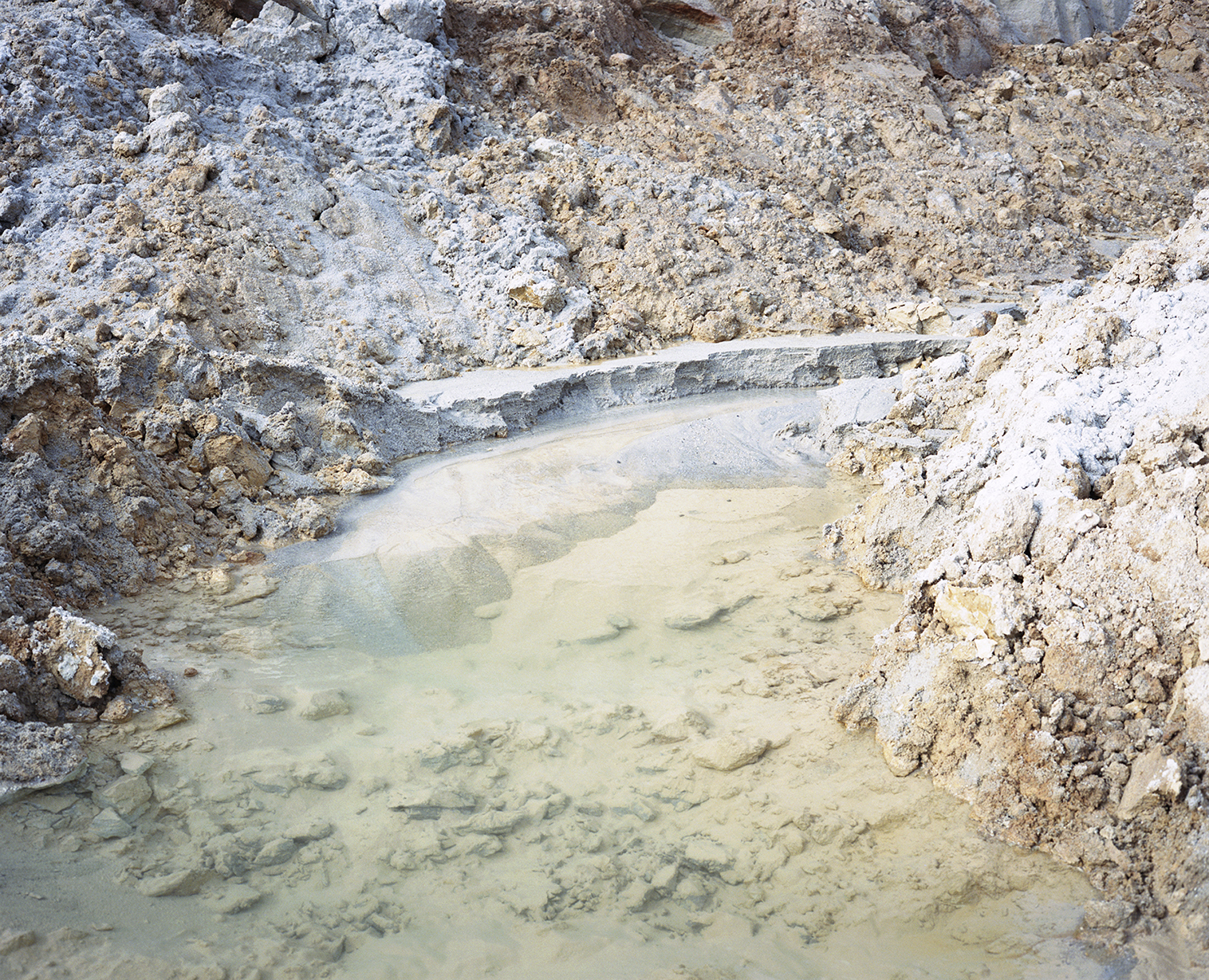
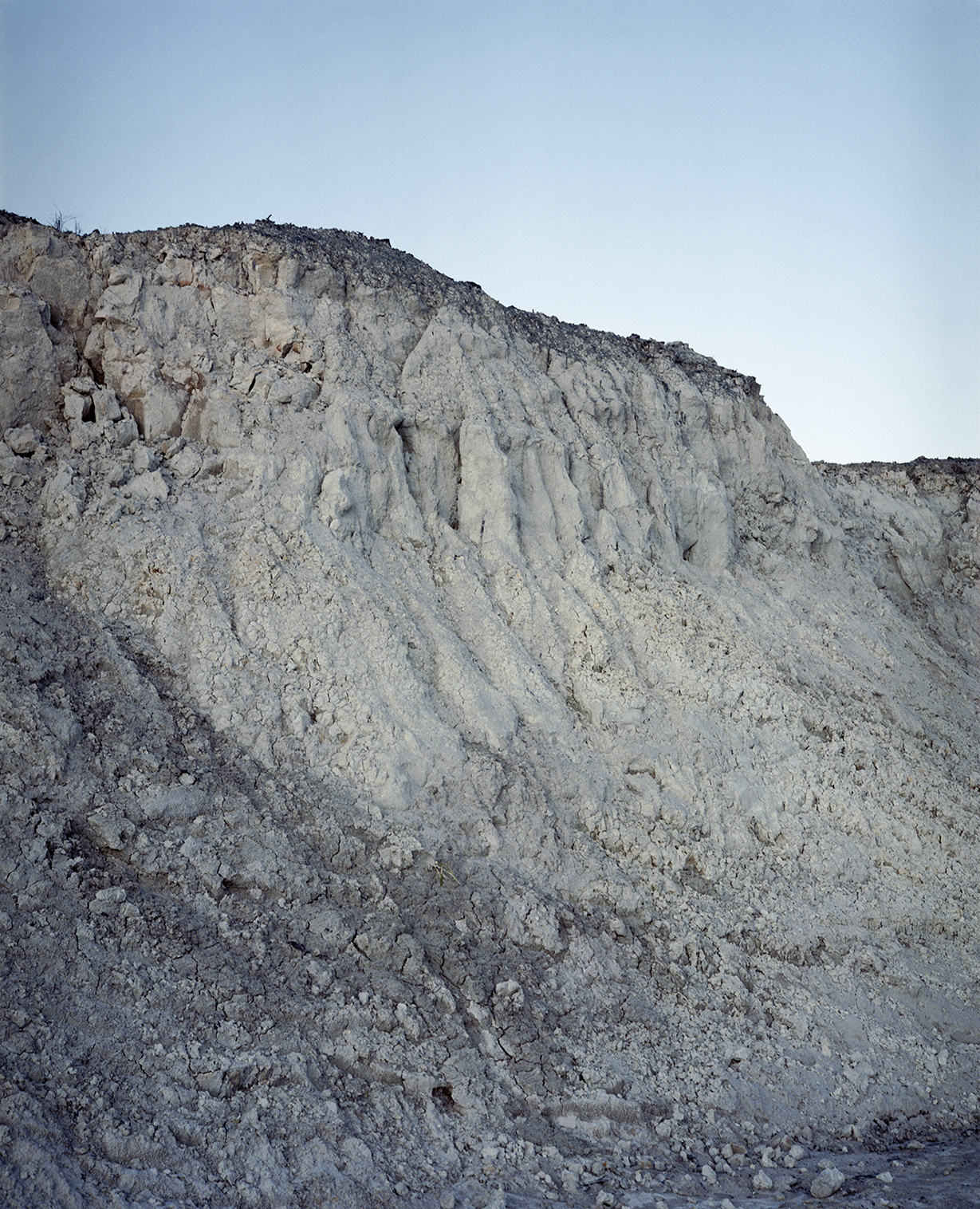

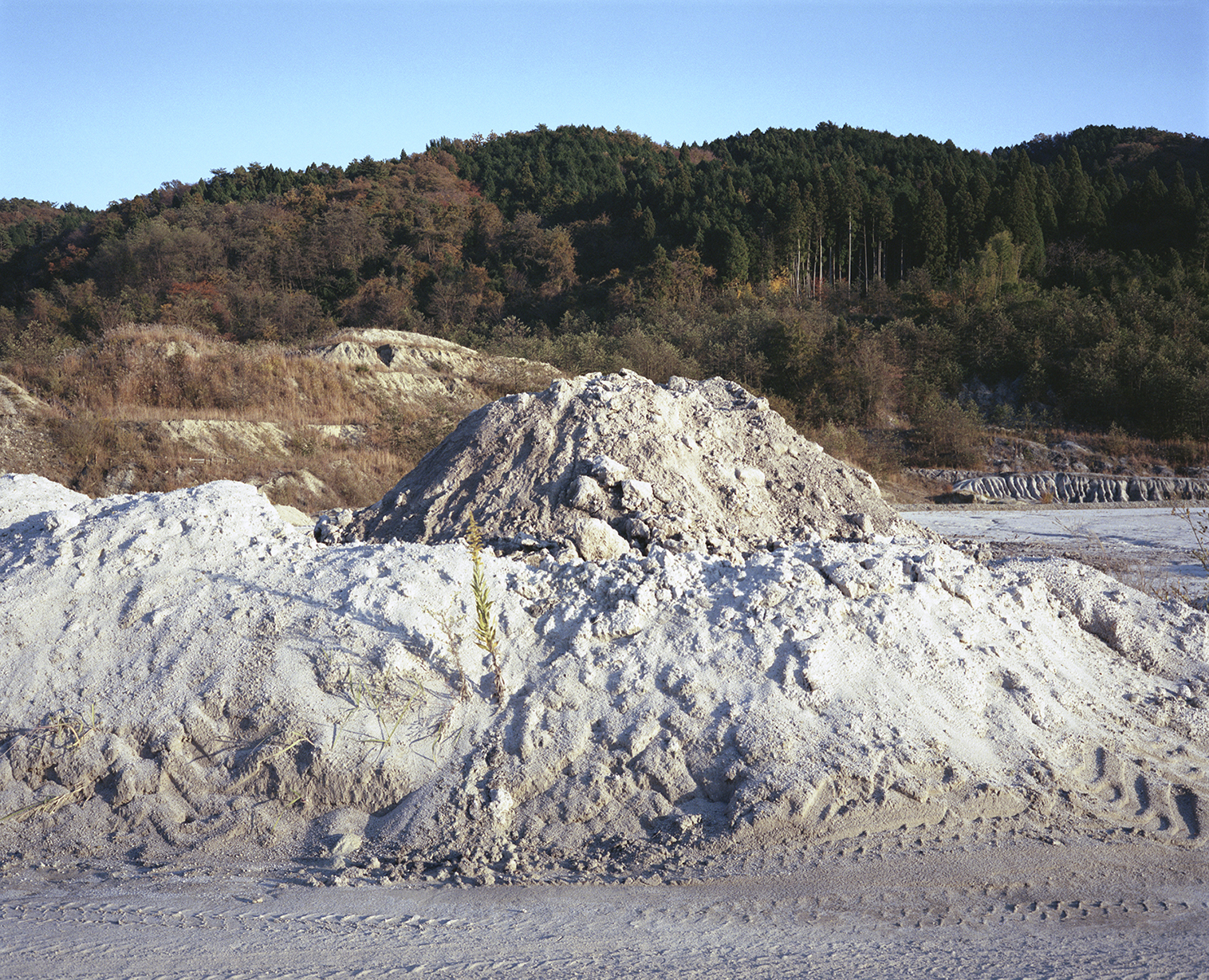
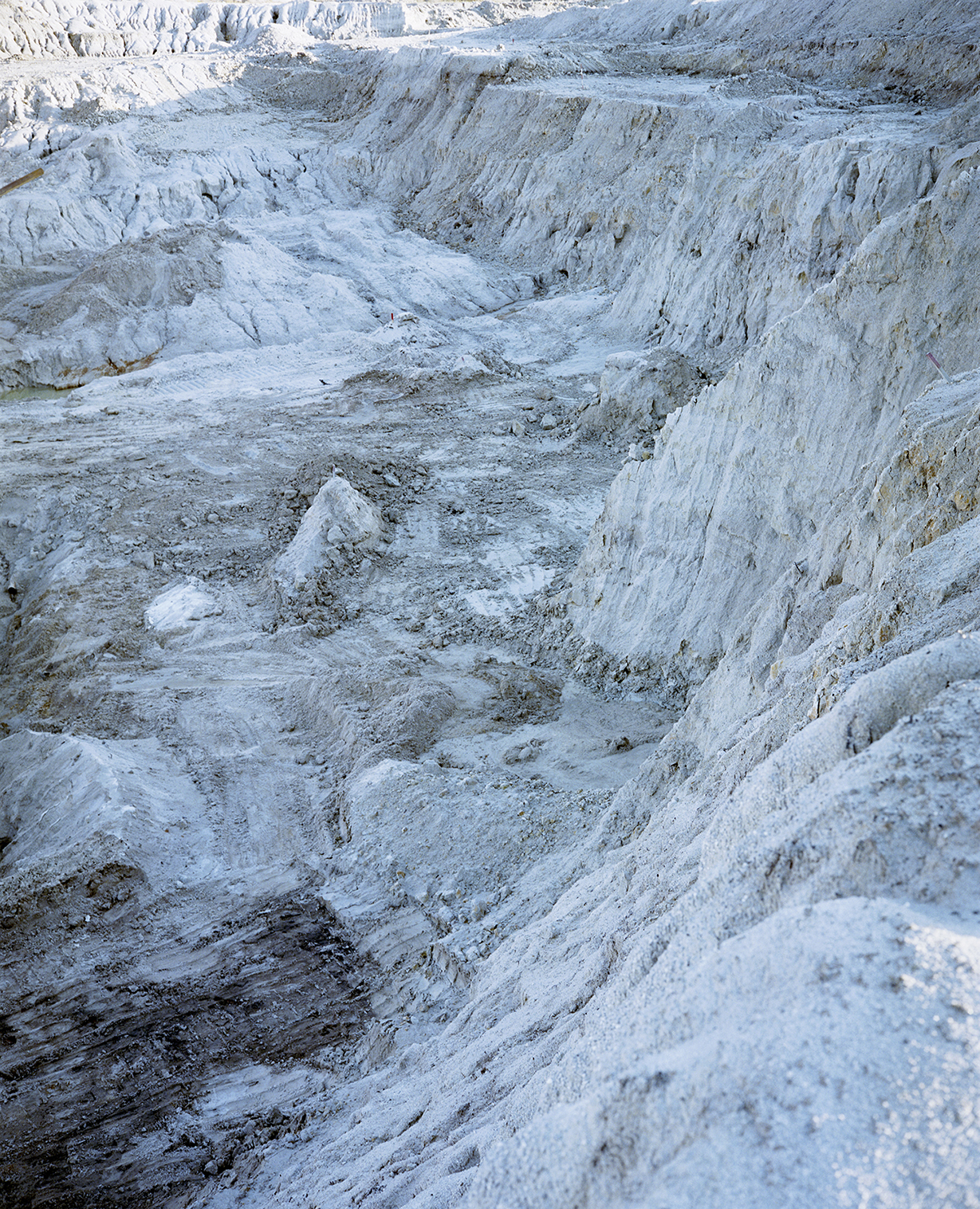
1 Material
Around two to five million years ago, the Mino region lay at the bottom of the expansive Tokai Lake. As the surrounding landscape was weathered away, particles of granite and other materials flowed into the lake and settled in the clay. Over a long period of time, the clay layer formed at the bottom of the lake, accumulating in depth and gradually maturing. As the land rose, the rich, diverse soil (clay) came to the surface and along with the natural environment, blessed with forests and water, laid the foundation for Mino’s manufacturing culture. In this region, clays are meticulously mixed based on an understanding of the optimal clay for a given application. Drawing out the potential of materials with ingenuity, the Mino region has built one of the world’s leading ceramic cultures, dating back some 1300 years.
The Mino Soil project begins with the material clay, unearthed in the quarries of Mino. For this first chapter, we held the exhibition Vol.01 “Archaeology of Mino” in collaboration with Studio Mumbai in Tokyo, June 2021.
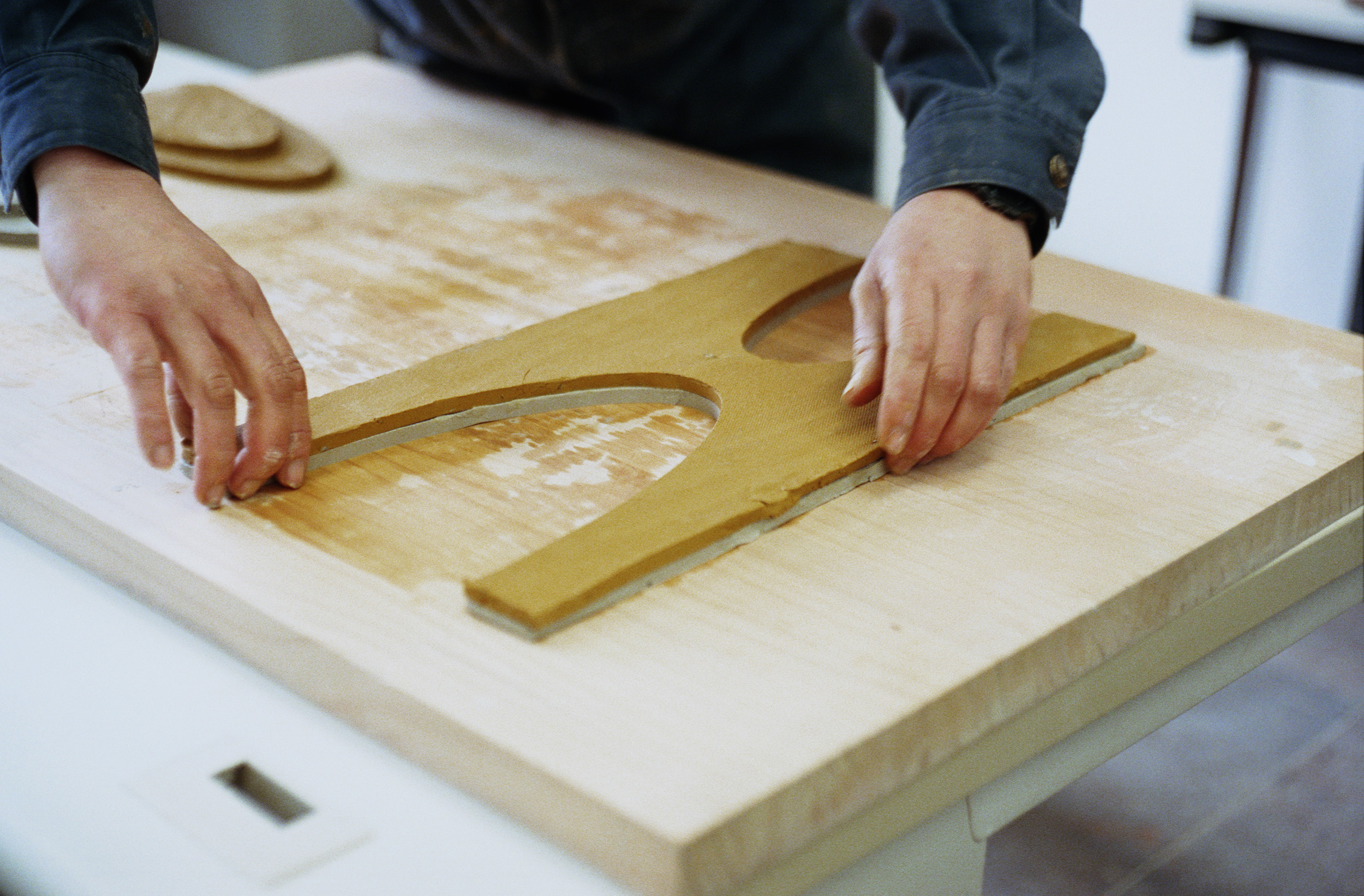
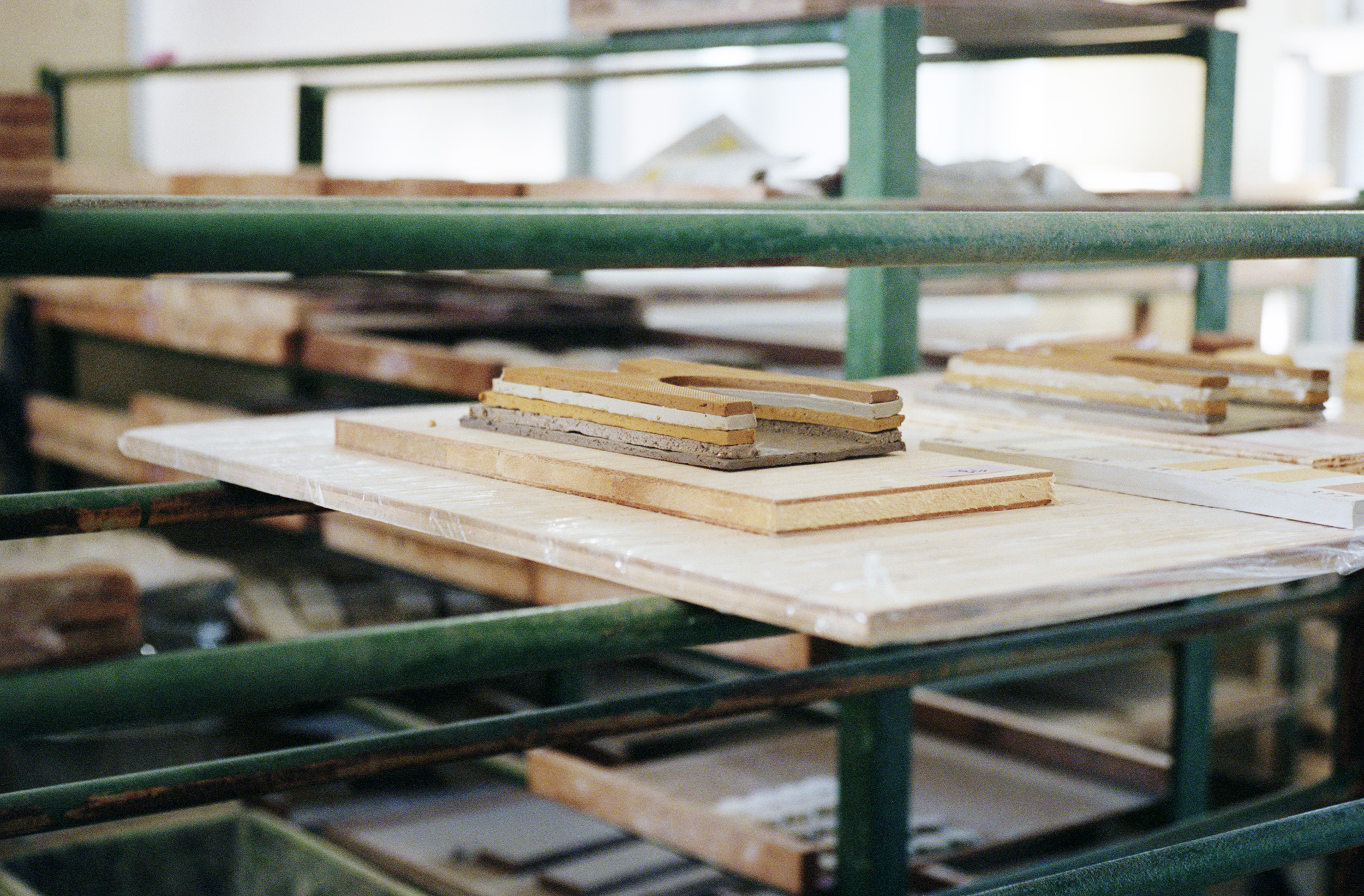
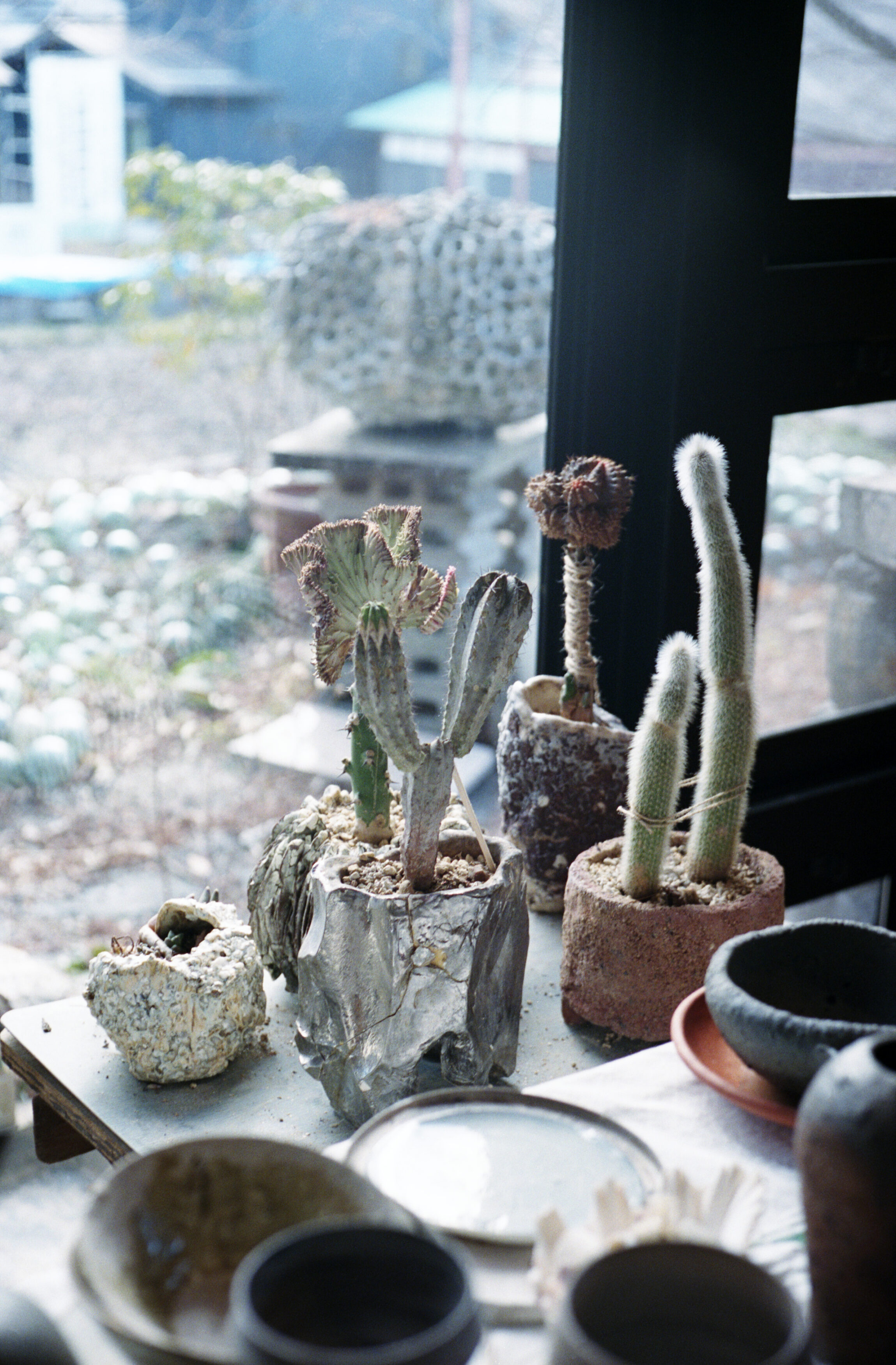
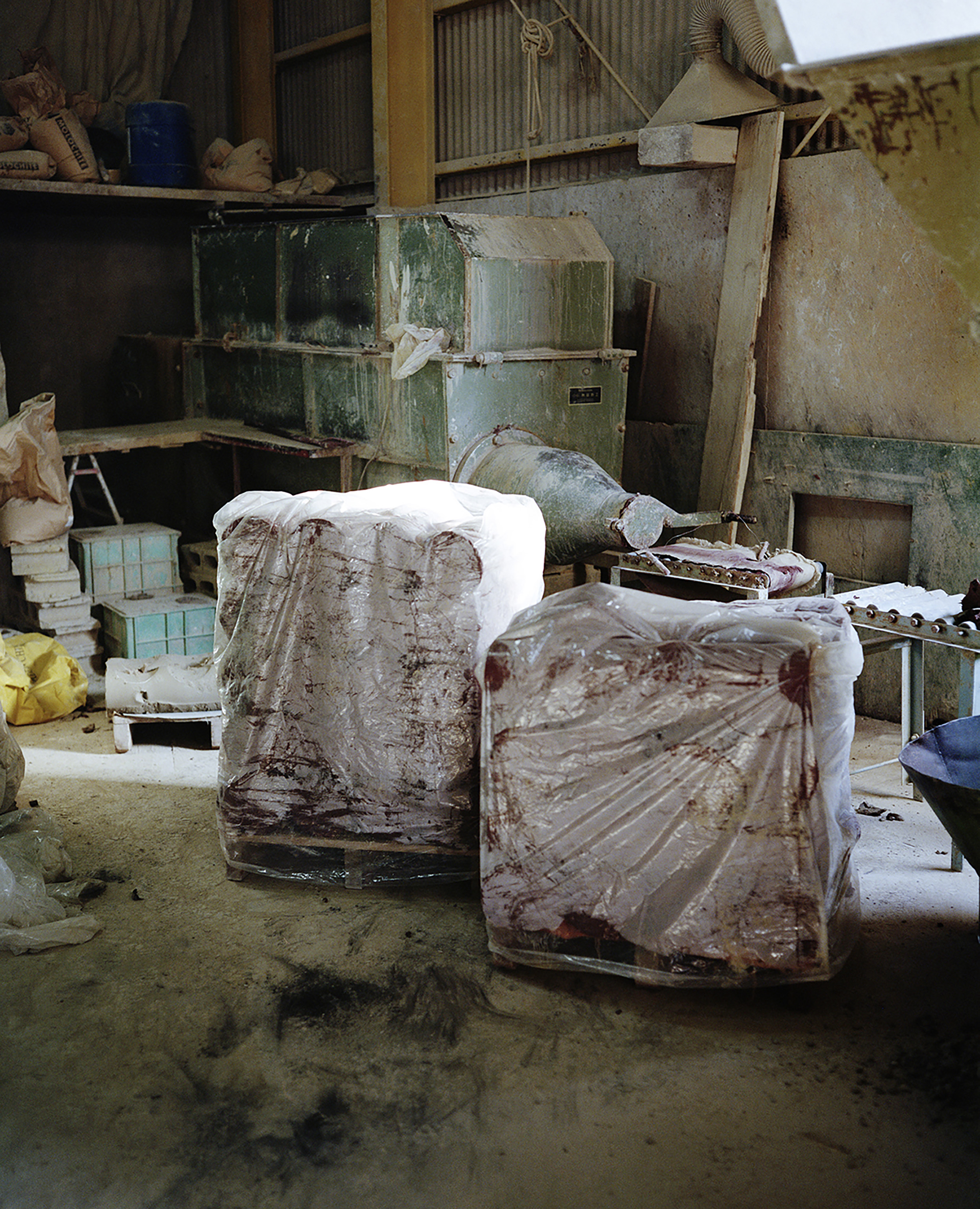
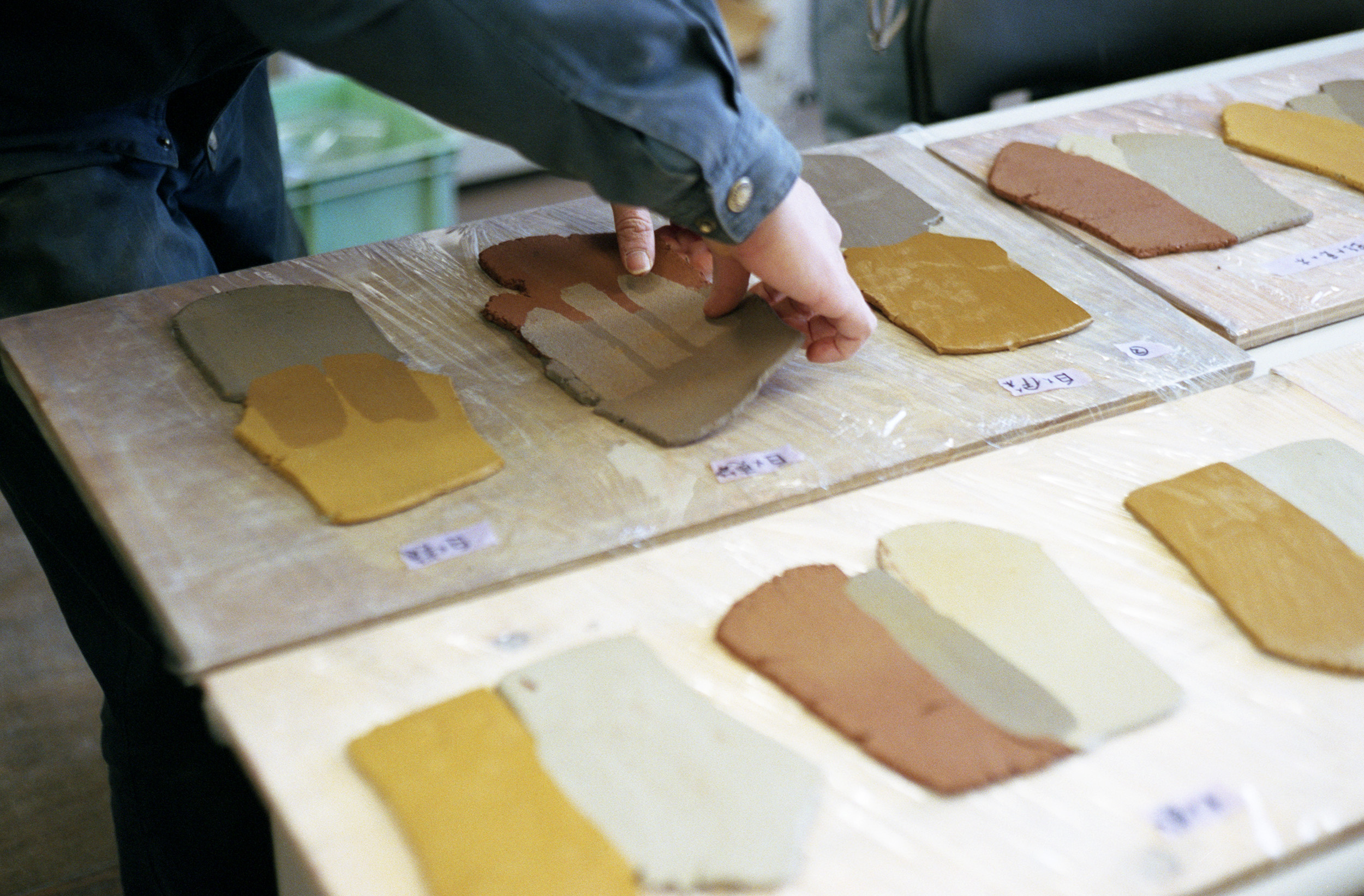
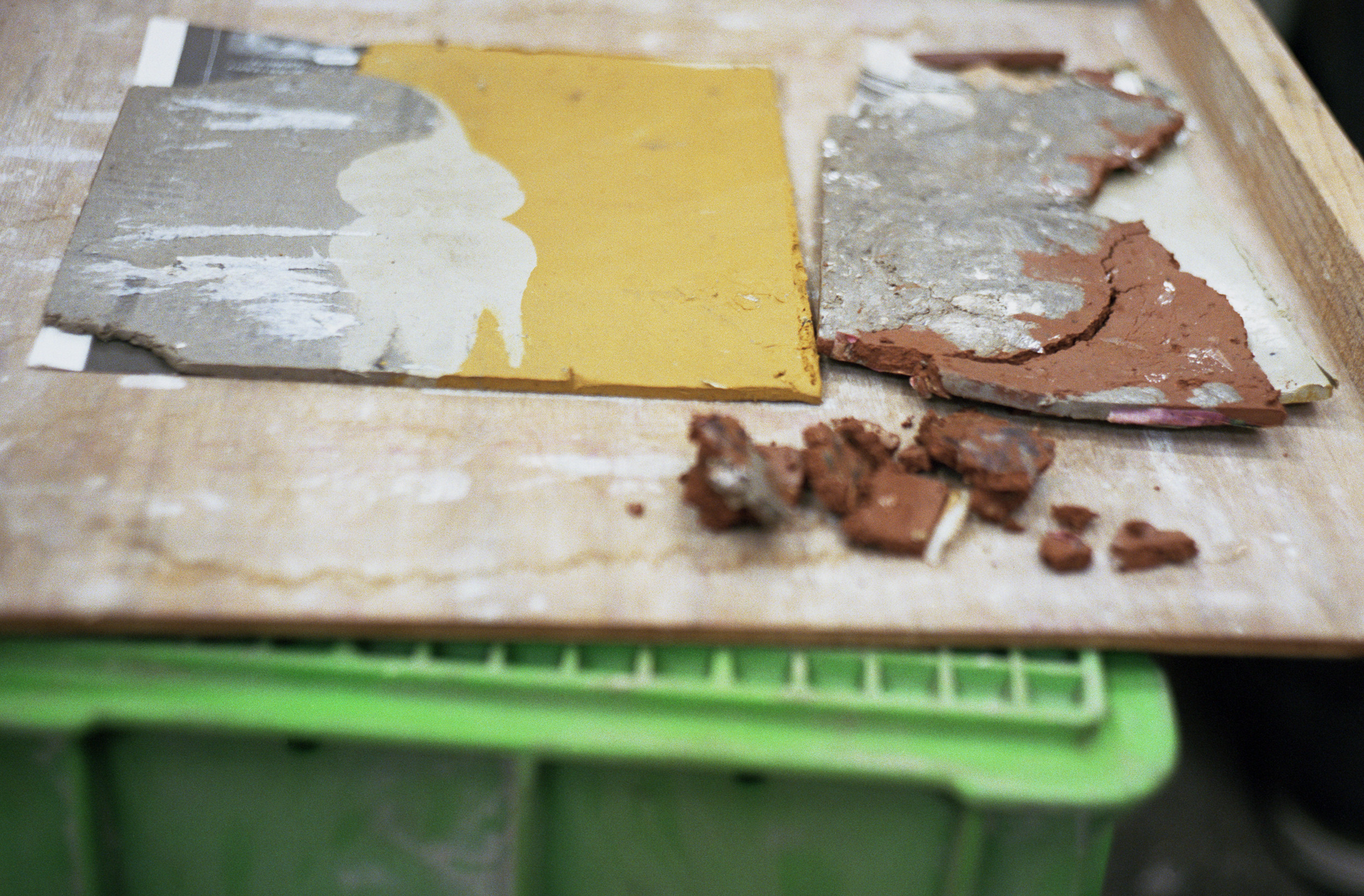


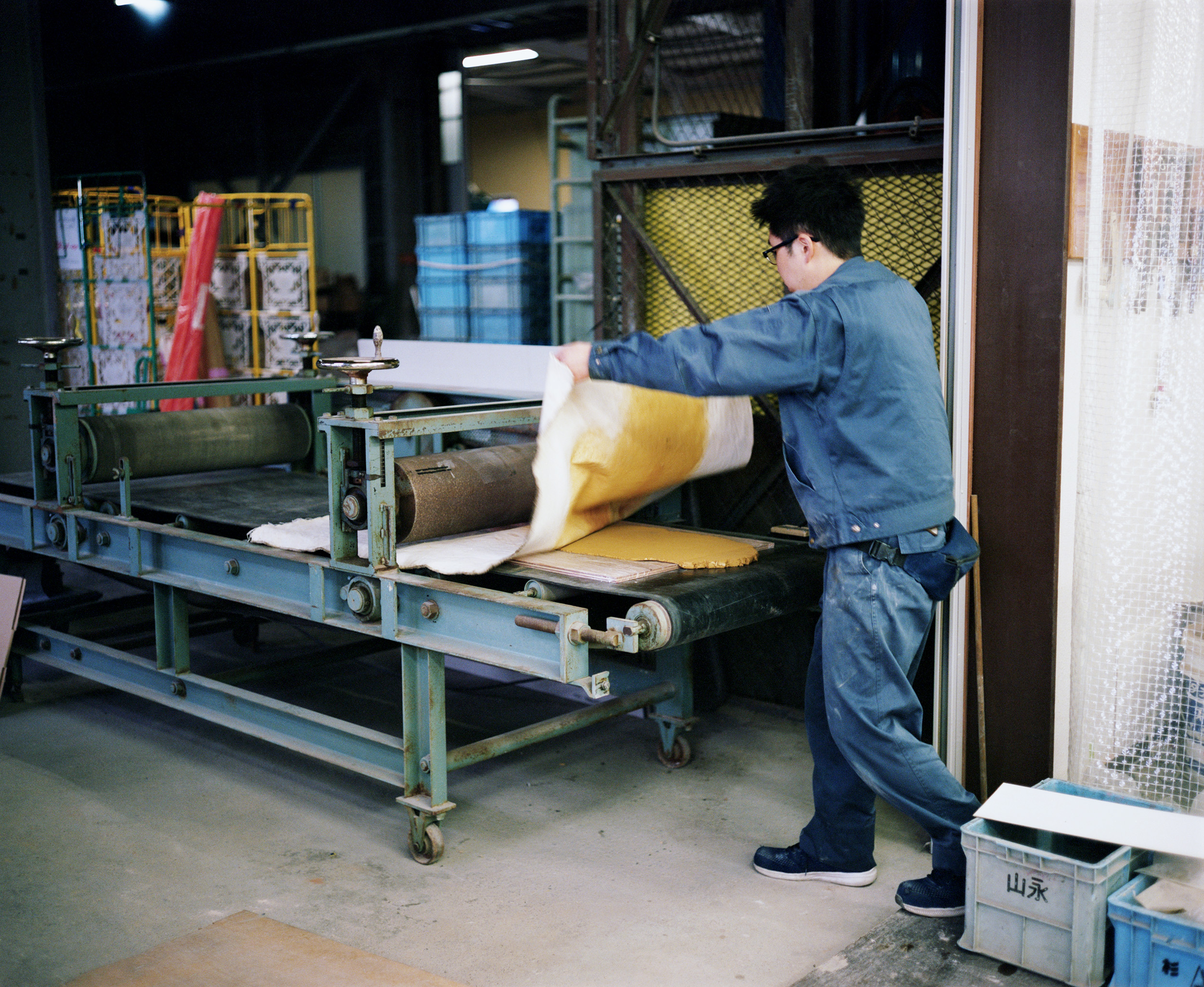
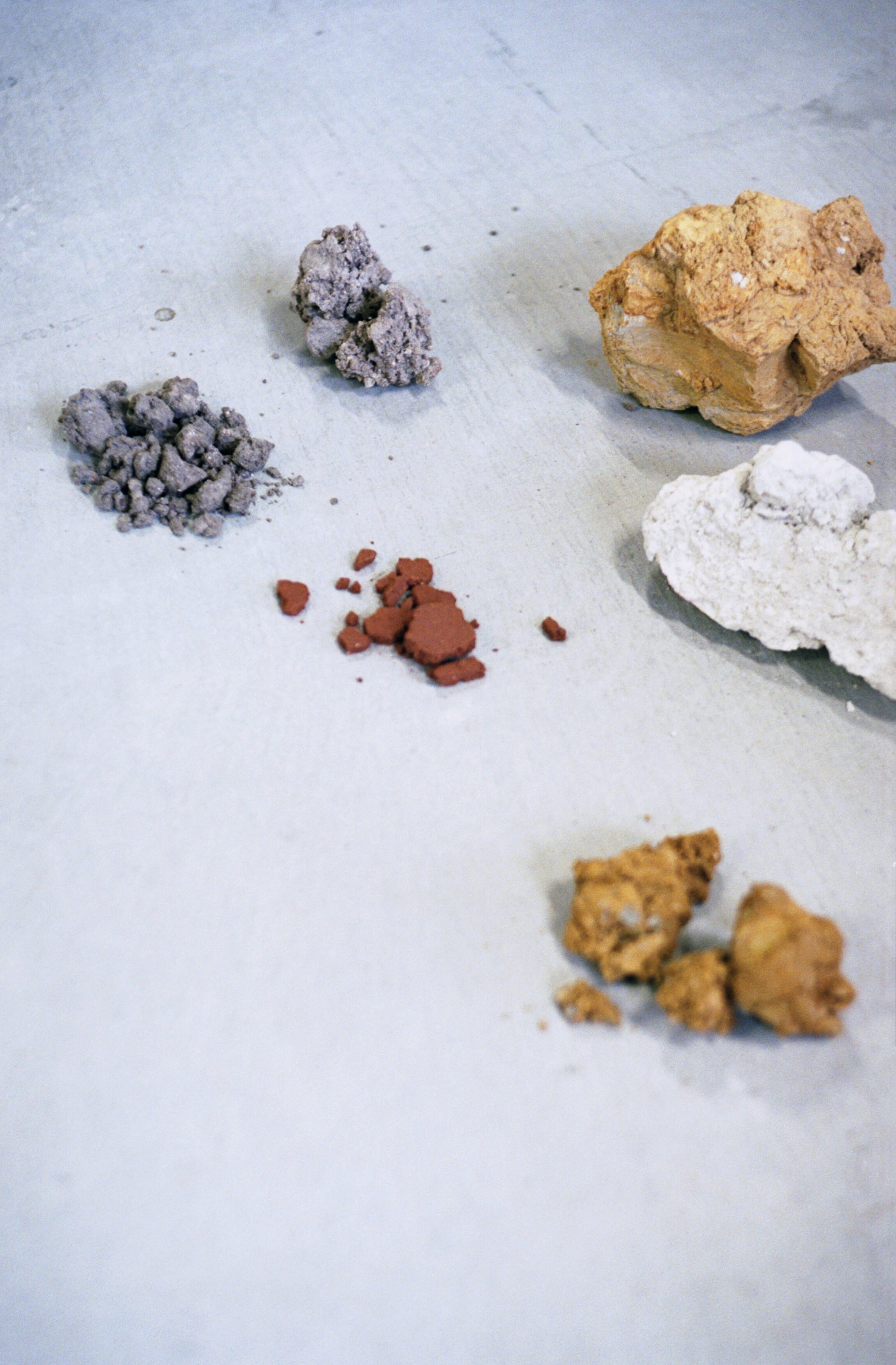
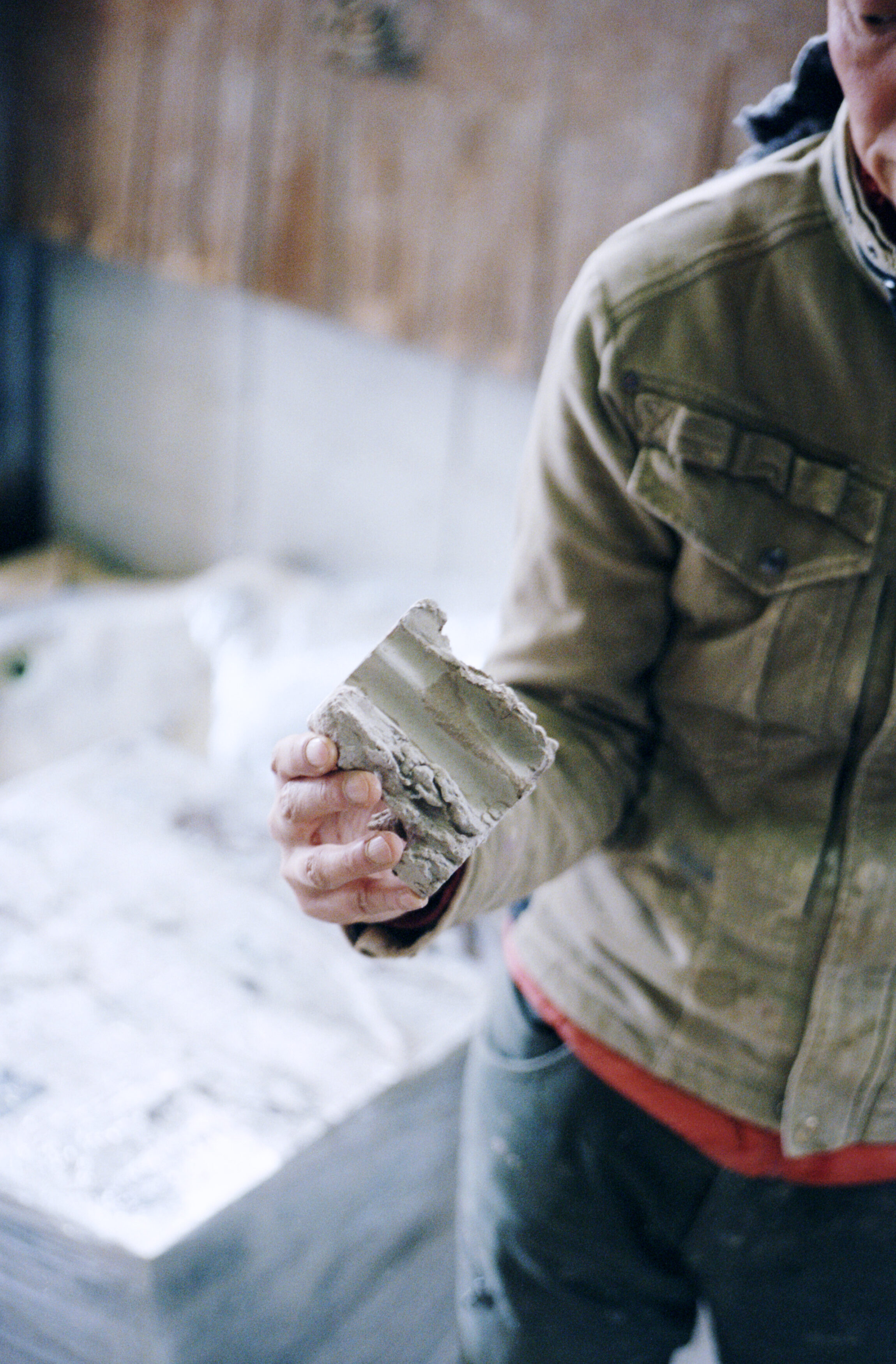

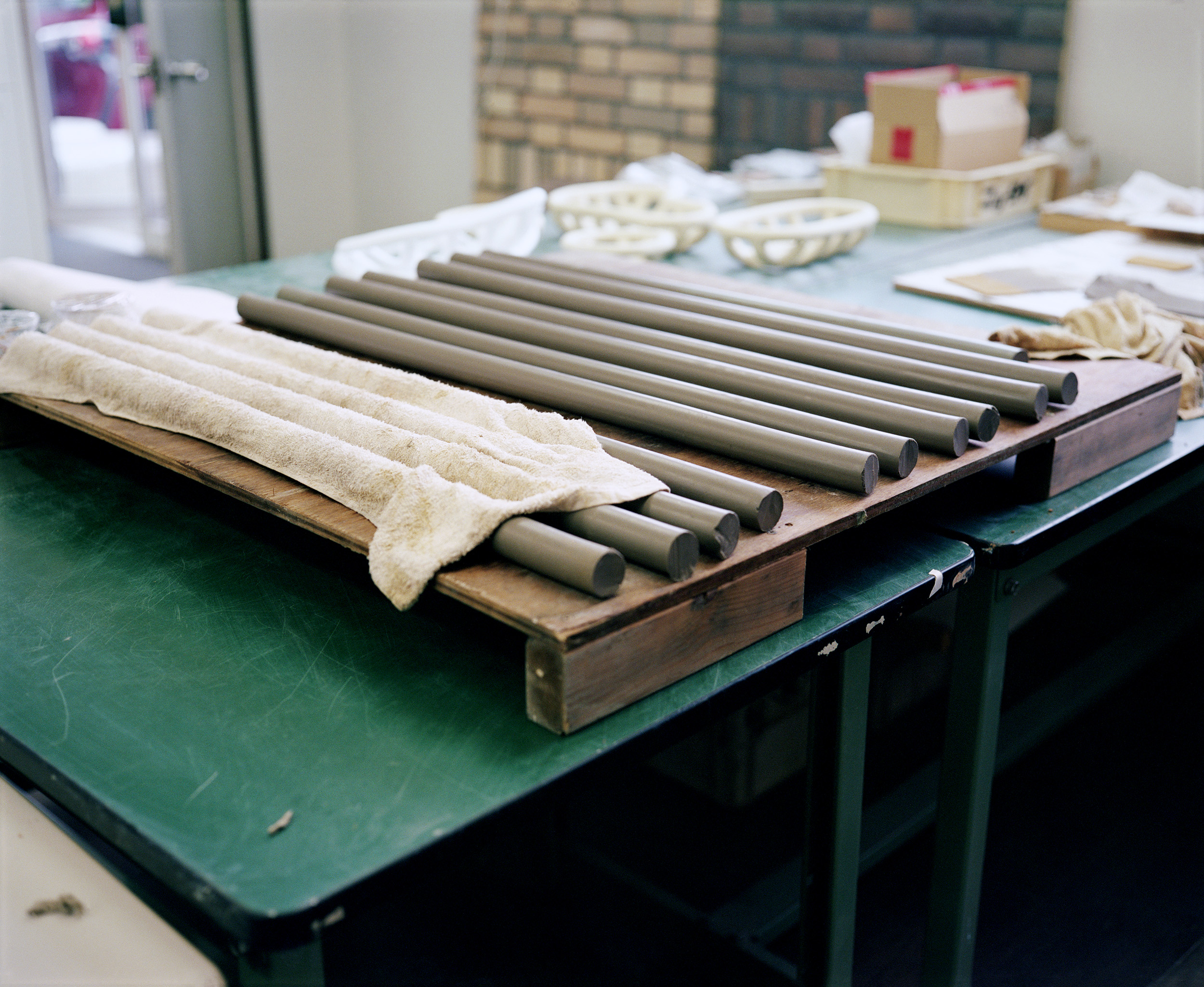
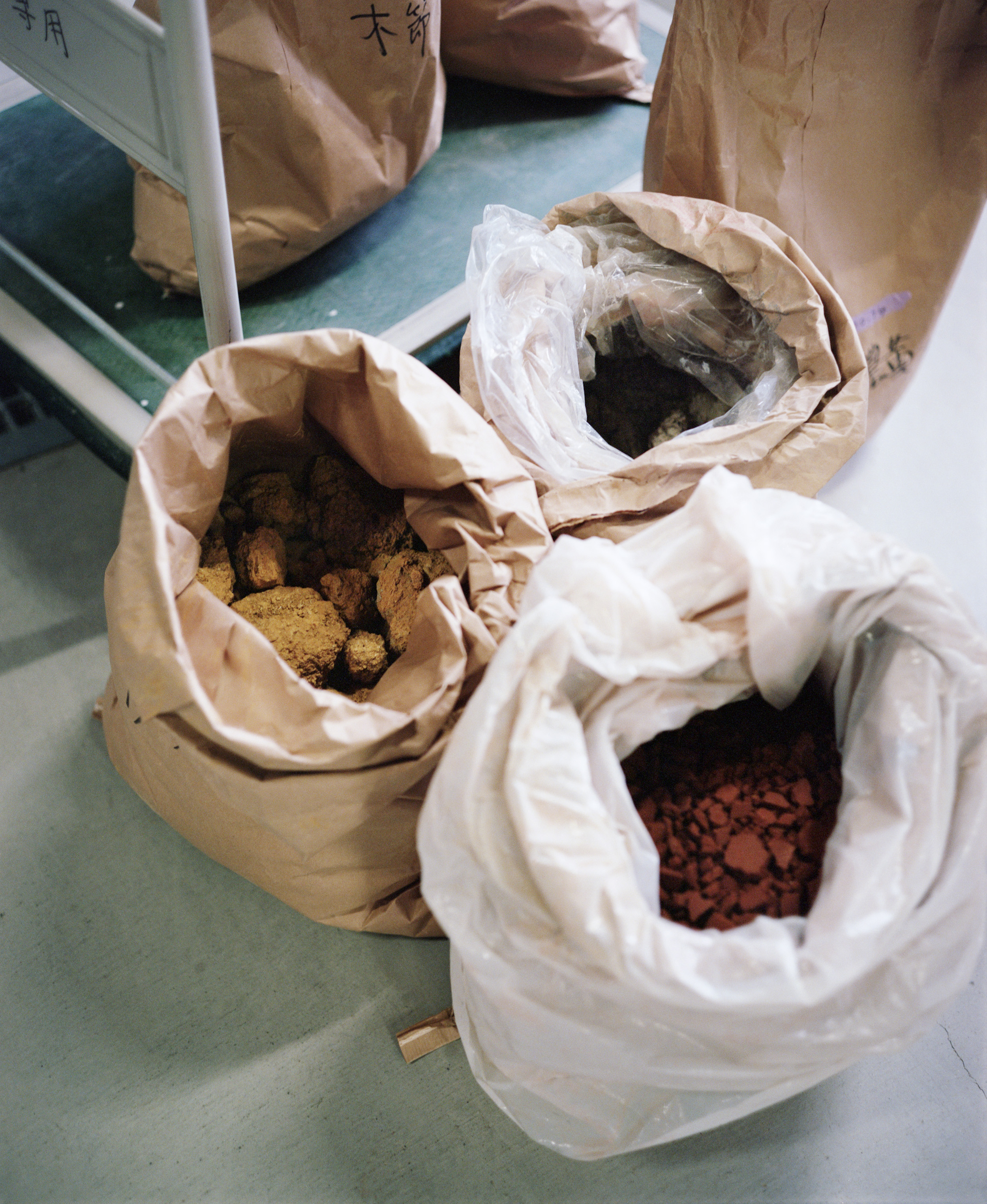
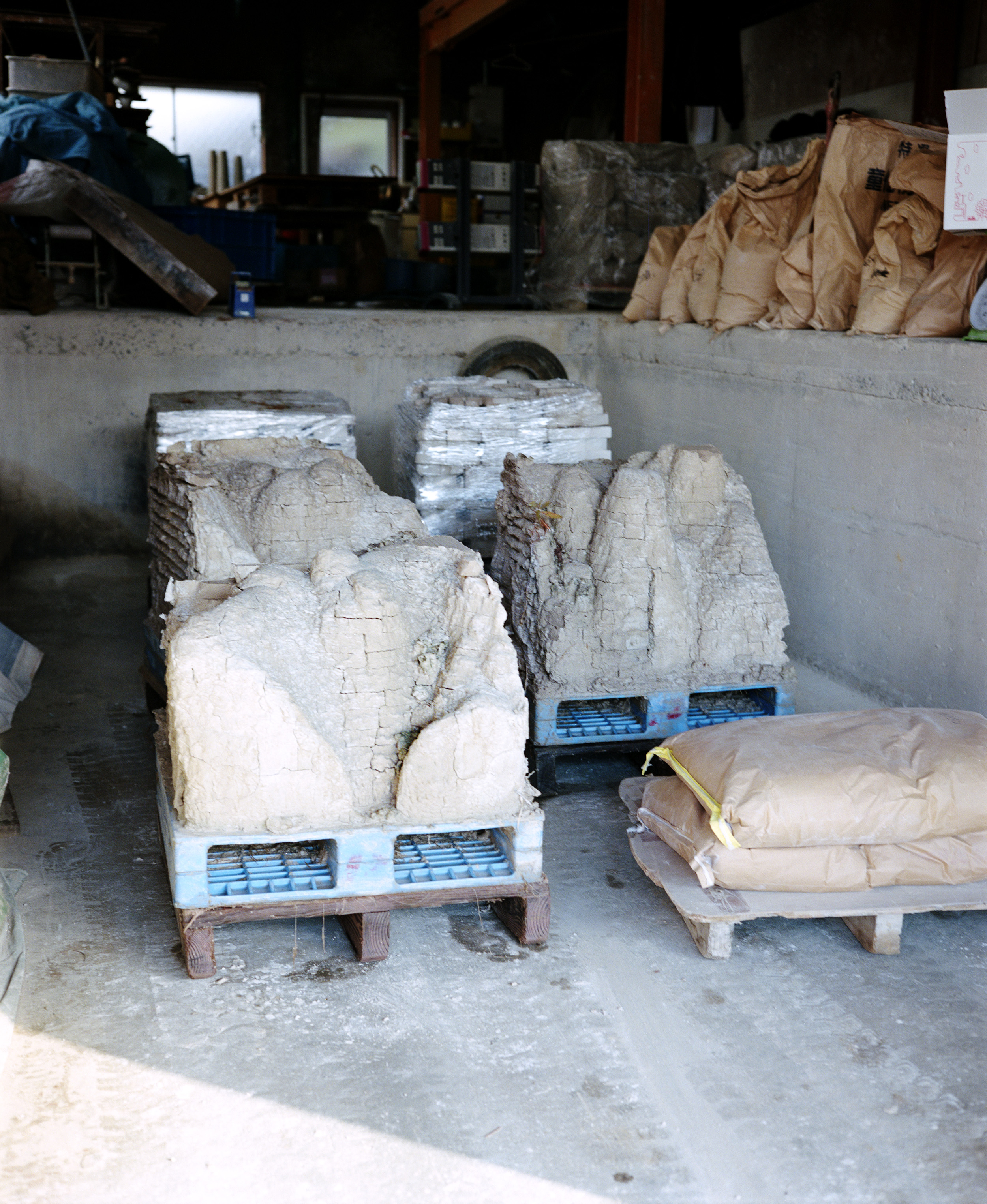
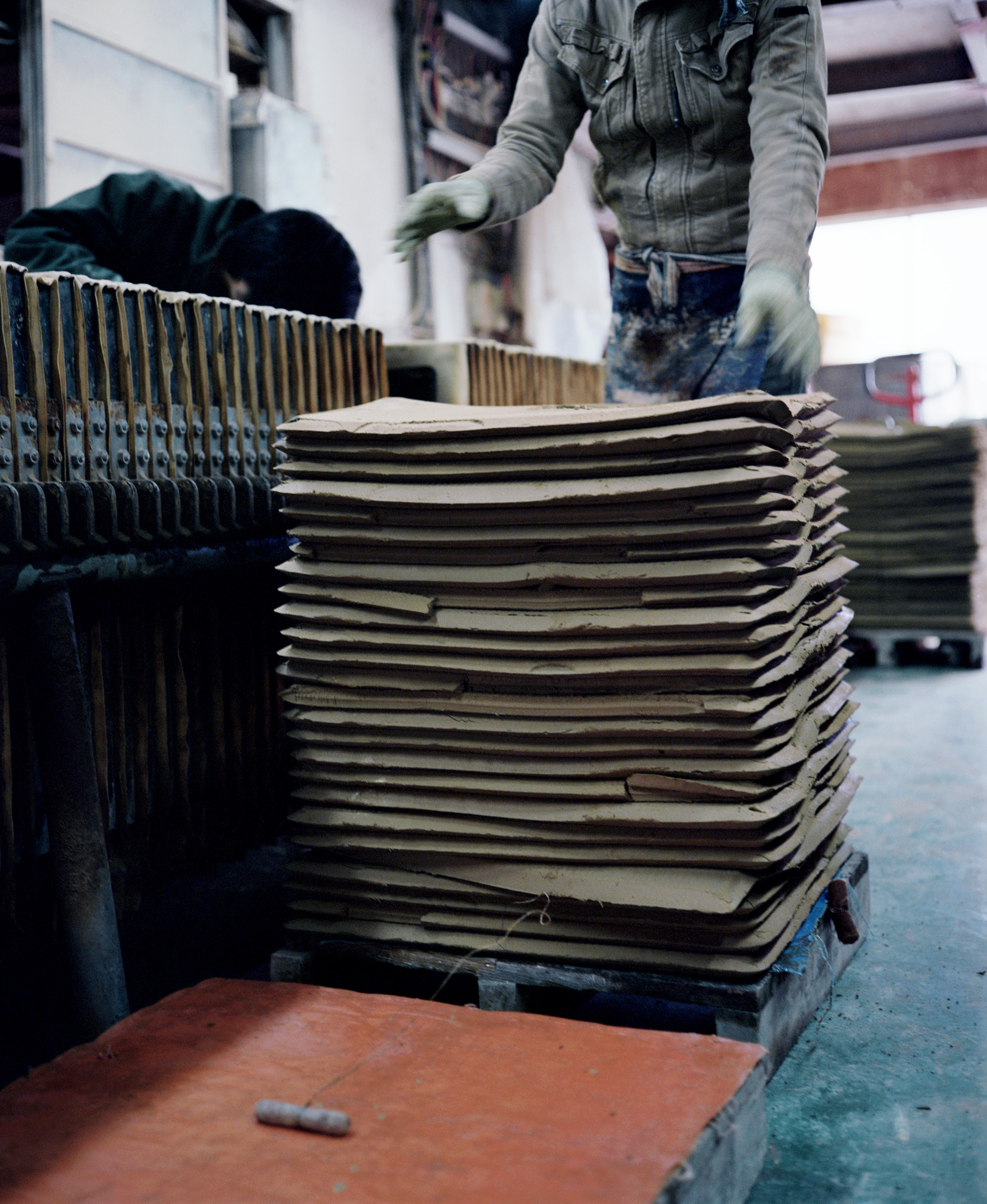
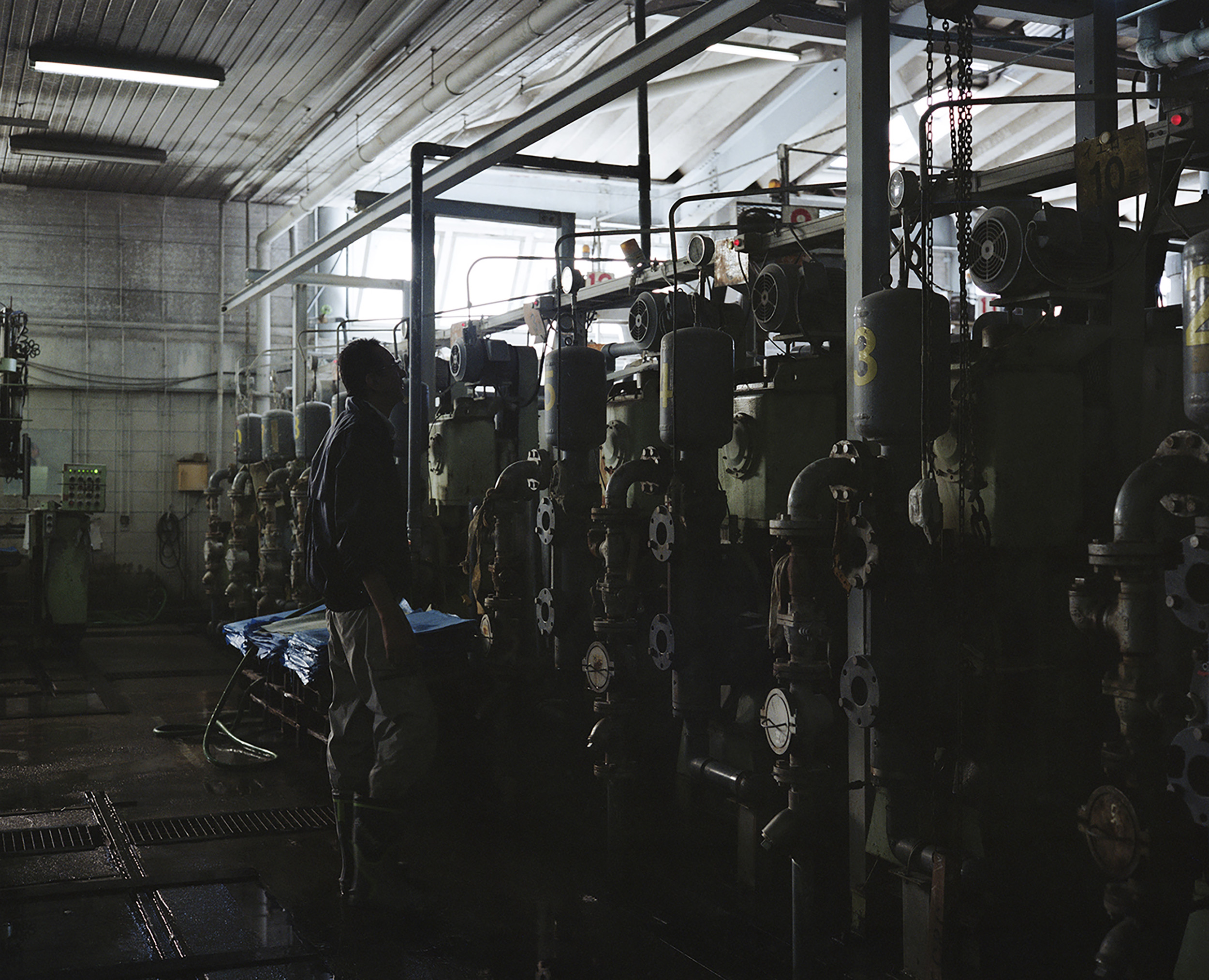
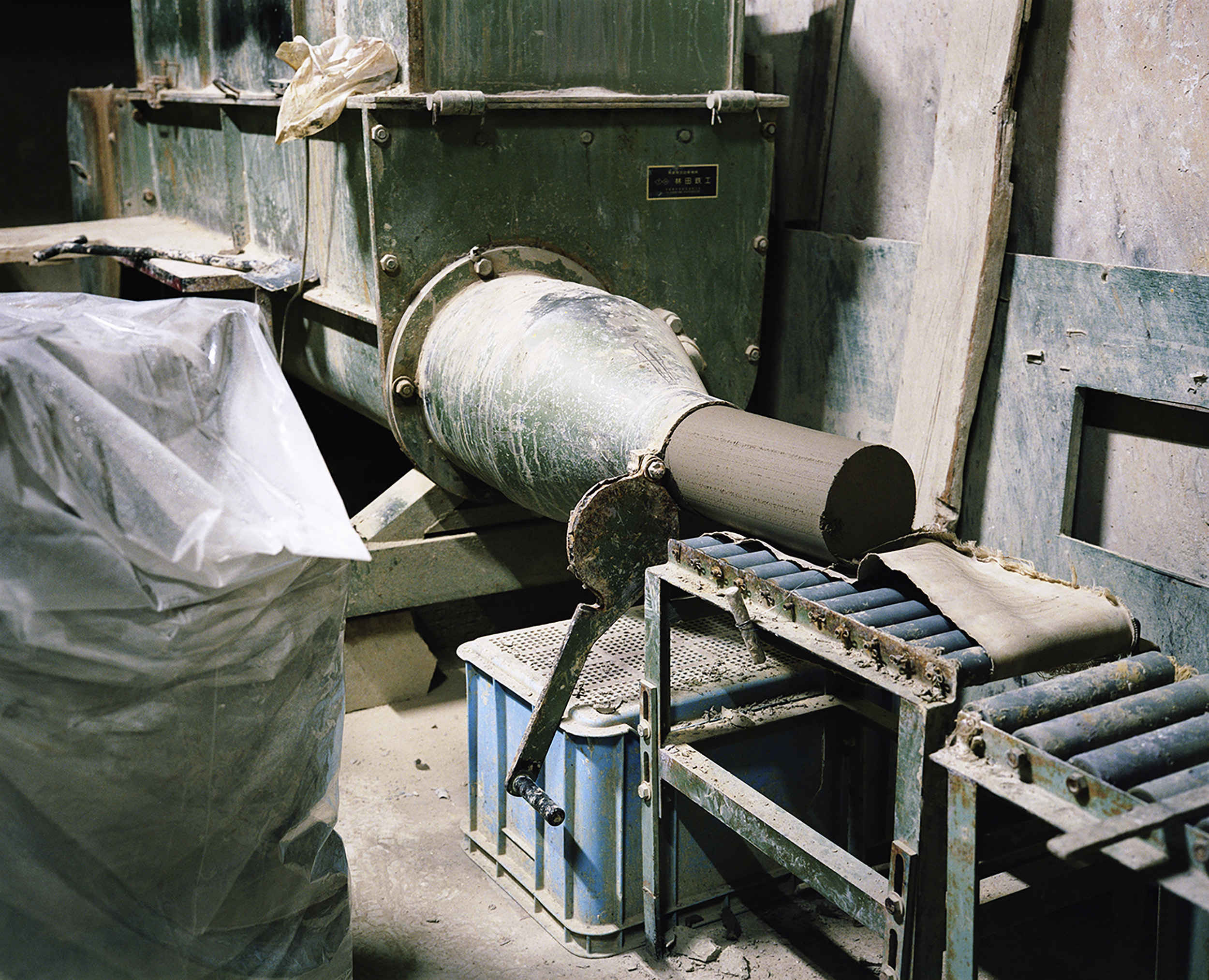

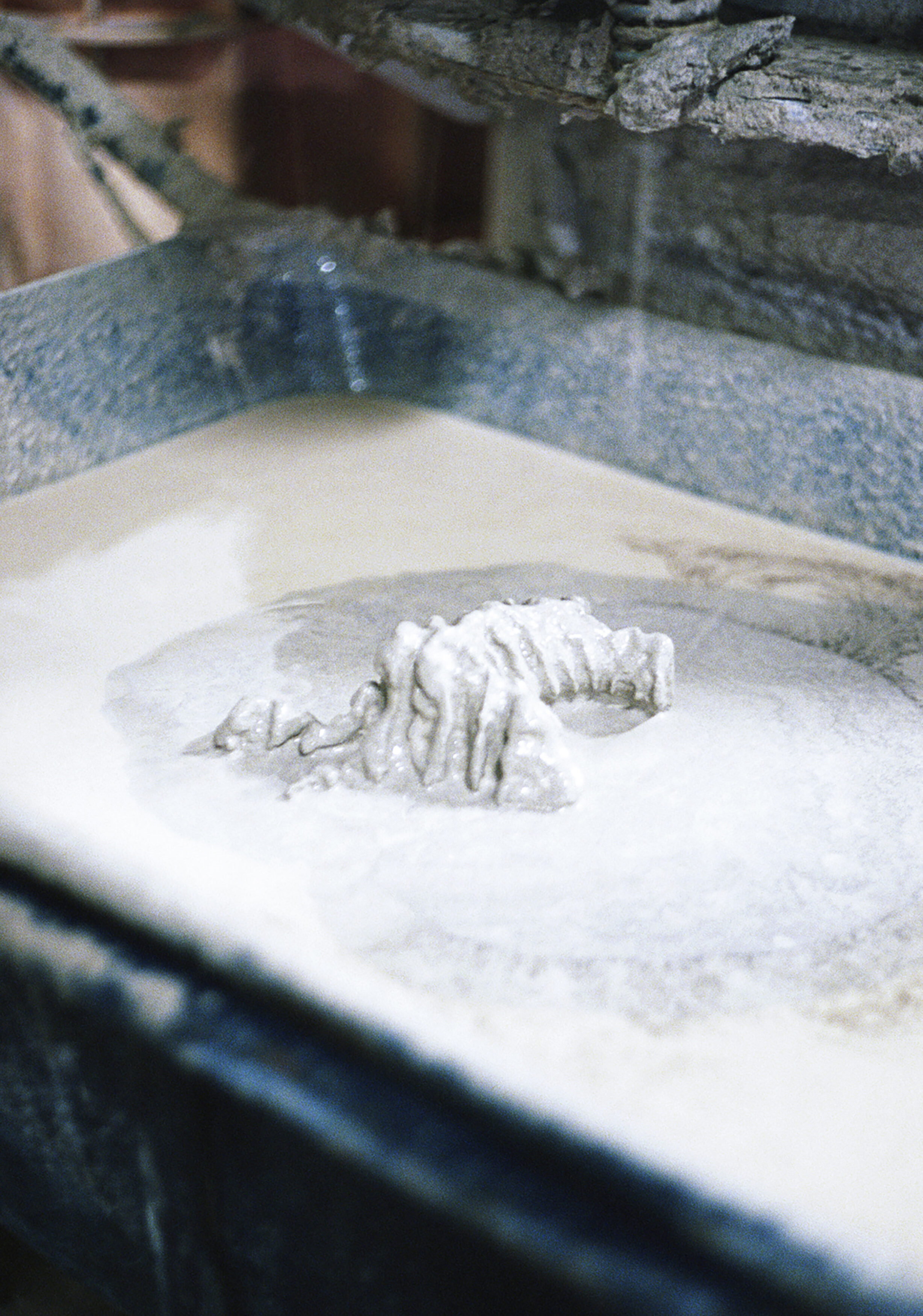
2 Manufacturing
The primitive appeal of soil is anything but straightforward. For the countless industrial products that exist today, homogeneity and efficiency are fundamental. However, the unique traits of soil, a product of nature, don’t necessarily align with this conventional approach to manufacturing. Developing designs tailored to natural clay as a material and making use of its unpredictable expressions, requires not only an understanding of production, but a flexible application of knowledge. As an attempt to re-think conventional production methods, Mino Soil also draws inspiration from Italian designer Enzo Mari’s semi-industrial ceramics, produced during the 1970s without the use of molds or potter’s wheels, but assembled by hand from machine-made parts, according to the designers instructions. This process appears to stand in contrast to the development of the ceramics industry in the Mino region. Yet within some sectors of the industry, a “low-tech” wisdom and creativity with historical links remain well and truly alive.
Seven designers were invited to the project: Lina Ghotmeh, Shigeki Fujishiro, Kueng Caputo, Jo Nagasaka and Mino-based soil expert Kaneri Toryo, who took the alternative semi-industrial approach and Dimitri Baehler and Wang&Soderstrom that worked with a conventional production method.
The first prototypes made in Mino through trial and error by the instructions of the seven designers, are presented at the exhibition Vol.02 “Transfiguration of Clay (Becoming Form)” in Tokyo, April 2022, curated by Creative director David Glaettli.
Collaborations
For Mino Soil’s initial exhibition, Vol.01, Archaeology of Mino, held in Tokyo in June 2021, the brand has collaborated with Indian architectural firm Studio Mumbai to produce a space based on the theme of soil and clay quarries. While products born from the soil are a common part of daily life, the quarries and the soil they produce are far less visible. The exhibition space reveals the primitive presence and beauty of soil through raw objects made from various soils from the Mino region. Created by hand, the objects bring out the character of each material. Additionally, photographs of quarries, taken by Yurika Takano, provide a chance to experience the primary scenery of manufacturing in the Mino region. The layers of clay, witnessed at the quarries, are evidence of the tens of millions of years of history residing beneath the ground.
Soil is the history of the earth itself, within which humans are just one element. Archaeology of Mino provides an opportunity to consider this in the context of the earth’s cycle.
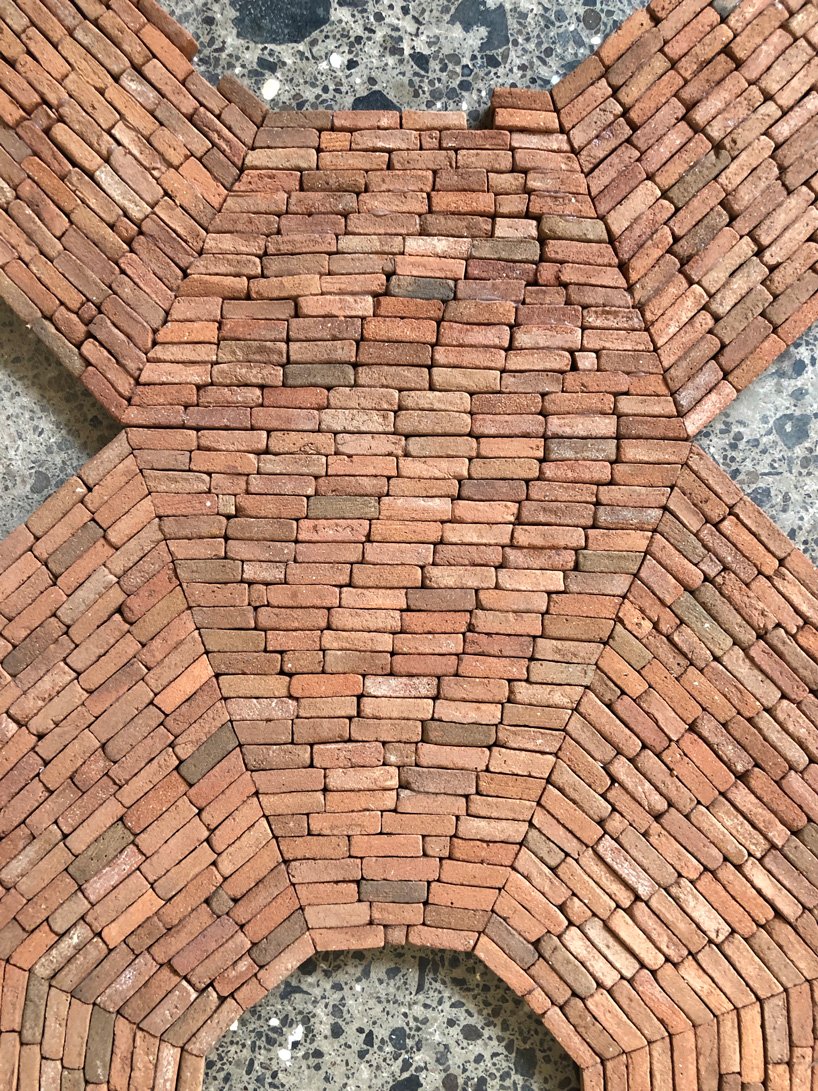

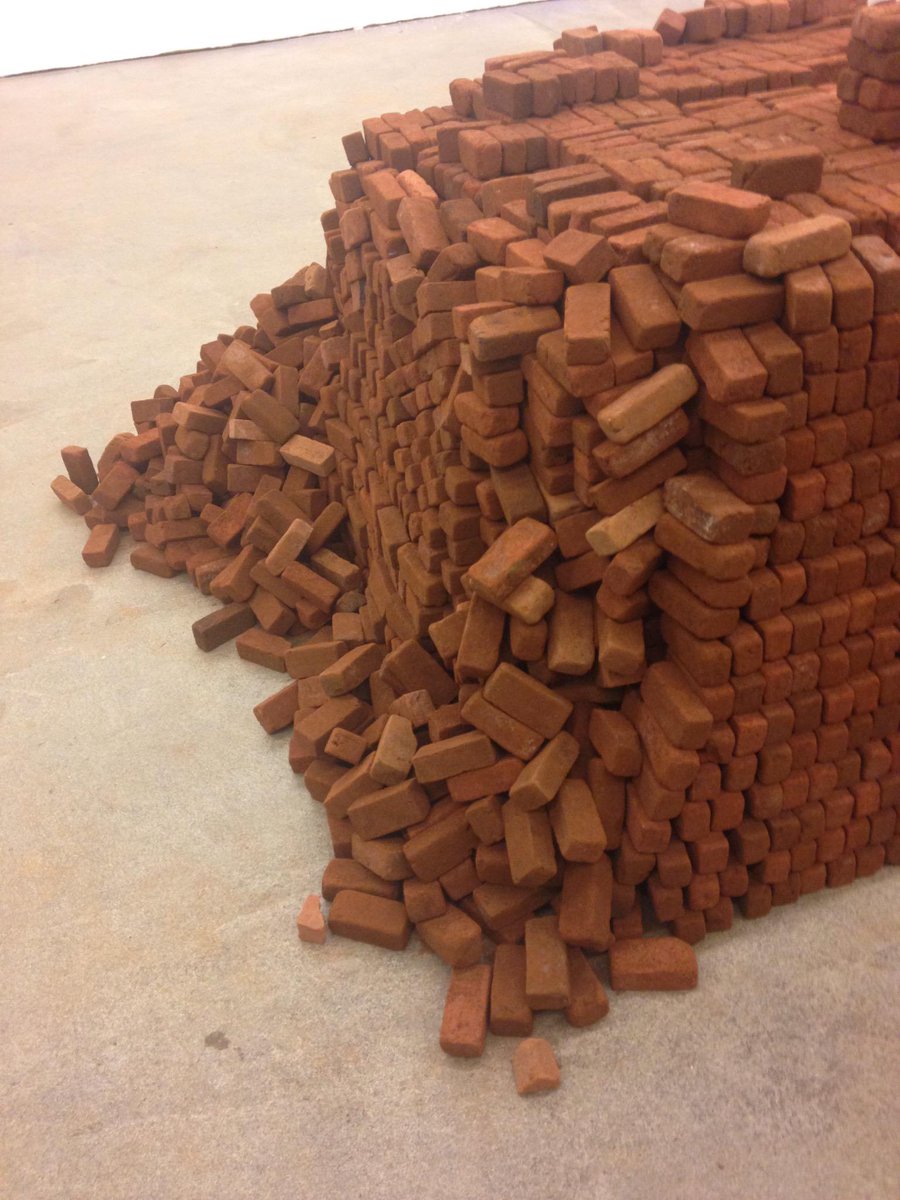
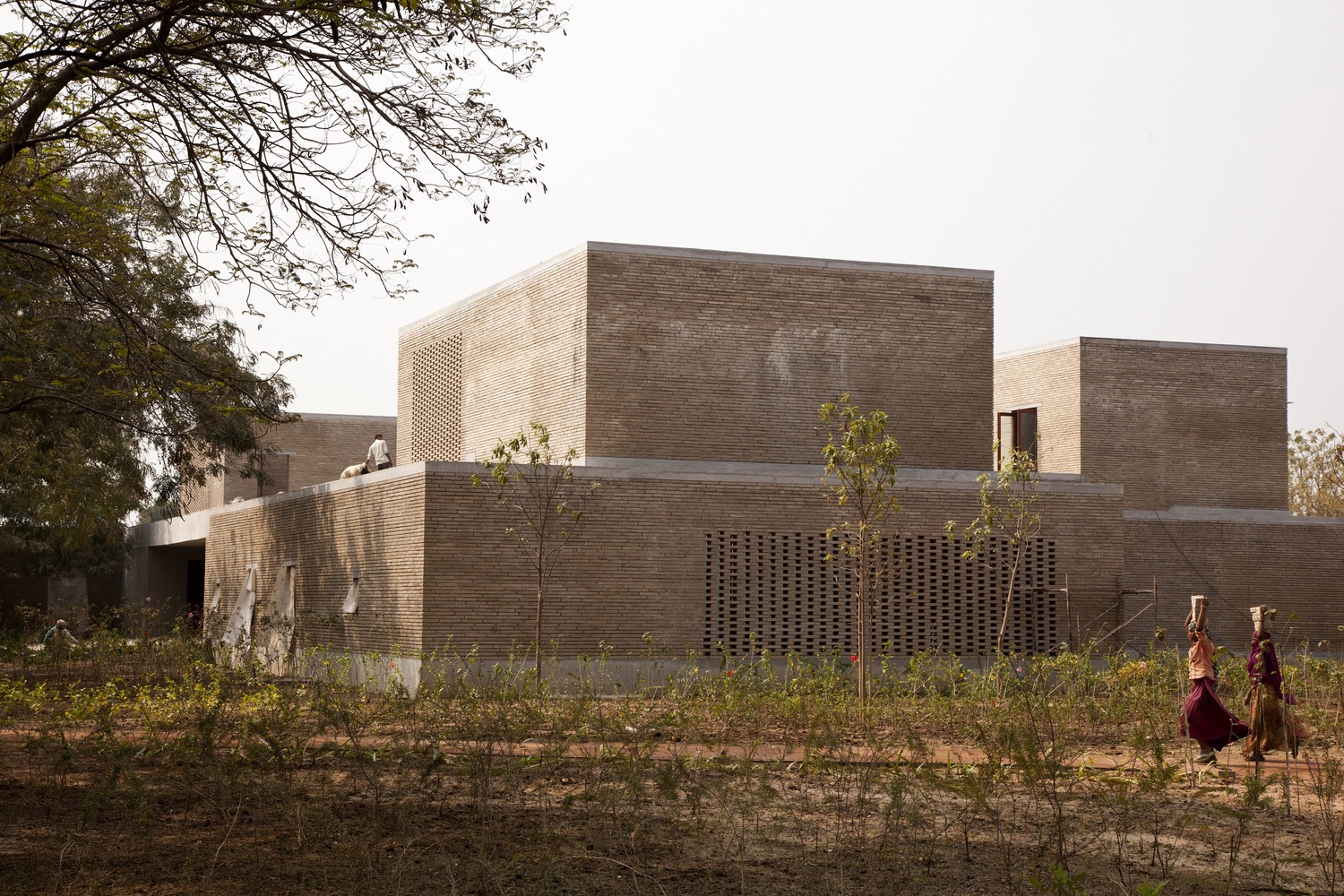
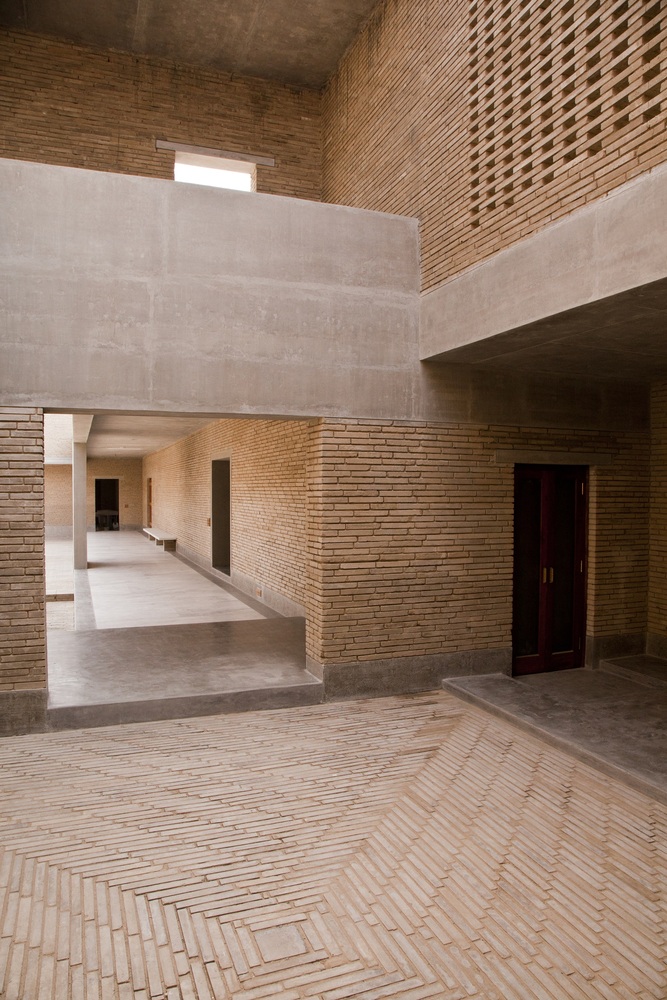
Bijoy Jain, born in 1965 in Mumbai, studied at Washington University in St. Louis, Missouri, USA. He worked in Los Angeles and London before returning to India in 1995, the year when he founded Studio Mumbai. His work explores the boundaries between art, architecture and material. His studio operates as an interdisciplinary group of architects, engineers, master builders, artisans, technicians and artists across continents. As a collective, they are involved in the research and development of projects, using process and time as an integral part of its expression; water, air and light being the basis of all materiality in the synthesis of the work… man in nature – nature in man.
Bijoy taught as a visiting Professor at Yale University (New Haven, Connecticut) and the Royal Danish Academy of Fine Arts and Architecture in Copenhagen. He currently teaches at the Academia of Architettura in Mendrisio (Switzerland). His works have been exhibited in numerous galleries around the world and have been acquired in the collection of Canadian Centre for Architecture, MOMA San Francisco and The Pompidou Centre in Paris. He is a recipient of several International awards.
David Glaettli
In our daily lives, we are surrounded by ceramic object. But we are usually not really aware that these objects are made of actual soil, in the form of clay: A finite resource that is millions of years old. In the Mino area, there are a number of clay quarries that are still mining the soil that is the raw material for countless products and objects and the foundation of entire industries. For more than 1300 years, clay has been mined in Mino, yet the techniques and vast knowledge related to clay accumulated over the centuries and the characteristics of this particular clay itself are widely unknown: In the past century, the awareness of soil as a primal material and essential resource has disappeared behind cheap, uniform, mass-produced ceramic products.
Making well designed, lasting objects locally, from local clay, MINO SOIL tries to raise awareness of the excellence of crafts in Mino and “soil” as an important, finite resource and essential material.
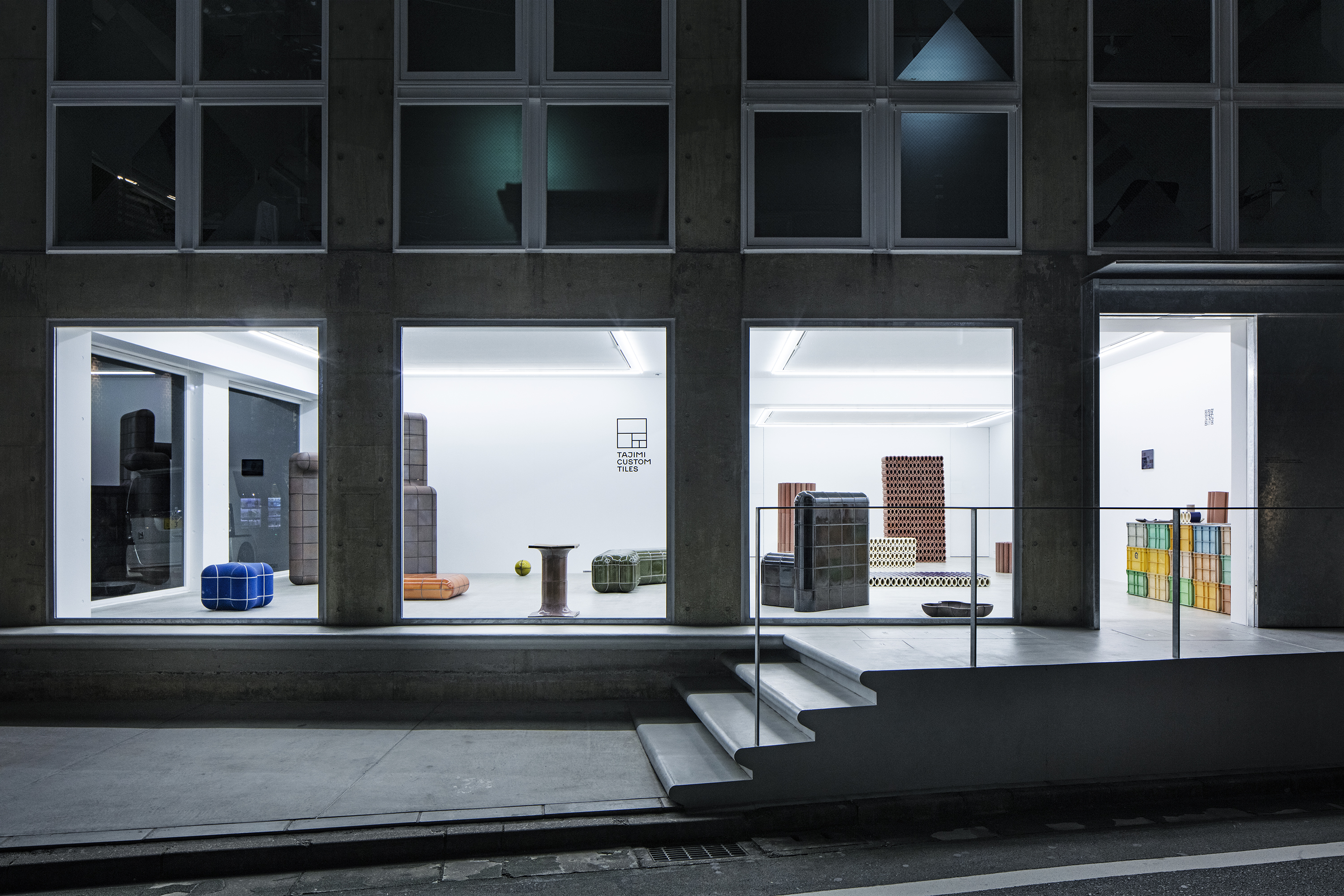
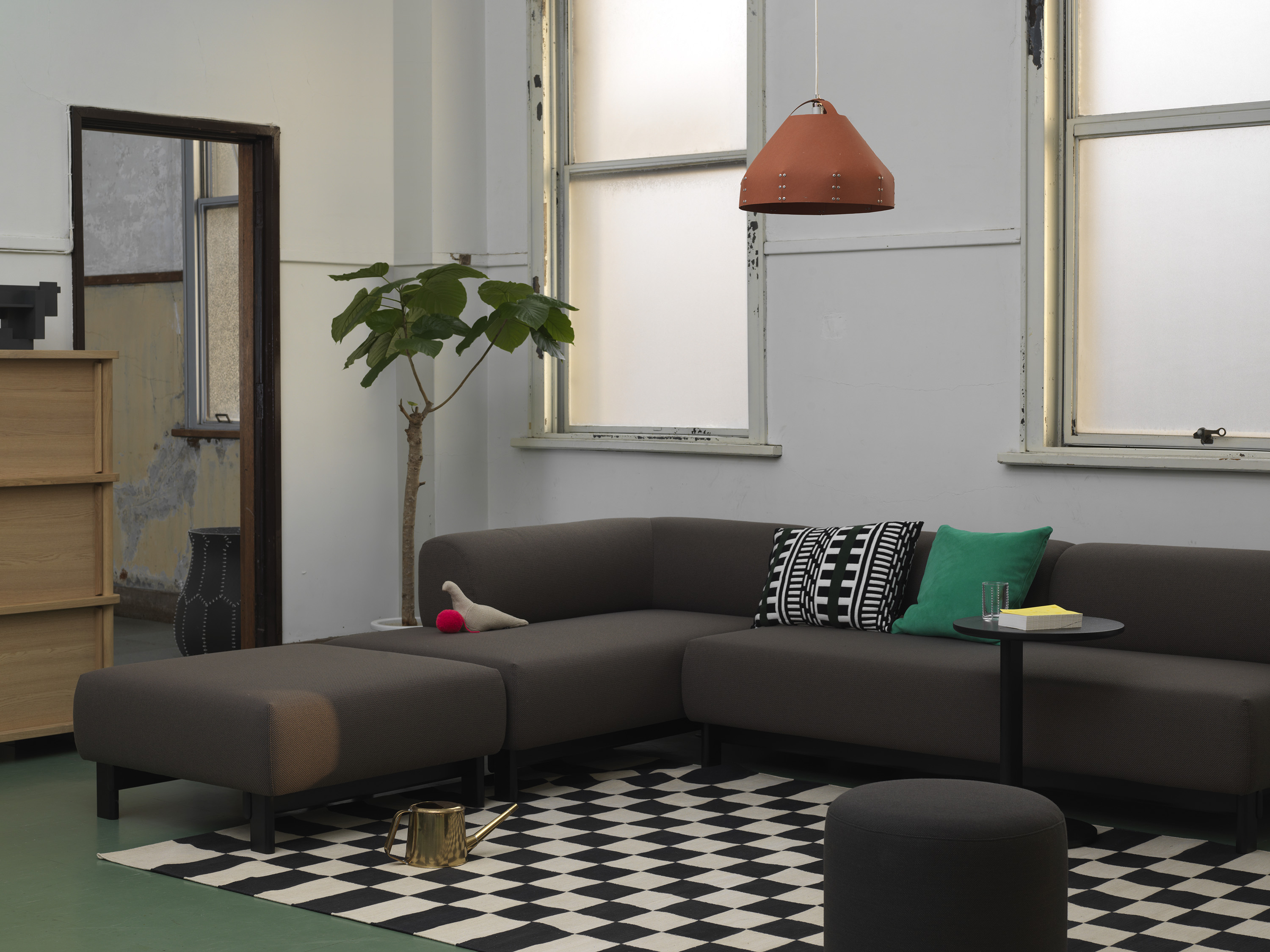

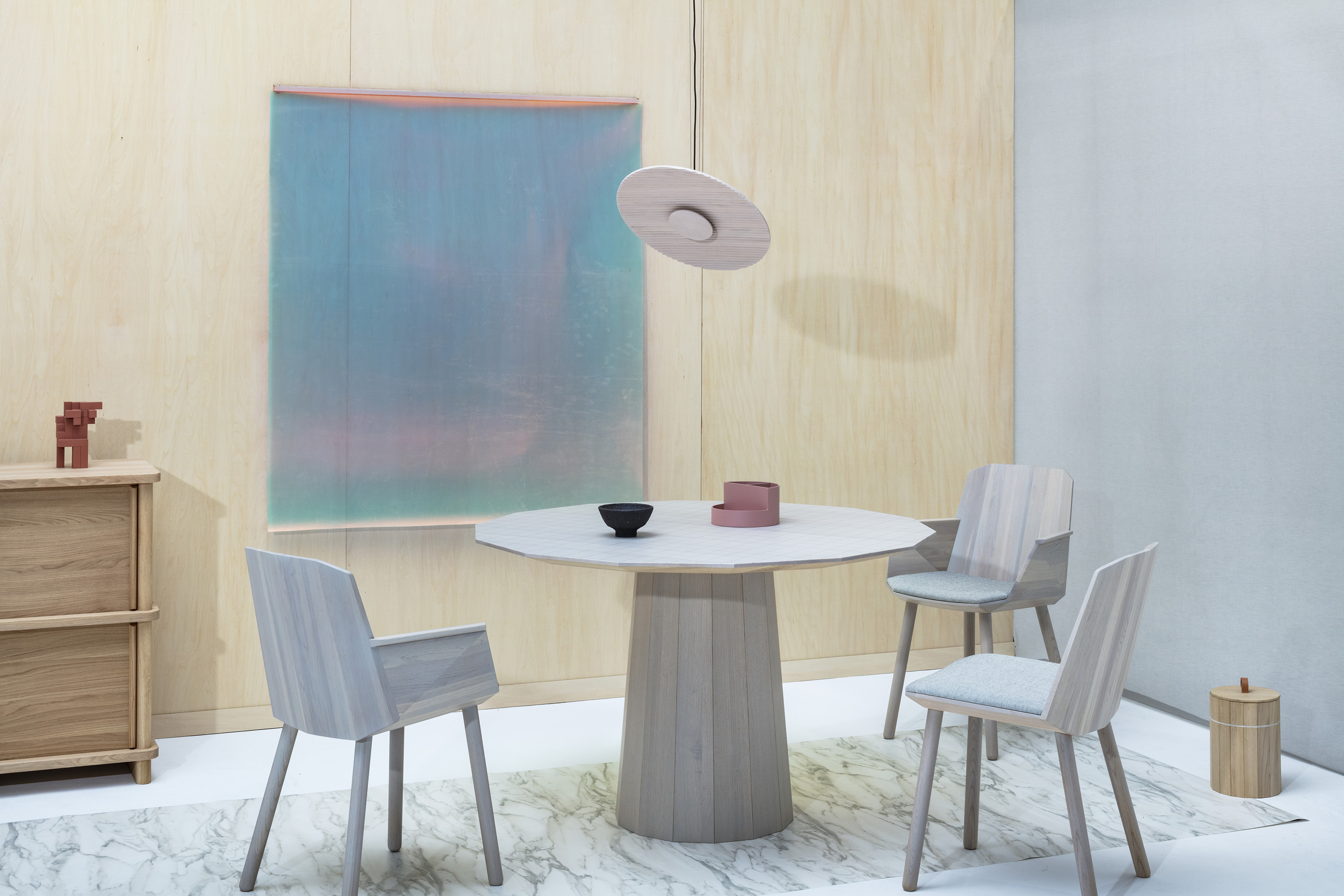
David Glaettli (creative director)
David Glaettli was trained in industrial design in Milan and Lausanne (ECAL). He worked as a product designer in Zurich and after 2008 in Osaka. In 2013, he founded Glaettli Design Direction Ltd. specialising on creative direction, branding and design consulting. Besides Karimoku New Standard, David Glaettli is also the creative director of the brands Tajimi Custom Tiles, Sumida Contemporary and Mino Soil. After living & working in Kyoto and Tokyo, he is today based in Zurich with a mainstay in Tokyo. www.davidglaettli.jp
Dimitri Bähler
The unround planters set shapes come from a series of practical experimentation consisting of deforming freshly thrown clay cylindres, hence the name “unround”. Slowly, the pieces take their organic shapes that can refer to the plasticity of raw clay, but also to lakes, ponds or more directly related to Mino, quarries.
On a functional level, the unround planter set have been designed with a modular aspect in mind. Indeed, in a three piece set, the medium piece can either become the planter or the saucer, so two combinaisons are possible with only three pieces instead of four.
This modular aspect, paired with the formal one, allow many combinations and possibilities, depending on how the planter plays with its saucer once stacked together and depending on the viewpoint due to the planters unsymmetrical form.
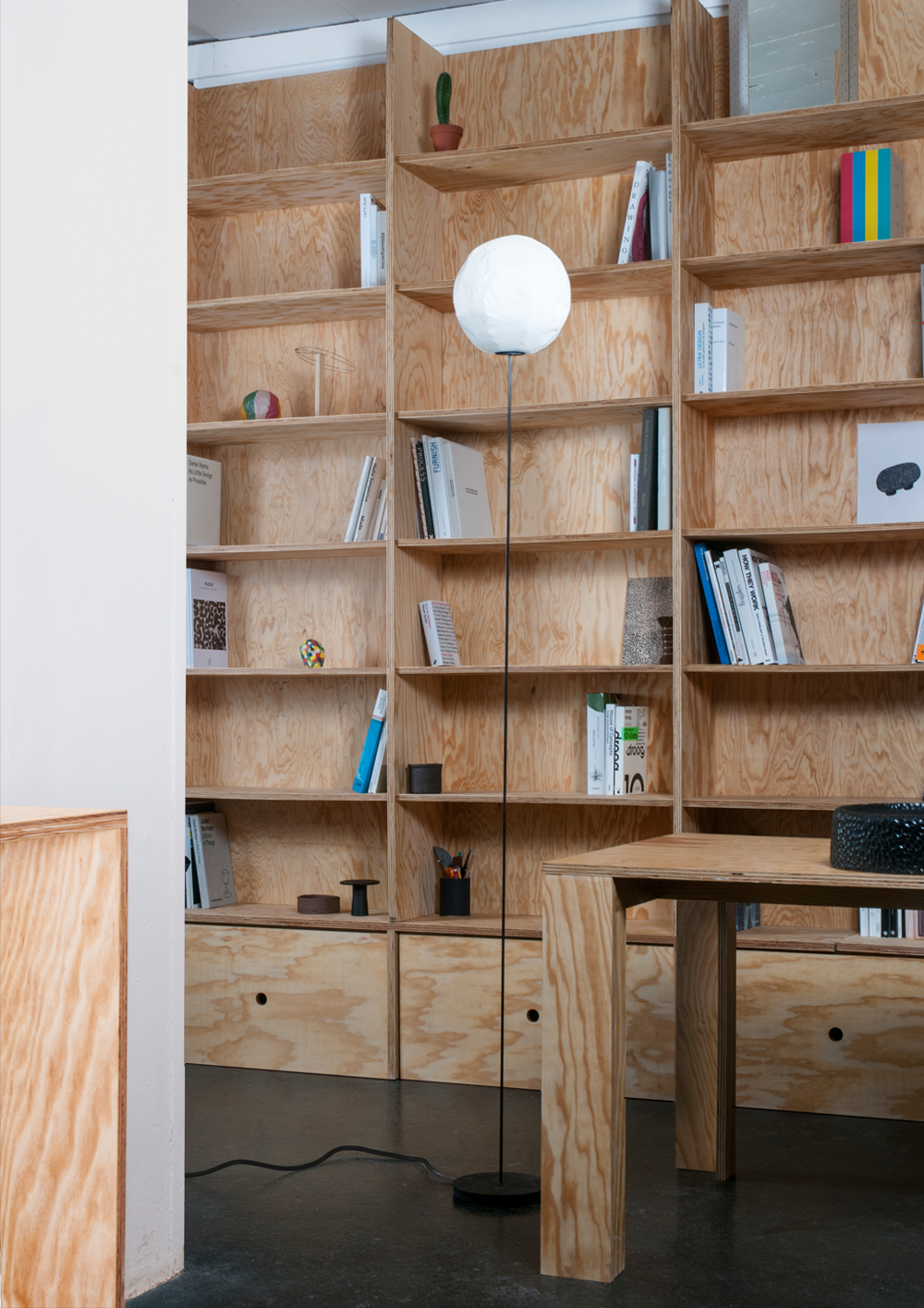
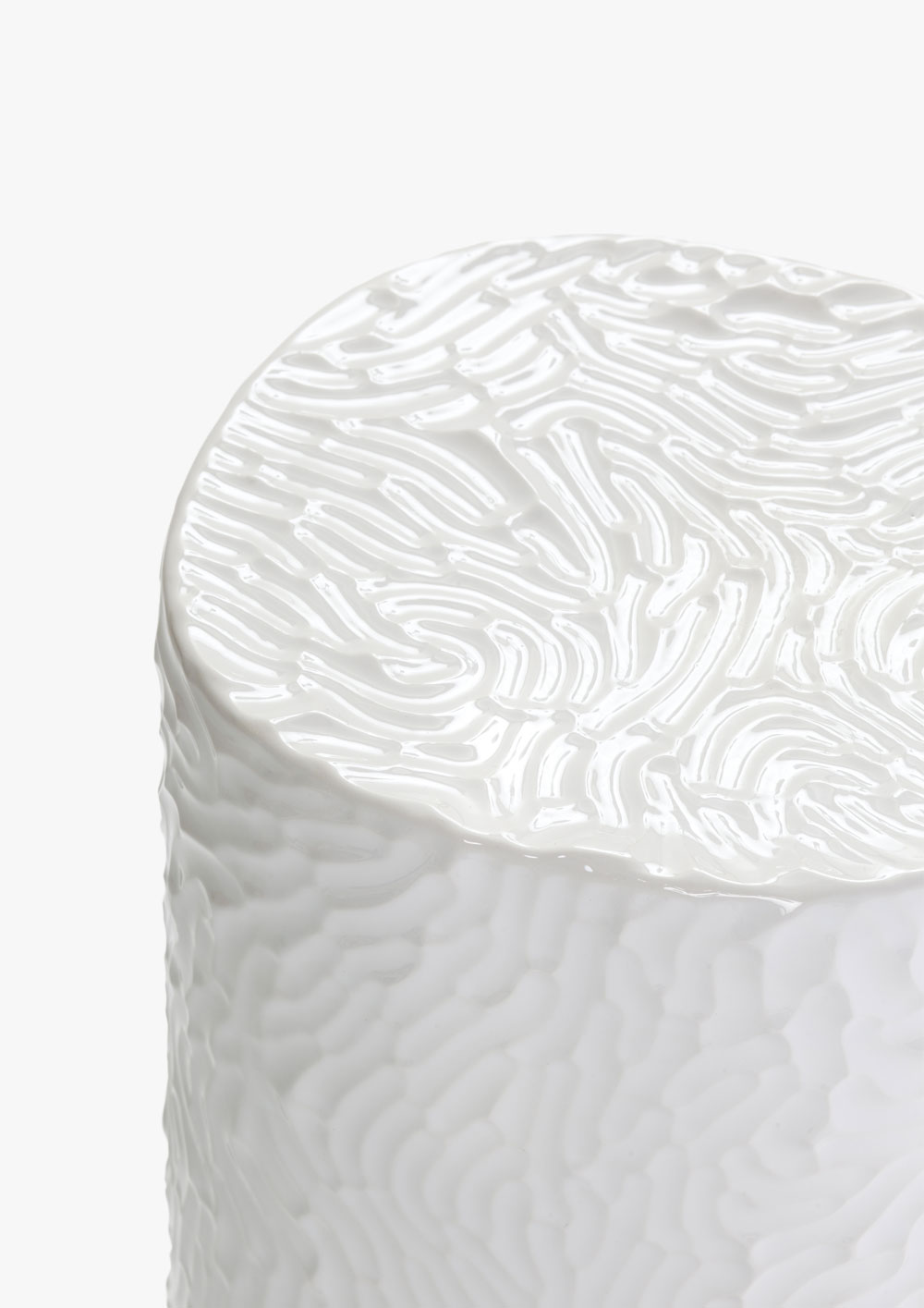
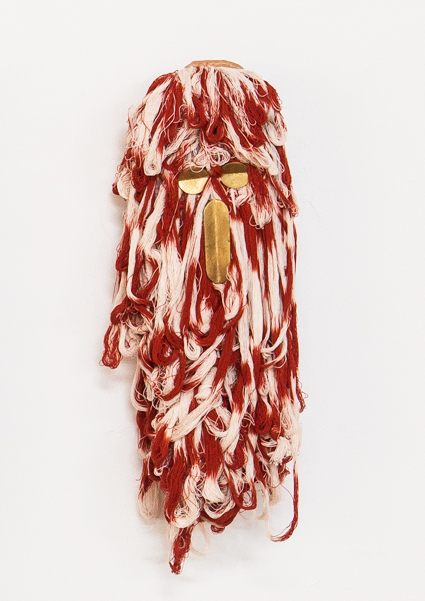
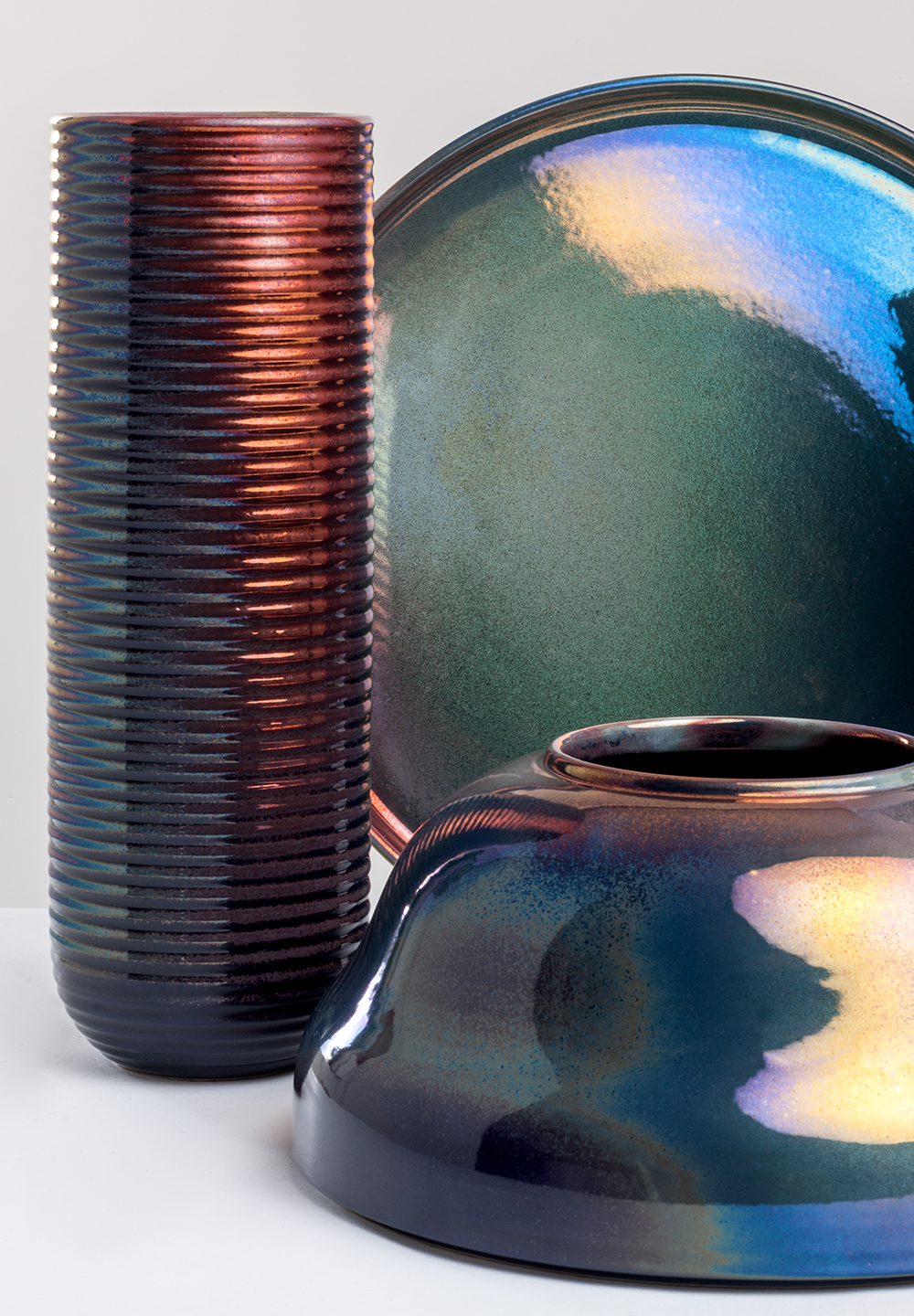

Dimitri Bähler (1988*) lives and works in Biel, Switzerland. After his studies at ECAL (University of arts and design in Lausanne) and DAE (Design Academy Eindhoven), Dimitri opened his studio in 2014.
Finalist of Design Parade 8 in 2013 in Hyères, Nominated twice for Swiss Design Awards (2014 and 2015), he participated in different residencies around the globe including EKWC, European center for ceramic, The Netherlands, Hors Pistes Ouagadougou, Burkina Faso, Ishinomaki Laboratory, Japan and directed different workshops like Boisbuchet “Rethink the Modular” 2015, Villa Noailles 2015 and ISDAT 2016.
His work is versatile, often spontaneous, radical yet poetic, always related with a substantial applied research. From mass produced objects to unique pieces through installations, context, production process and use of the object is particularly influencing his work.
Photo credits: Fabrice Schneider, Lailapozzo per Doppiafirma, Anja Fonseka
Wang & Söderström
Our form studies for the project with Mino Soil started out as an experimentation between the subtractive act of digging up clay and the additive manufacturing of 3D-printing. The biomorphic shapes convey two worlds that meet. One end, contemporary digital craft and the other, traditional ceramic culture. The notion of the organic is a part of our studio’s ongoing exploration of what the digital can look like and bringing it closer to the human, our senses and the nature we are part of.
The planter and the vase take their inspiration in the synergy between soil and botany tubers, bulbs and rhizomes. Tubers (eg. potatoes, sunchokes and yams) and bulbs (eg. garlic, tulips and amaryllis) are swollen structures of underground stems or rhizomes that grow beneath the soil surface. They are shaped in that way in order to store energy, acting like nutrition depots to regrowth. Similar to how the soil provides nourishment and habitat so tubers are formed and grown, these digitally crafted bulbous vases are embodied by the clay of Mino Soil. Becoming nutrition depots for plants, vegetables and flowers.

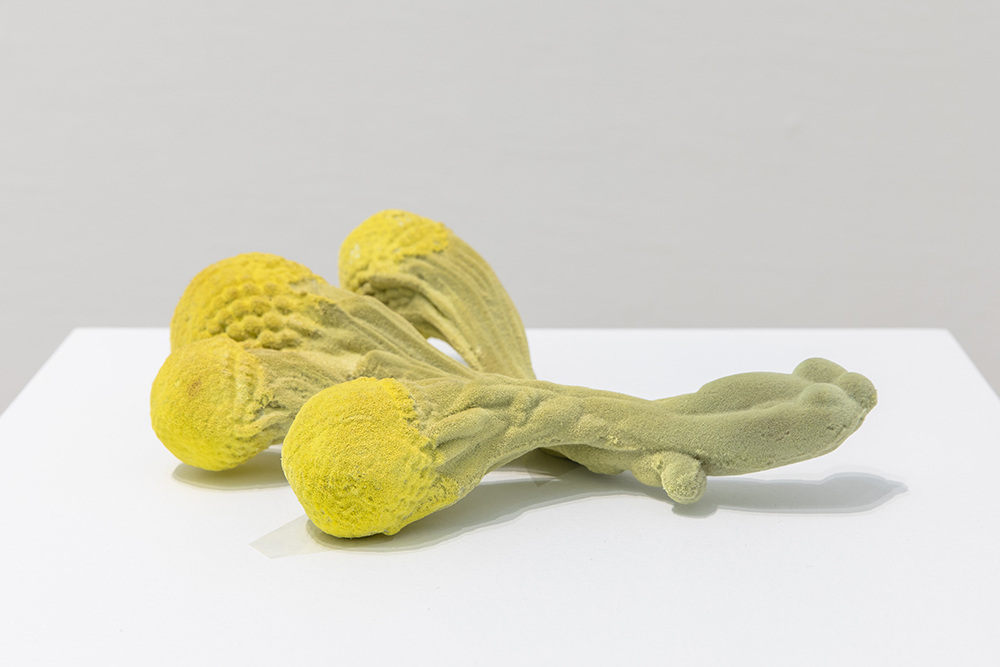
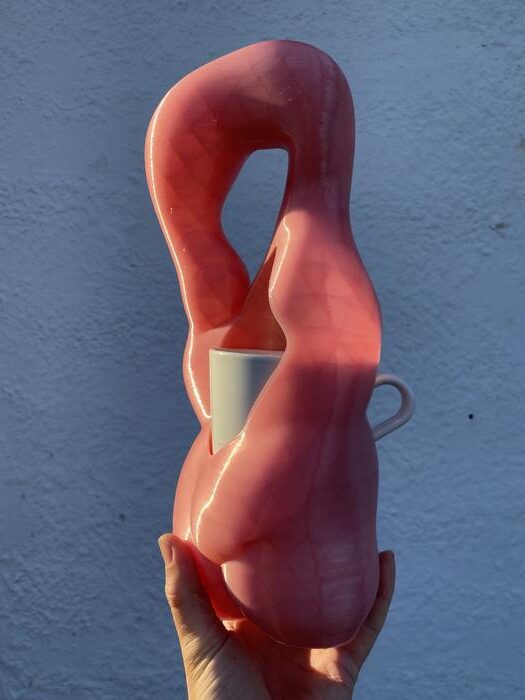
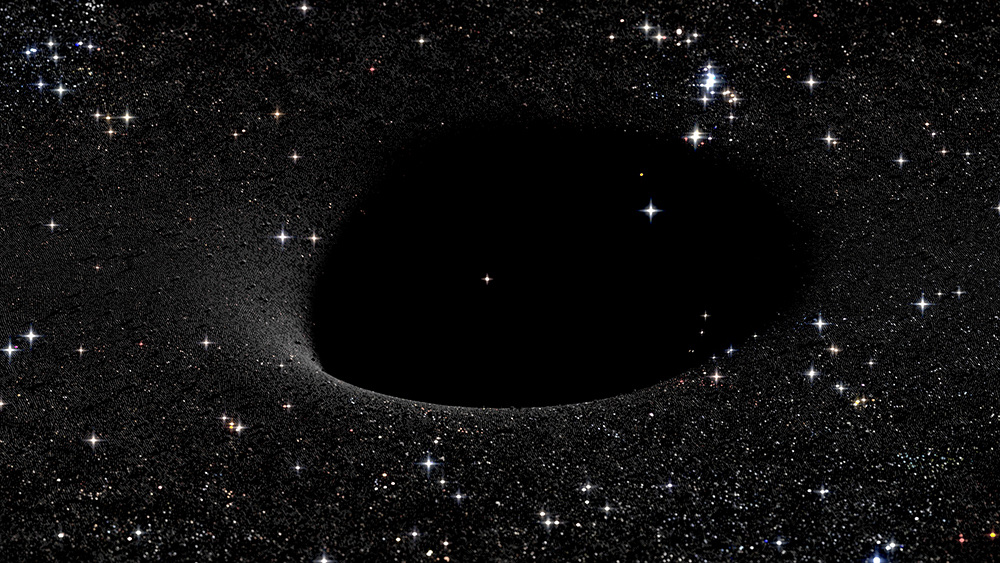

Wang & Söderström is a Copenhagen based transdisciplinary duo composed of Swedish designer Anny Wang and architect Tim Söderström. The bridging of the physical and digital realms is a major theme in their practice and they are constantly trying to challenge the boundaries between them. Fluctuating between art and design, Wang & Söderström wants to throw out pre-existing conventions regarding the digital and put emphasis on the emotional and tactile side of materials, objects and textures to give the digital a more human-relatable quality and create more meaningful connections.
Tim Söderström (b.1988) graduated in 2015 from The Royal Danish Academy of Fine Arts, School of Architecture (MFA), Copenhagen. Anny Wang (b.1990) graduated in 2014 from HDK, Academy of Design and Crafts, University of Gothenburg (BFA), Gothenburg.
Kaneri Toryo
For the bases I used a tatara machine, which is a tool for mass production. The texture was created by attaching new clay to the surface. Through this process, which involved sprinkling dried gendo (original soil) powder on the surface of the soft clay, the variation in hardness produced a cracked expression.
On some of the other surfaces, I applied a muddy liquid made by dissolving soil in water. The differences in dry shrinkage were used to draw out the soil’s expressions.
Tetsuya Hioki, Kaneri Toryo



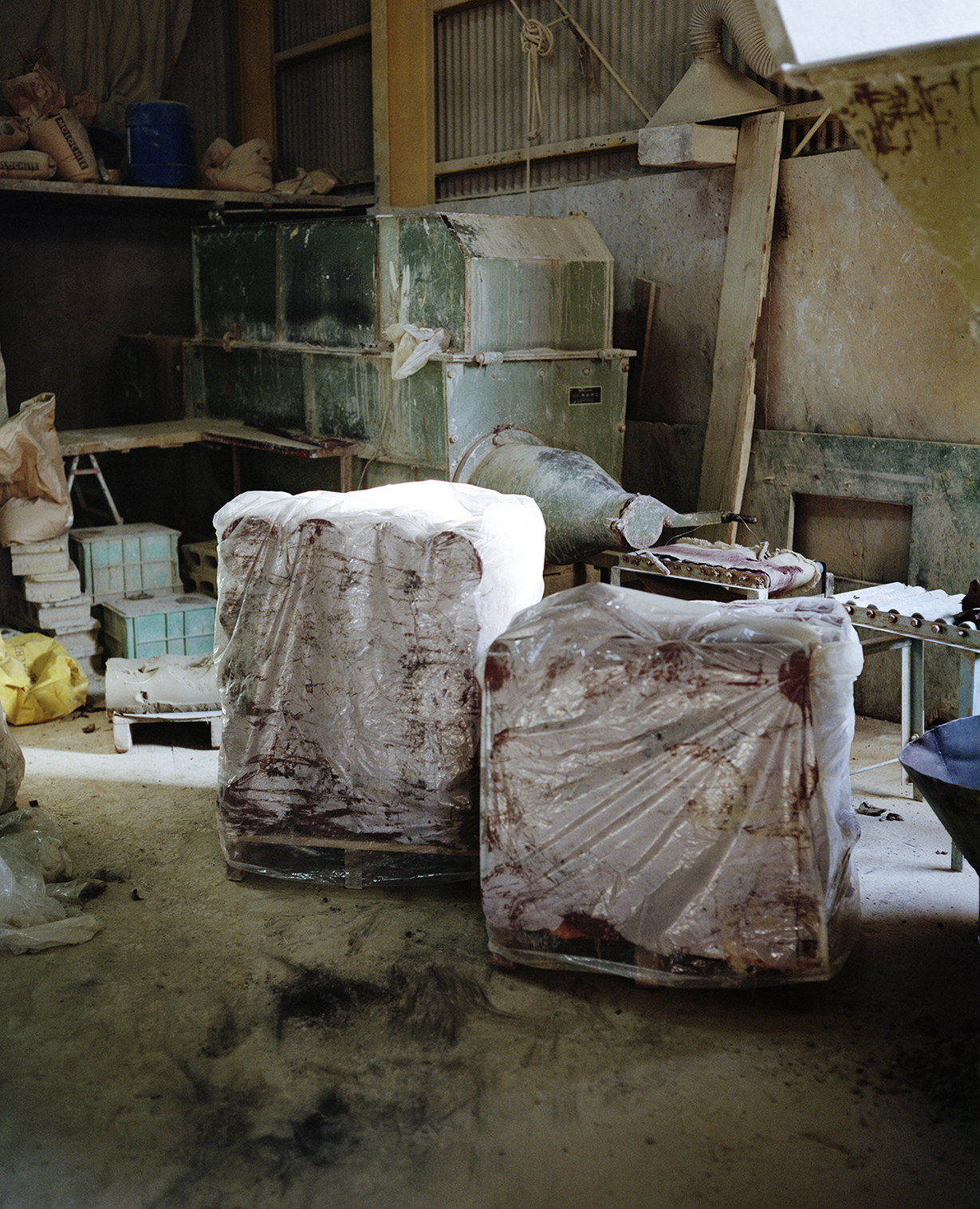
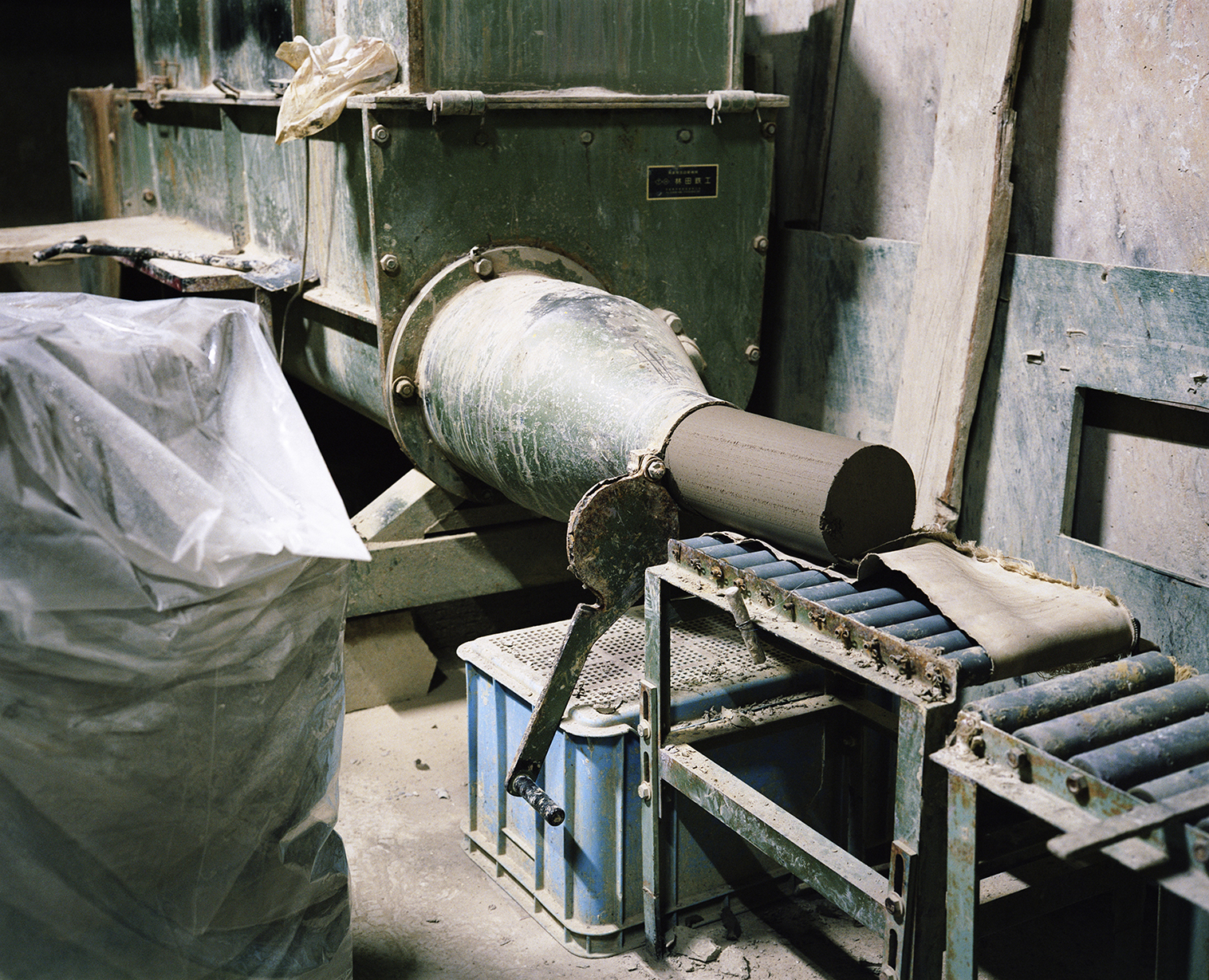
Founded in the Meiji Era. Kaneri Toryo’s second-generation head, known as the “father of clay-making”, shifted the company’s focus from the waterwheel-powered production of stone powder to the clay-making industry. As part of his efforts to secure raw materials, he also established a clay-making association and acquired a clay mine. Under the third-generation head, the company began making things out of clay. The fourth-generation head led the production of clay according to customer’s needs, turning the company into a “clay-maker with a human touch”. Currently under the leadership of the fifth-generation head, the company makes clay, products that draw on the clay’s characteristics and clays tailored the specific needs of makers. The company also has an on-site shop. While engaging in dialogue with creators and makers, Kaneri Toryo uses the earth’s precious resources to provide made-to-order clay.
Kueng Caputo
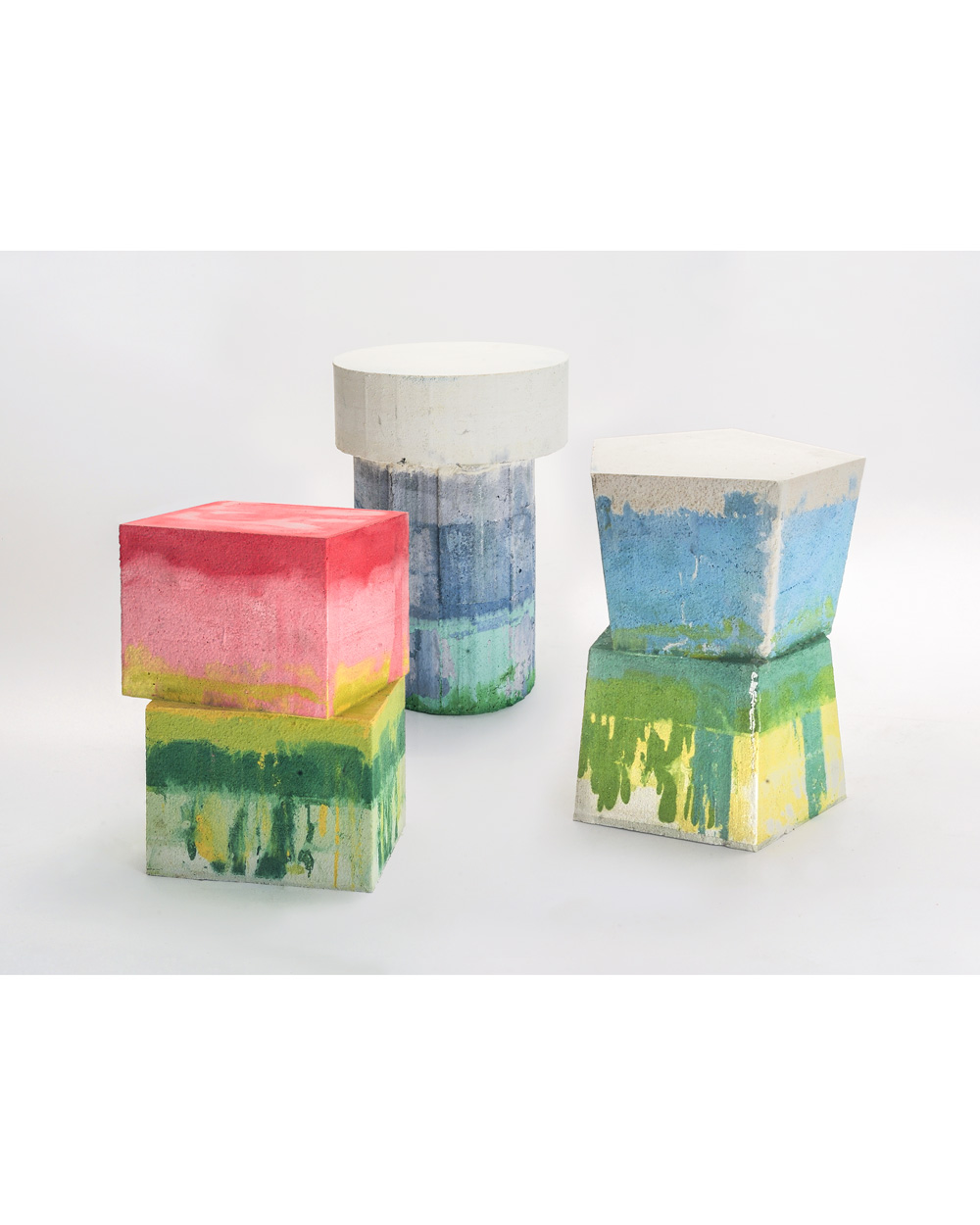
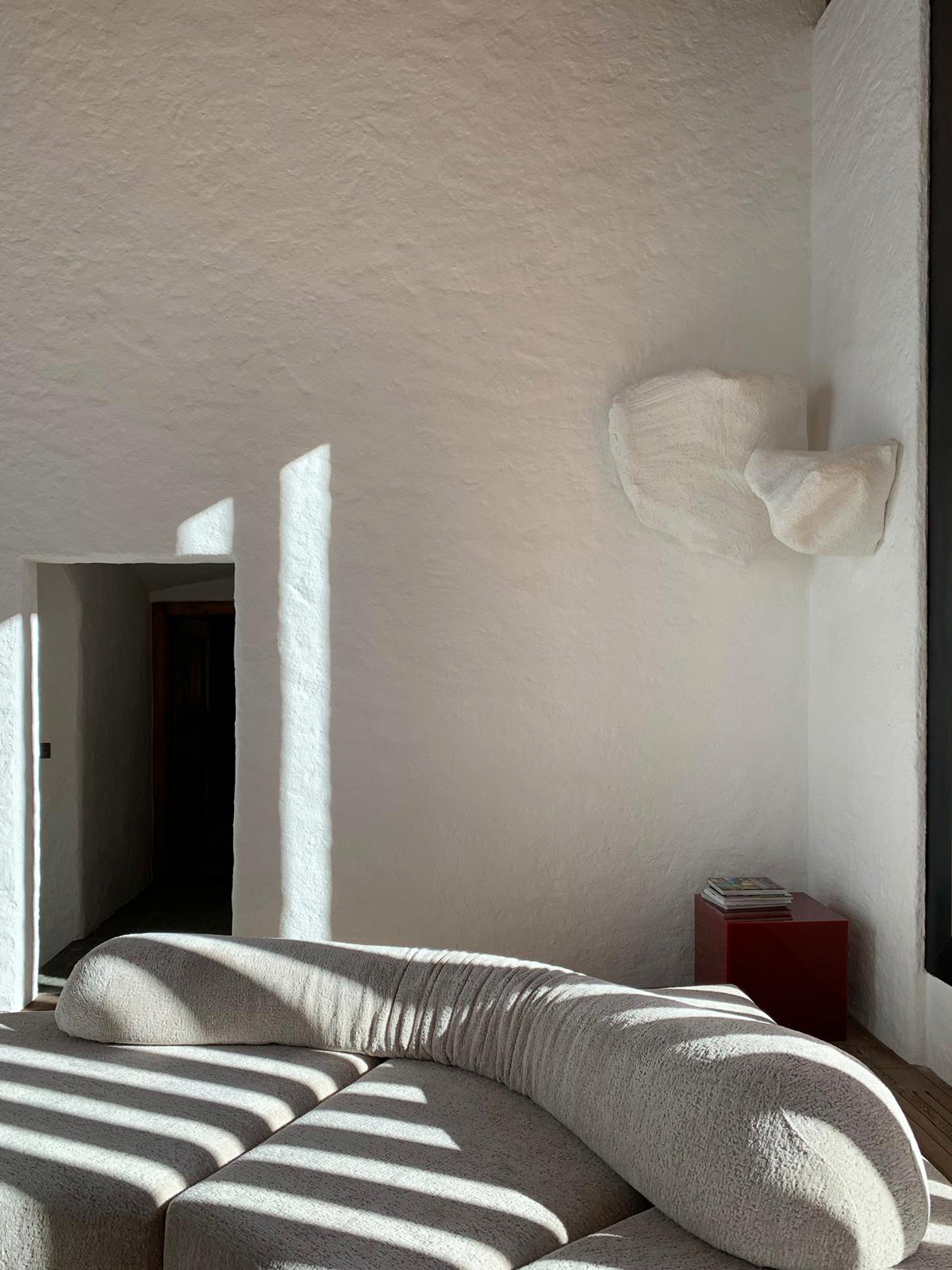
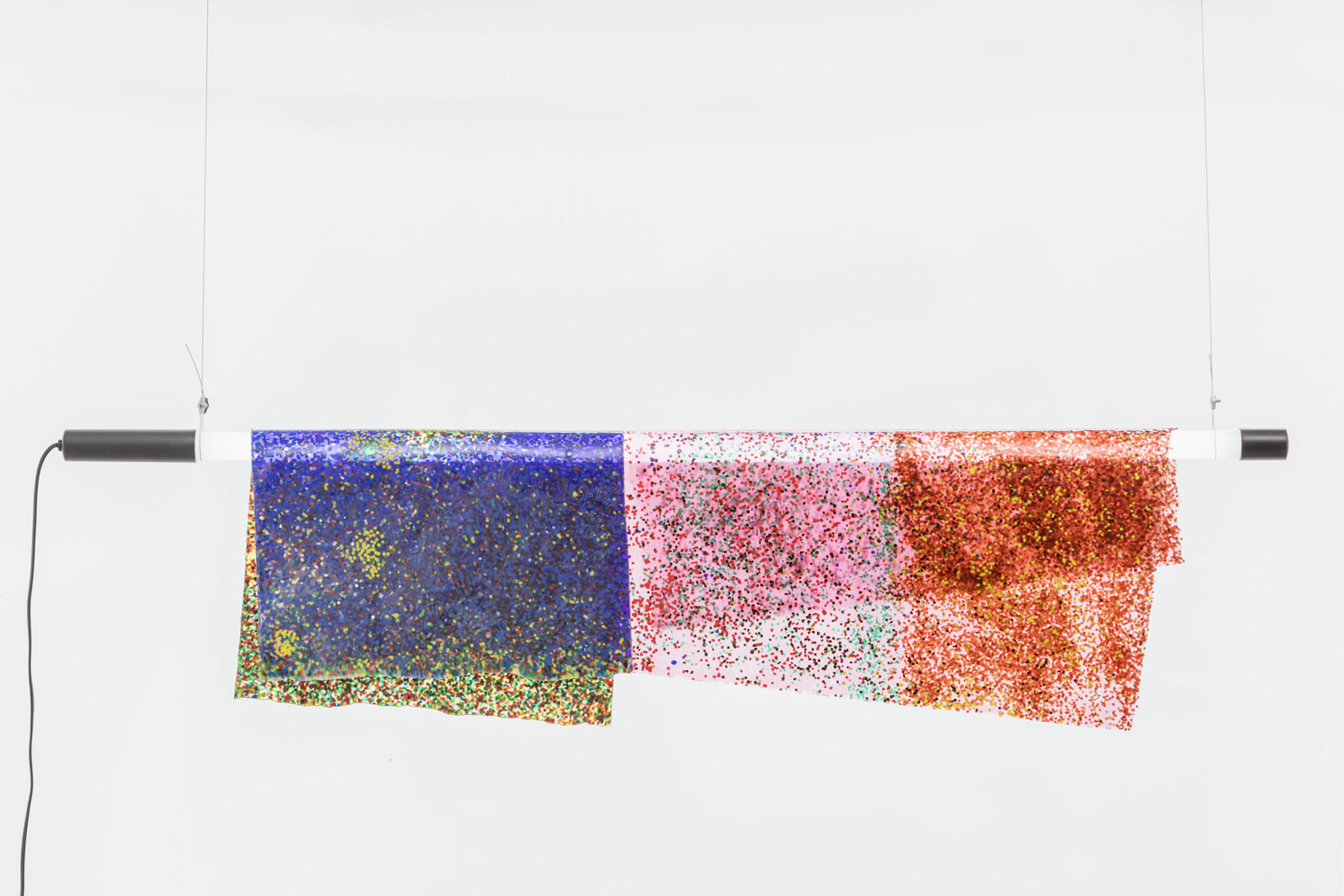


The engaging Swiss-born partnership of Sarah Kueng and Lovis Caputo have worked together since graduating from the Zurich University of Arts. Kueng Caputo practice design as response, in a field between art, crafts, product design, interior design and activism. Their work puts an emphasis on radically questioning the status quo, on understatement and improvisation.
Kueng Caputo represented by salon 94 NYC, has participated in numerous exhibitions internationally and collaborated with brands such as Fendi, Globus, 2016/ Arita. In 2020 they received the Swiss Grand Award of Design by the Federal Office of Culture.
Photo credits: Kenta Hasegawa (profile photo)
Jo Nagasaka
Kasugai (clamp)
Soil has all kinds of names. Properties such as colour, shrinkage rate and stickiness can also vary greatly from one soil to another. Usually, when making things like pottery, a number of different soils are blended to create a material that can be shaped easily. Before it is blended, the original soil is called gendo. For the exhibition, I wanted to reconfirm the compatibility of different gendo. I blended two soils and made two balls , arranging them between a piece of each soil. Finally, I used a tatara machine to crush and unite them. I made a range of combinations, each characterised by different properties. The blended soil acted like a kasugai (clamp), creating a bond between the individual soils to form a plate.


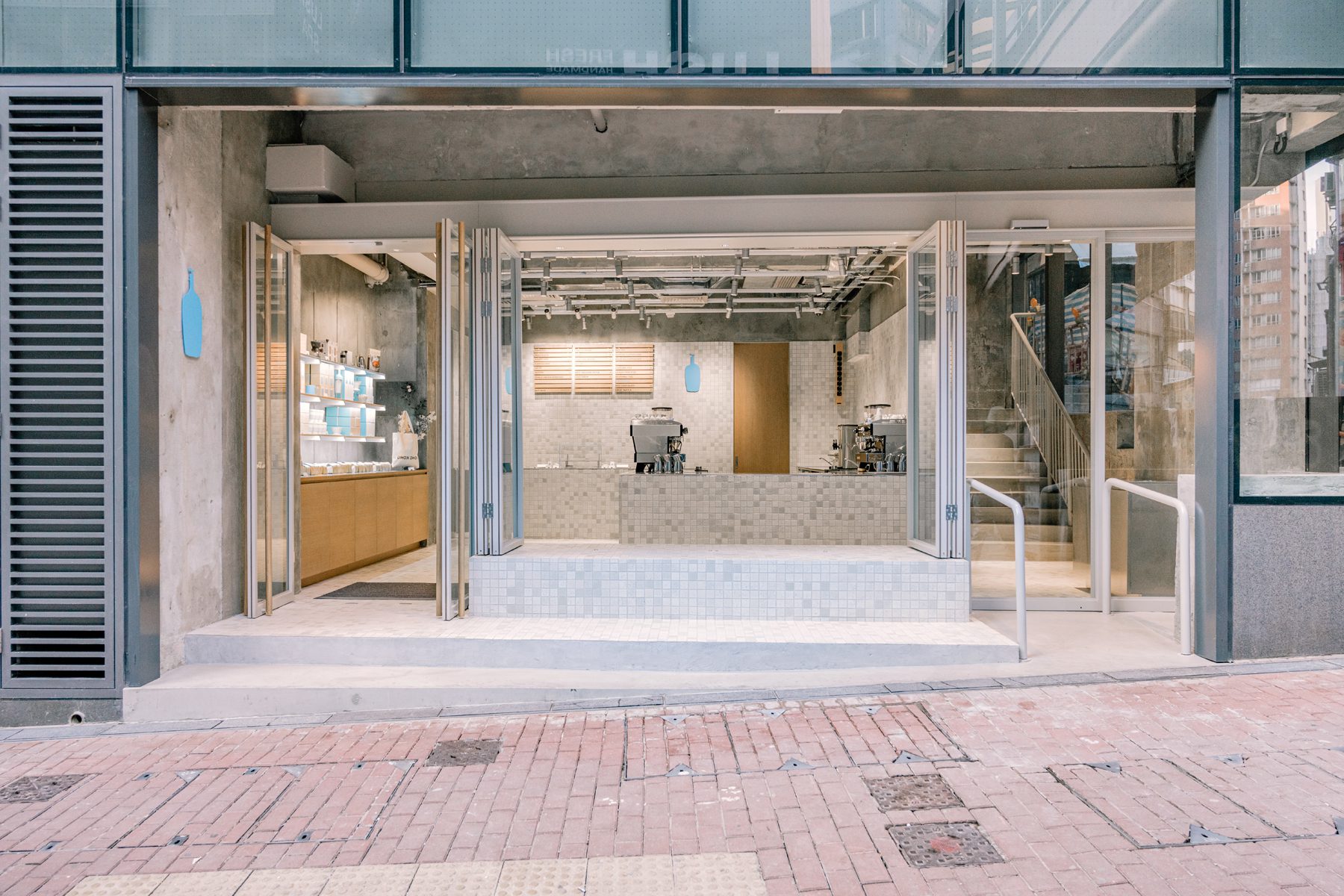
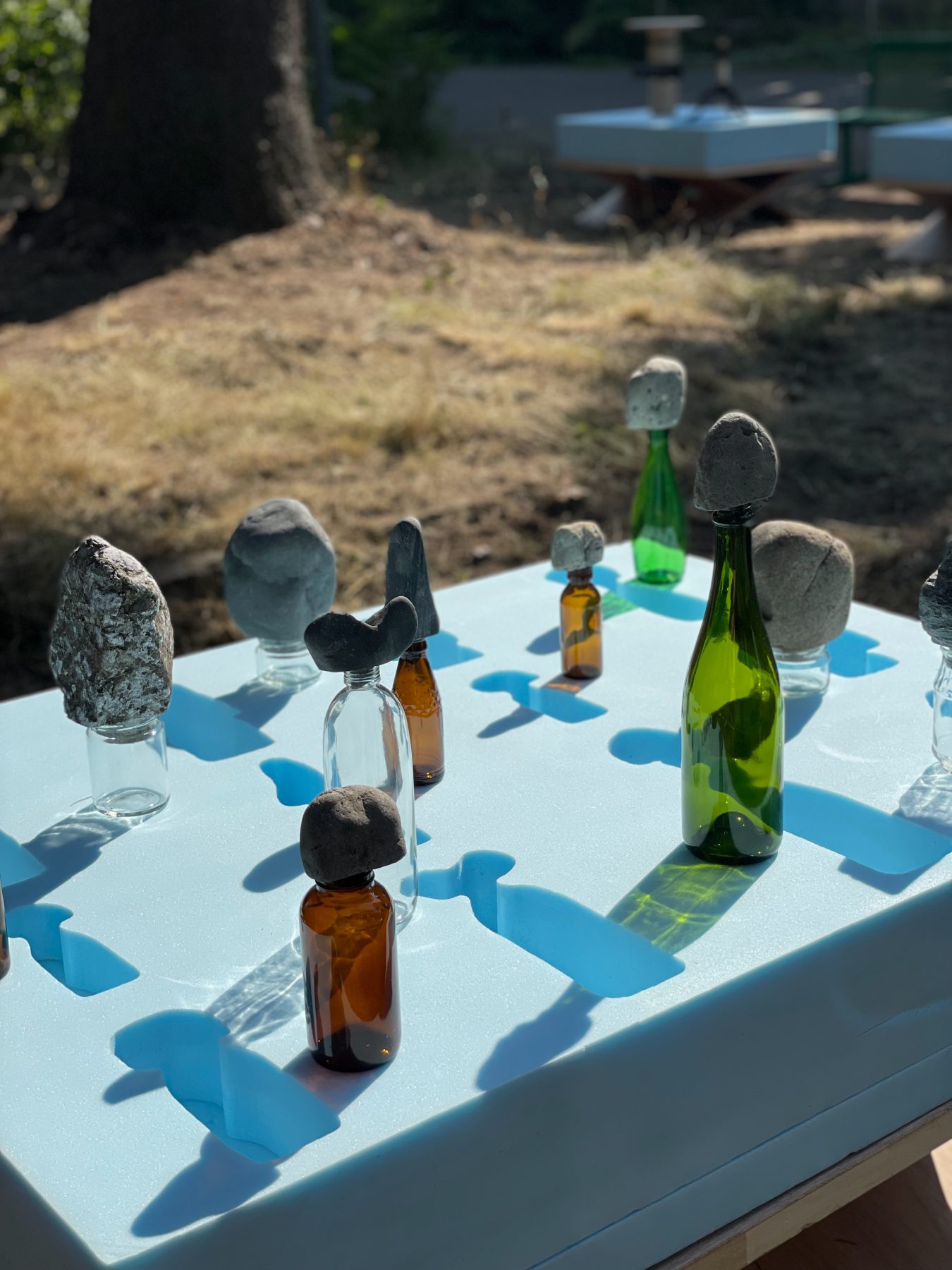

Jo Nagasaka established Schemata Architects right after graduating from Tokyo University of the Arts in 1998, and now has his design office in Kitasando,Tokyo. The scale of his work ranges widely from furniture and architecture to urban landscape. The type of his work is also extensive including café, shop, hotel and public bath. In any size of his architecture, he is always conscious about 1:1 scale, exploring materials and design, expanding his works in both domestically and globally. He’s been discovering new perspectives and values from everyday things and existing environments, while presenting unique ideas such as “subtraction”, “misuse”, “update of knowledge”,”invisible development”,and “semiarchitecture” and established an original architect image.
Photo credits: Takumi Ota, Kenta Hasegawa, Yurika Konno, Schemata Architects, Yuriko Takagi
Shigeki Fujishiro
My work began with a question. Instead of using moulds to make high-precision ceramics, what if I connected parts by hand to create something between an industrial product and a craft item? In the past, I have made baskets using a range of materials, which led me to the idea of making a soil basket.
Making things with a mould can only lead to a single result, so I thought about using cylindrical elements to make baskets in various shapes.
I used a machine to compress the clay, then extruded it under high pressure to produce cylindrical rods. Once this process was complete, the elements were simply bent and joined by hand. In order to maintain quality, regardless of the maker, I made a tool for cutting semi-circular notches where the elements connect. I also made the baskets myself, proving that production does not require a highly skilled ceramicist.
Soil in its original form, without any preparation, has low plasticity and will crack, so I decided to use a compound kibushi clay, but I’d like to continue exploring the possibilities of Mino soil. My works were fired, producing a unique orange colour, but I’d like to investigate the compatibility between soil, firing method and design even further.
Shigeki Fujishiro



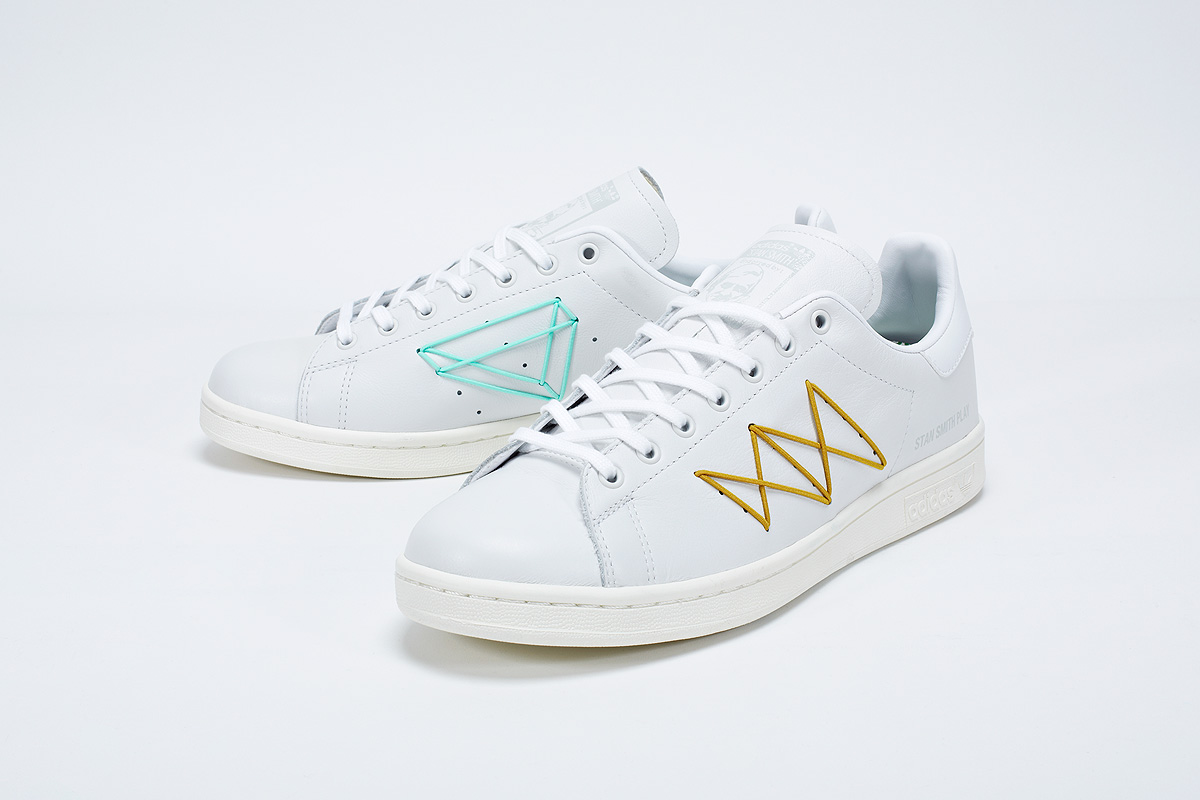
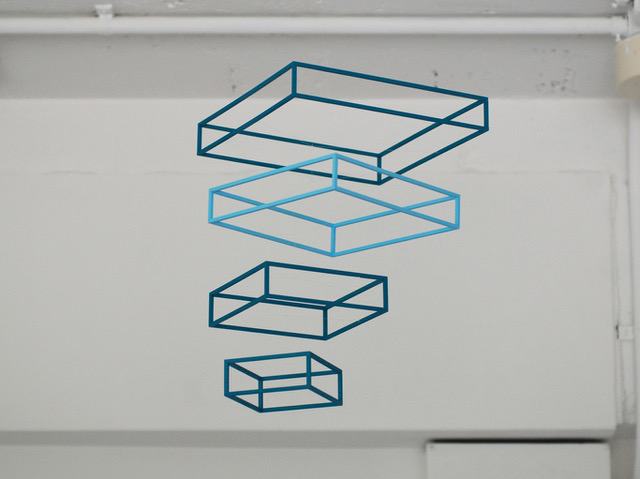
After working as a designer at Idée, Fujishiro established his own studio, Shigeki Fujishiro Design, in 2005 and now works predominantly in the field of interior products. He has collaborated with brands including Hermès, Adidas, Camper and Arita porcelain brand 2016/, and also plans, manufactures and sells his own products. He recently participated in Knit!, a project by Danish textile brand Kvadrat and is a regular tutor at Tama University. Since 2021, his studio is based in Miyota, Nagano.
Lina Ghotmeh

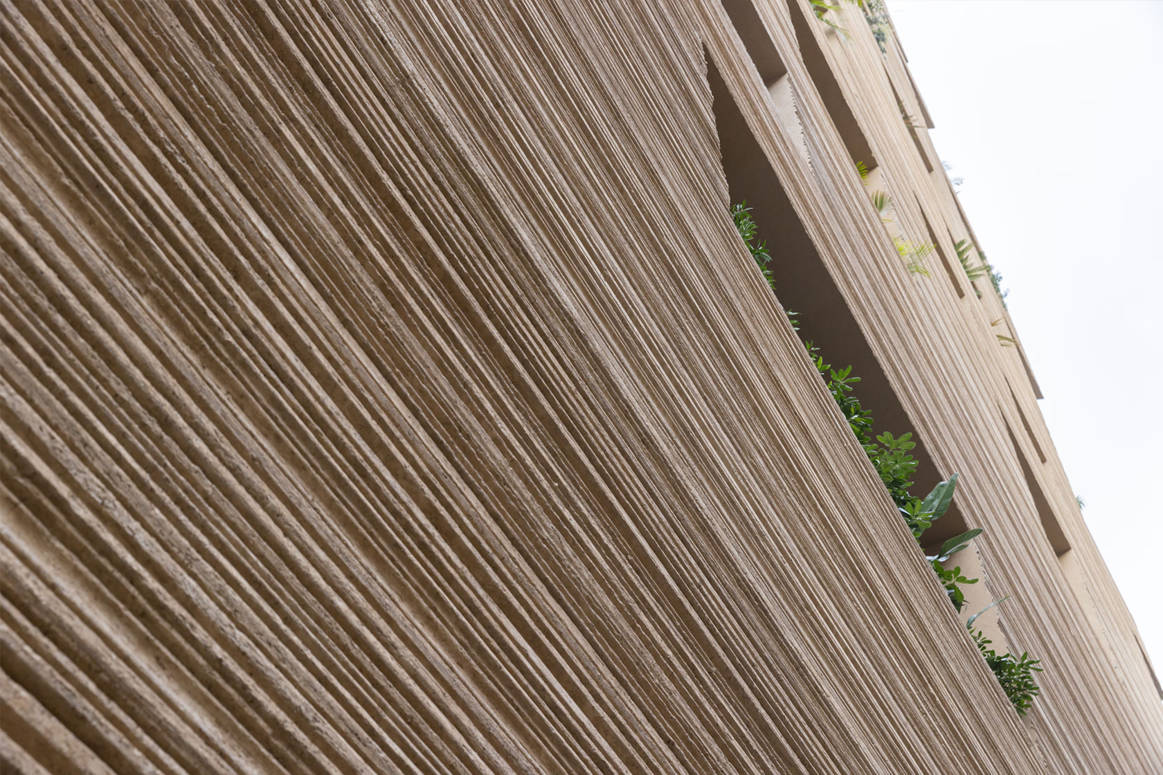
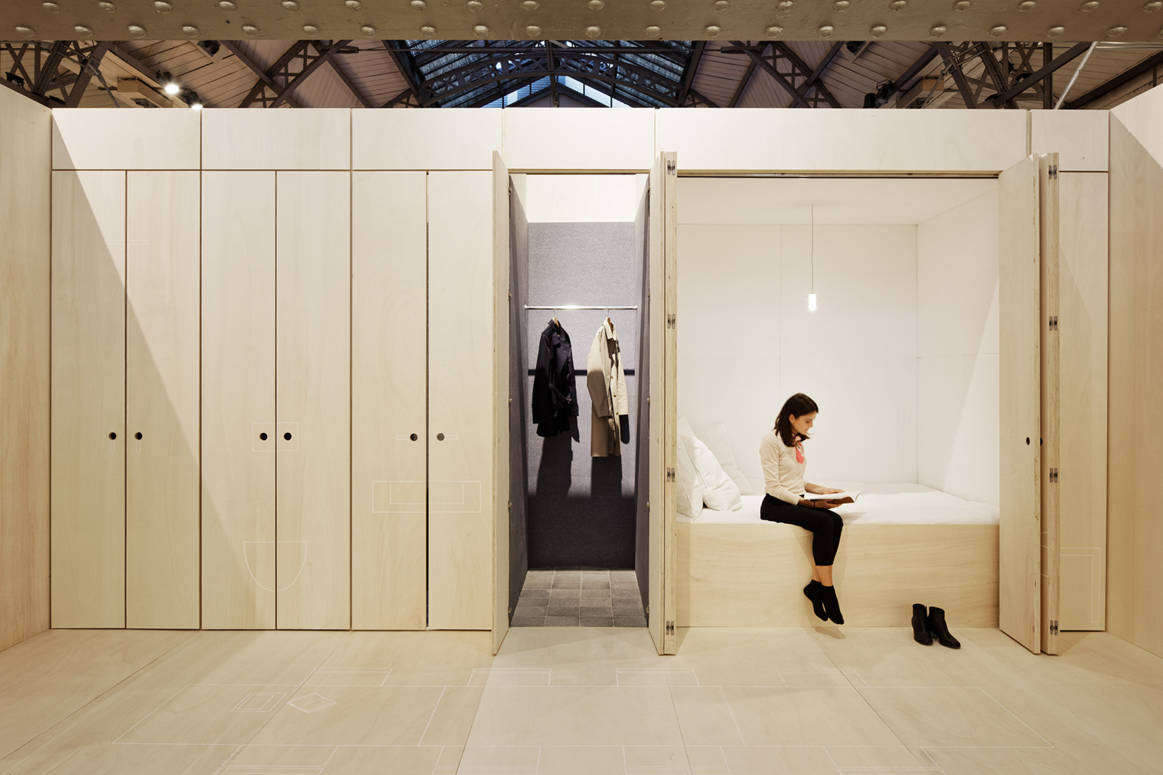


Lina Ghotmeh is the founder of Paris-based atelier Lina Ghotmeh Architecture. Echoing her lived experience of Beirut her office’s work is orchestrated as an “Archeology of the Future”: every project emerges in complete symbiosis with nature following a thorough historical and materially sensitive approach. Projects include the Estonian National Museum (Grand Prix Afex 2016), the Antuo Hills Museums in Shenzhen, finalists of the international competition, the Choregraphic Center of the city of Tours, and “Stone Garden”, hand crafted tower and gallery spaces in Beirut (2A Award and Dezeen Architecture of the year 2021 Award). Lina Ghotmeh — Architecture is currently designing and realizing the ateliers Hermès in Normady.
Lina Ghotmeh teaches architecture at Yale School in US and in the University of Toronto. She is co-president of the Scientific Network for architecture in extreme climates. She’s been awarded the 2020 Schelling Architecture Prize, the 2020 Tamayouz “Woman of Outstanding Achievement”, the French Fine Arts Academy Cardin Award 2019, and the Dejean 2016 among other prizes.
Her work is exhibited at MAXXI in Rome and was exhibited at the 17th Architecture Biennale in Venice. Projects have gotten widely published by the likes of Phaidon, RIBA, Domus and Architectural Record.
Photo credits: Gilbert Hage, Iwan Baan, Takuji Shimmura, Naomichi Sode
Yurika Kono


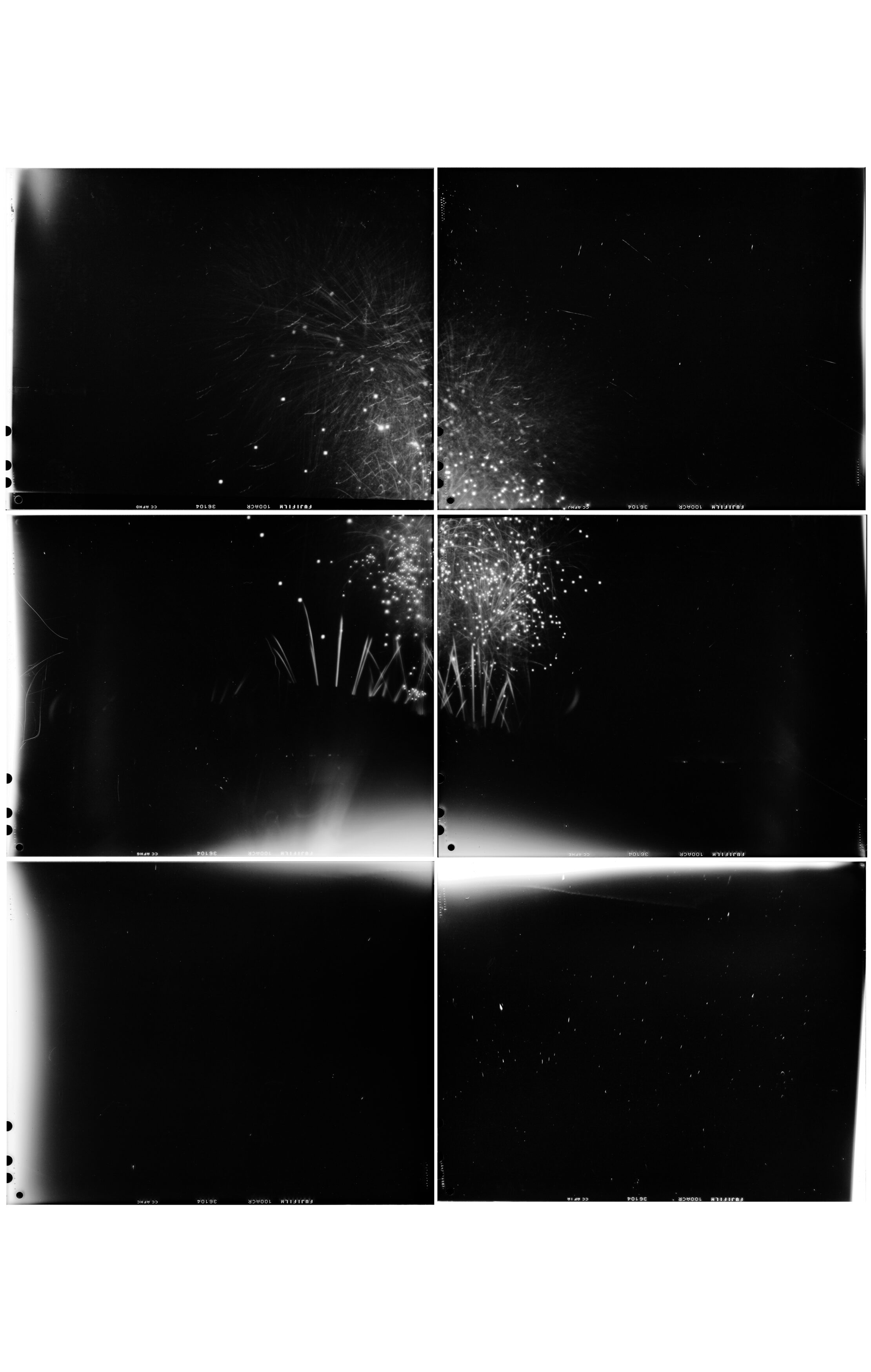


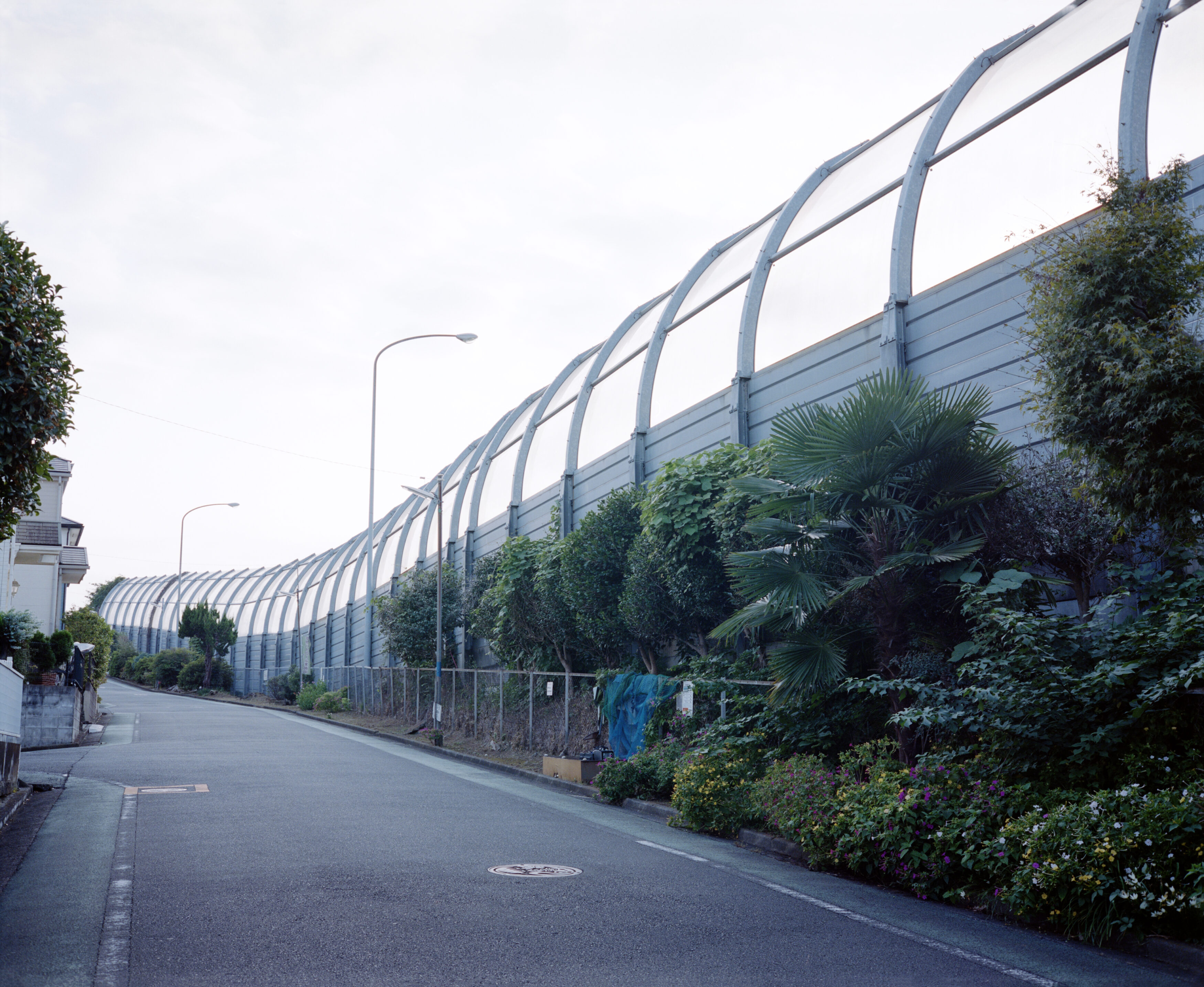
Yurika Kono
Photographer
Born in Niigata. After studying under Takashi Homma, Kono began working independently in 2019. Inspired by research into personal stories, land, history, architecture and space, she creates works based on the themes of looking at the anonymous people erased from historical records and responding to history with “her story”. Her photography work centres on architecture, spaces, environments and scenography.
www.yurikakono.com
Ryota Fujiguchi
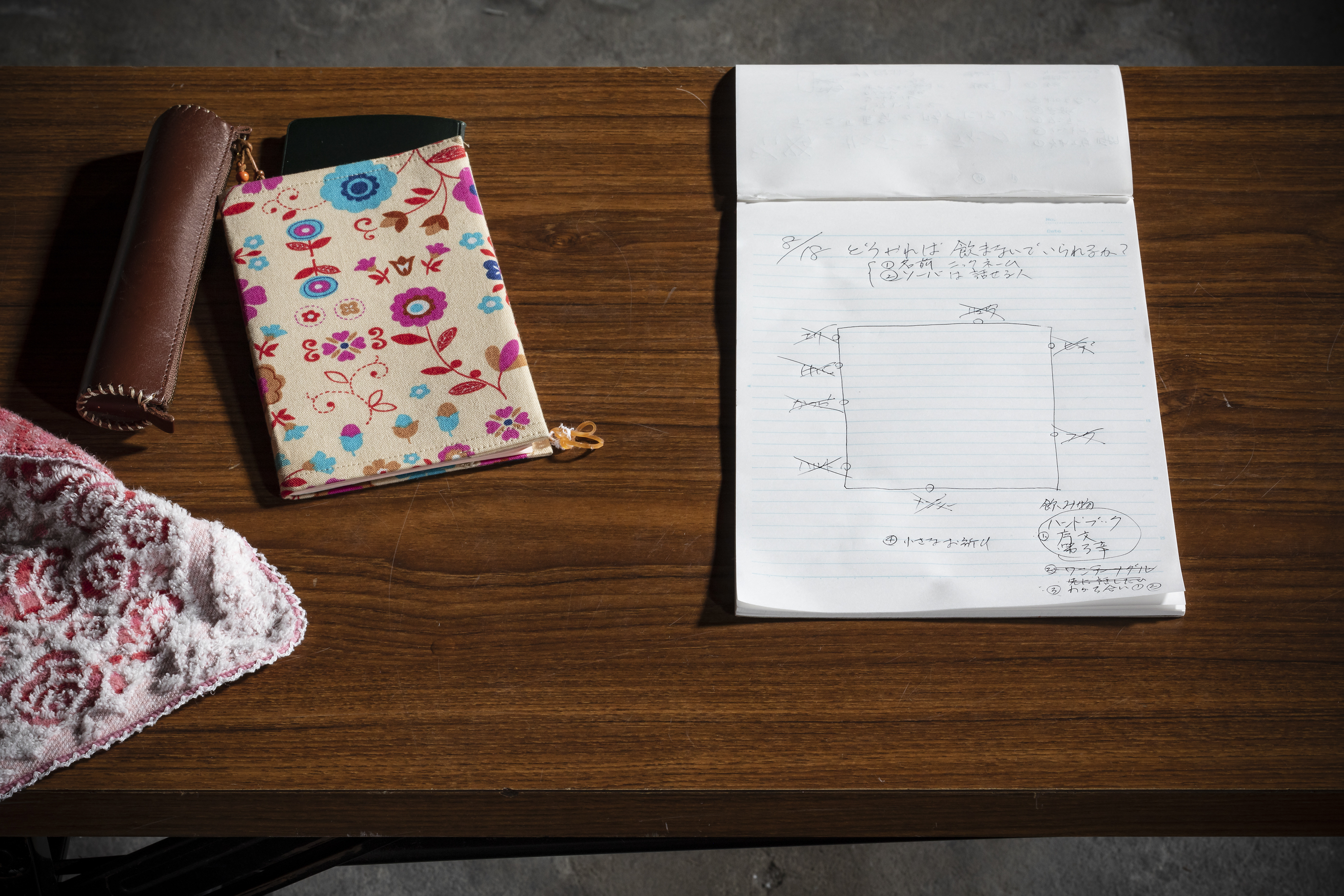
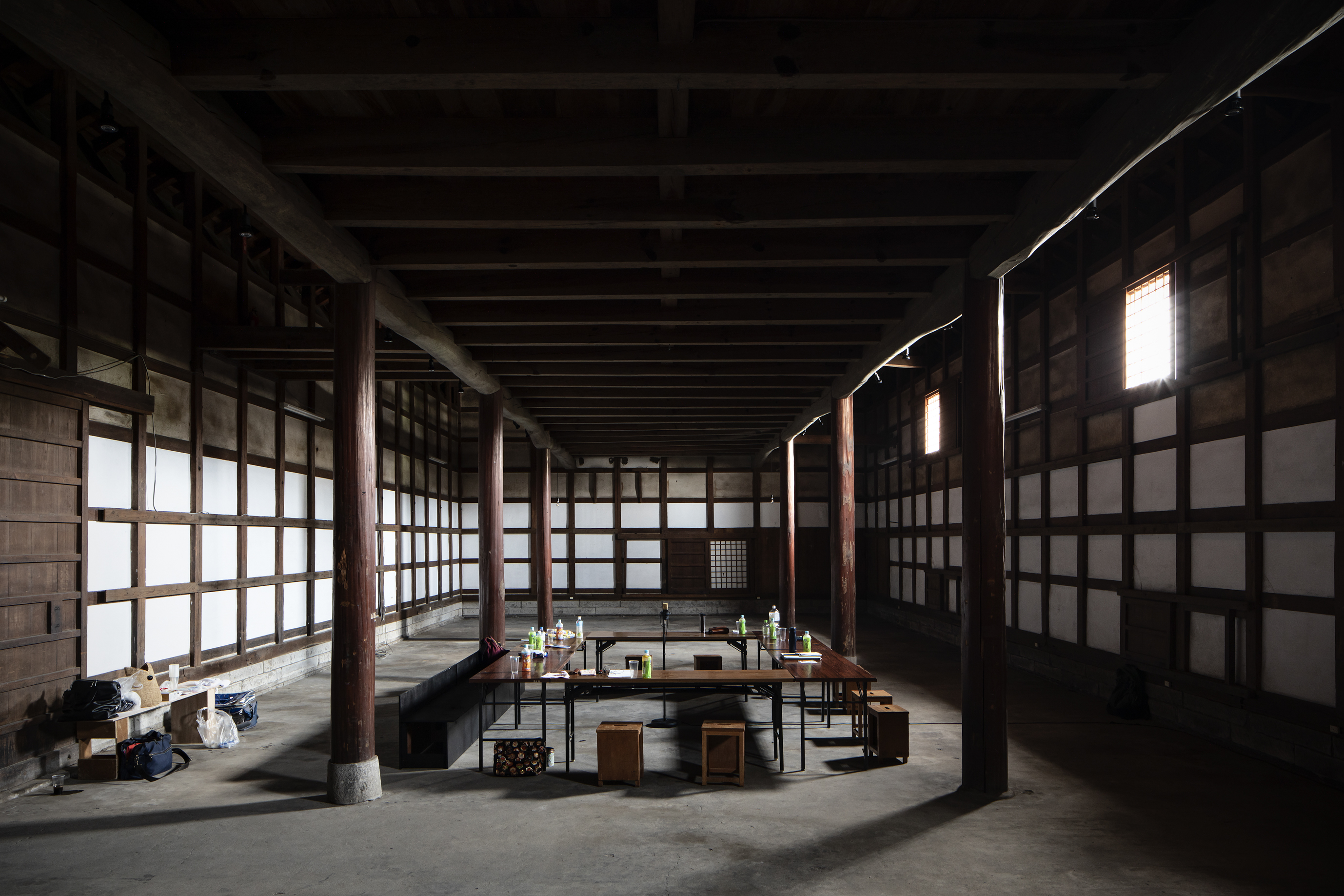
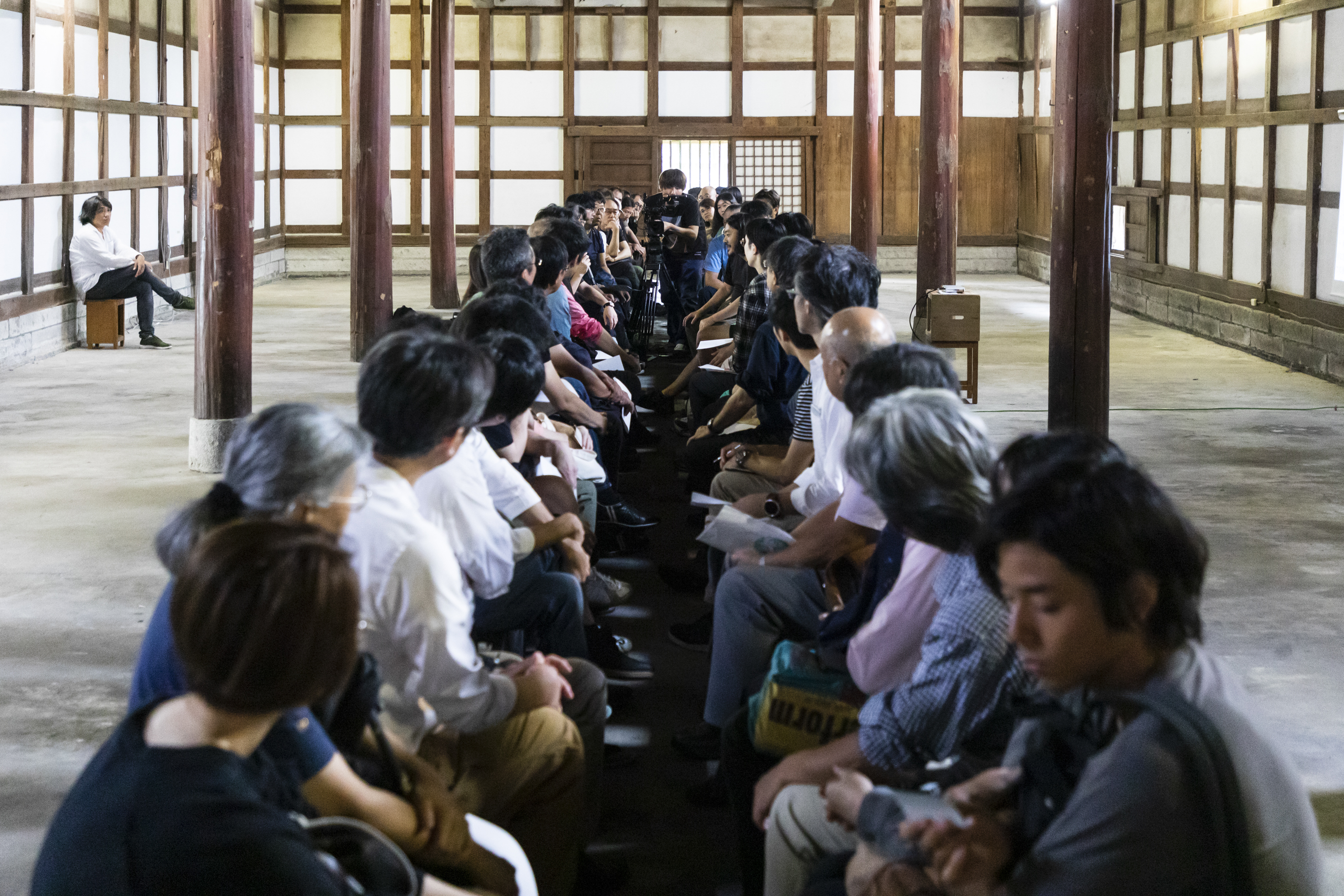
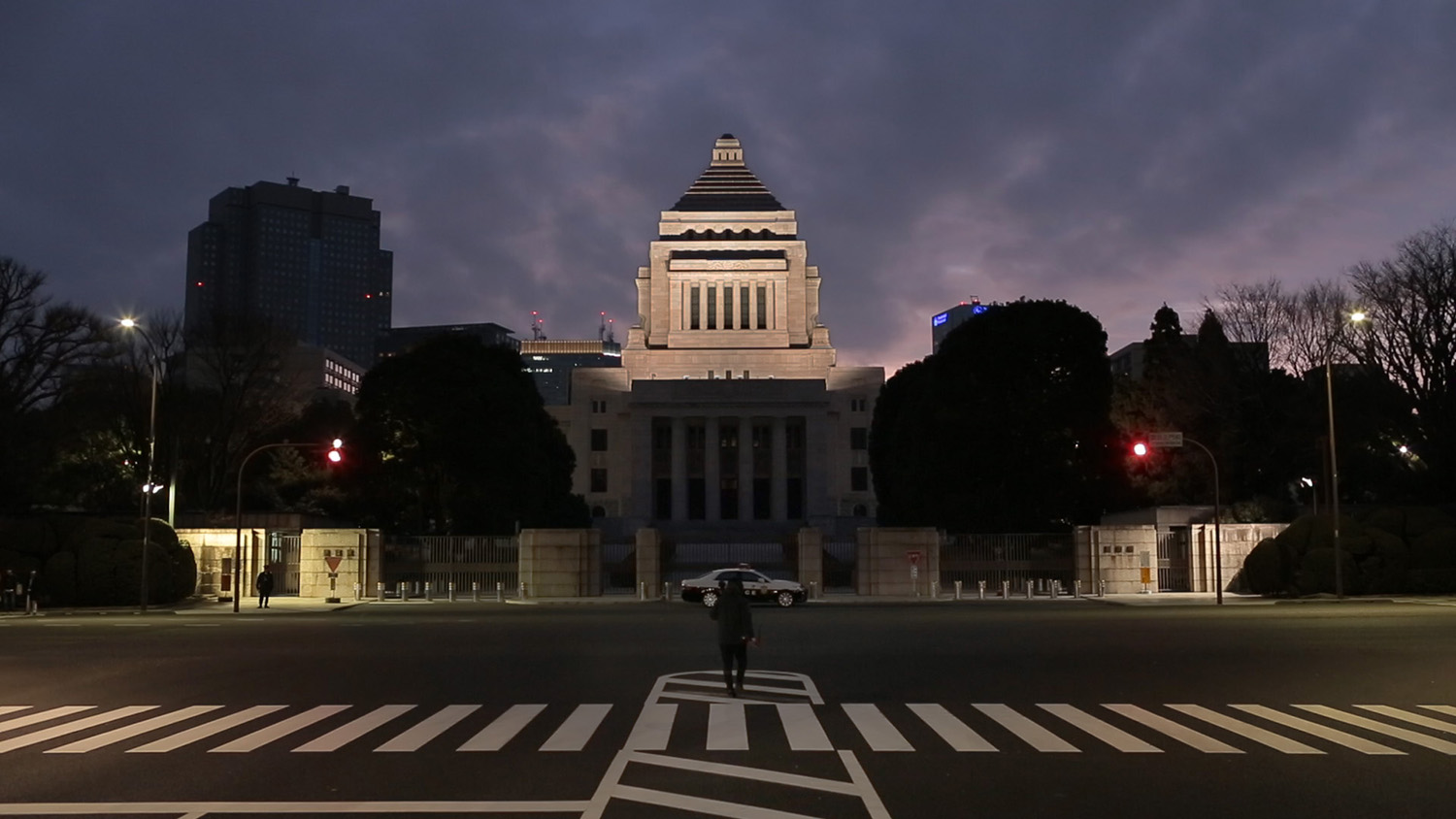
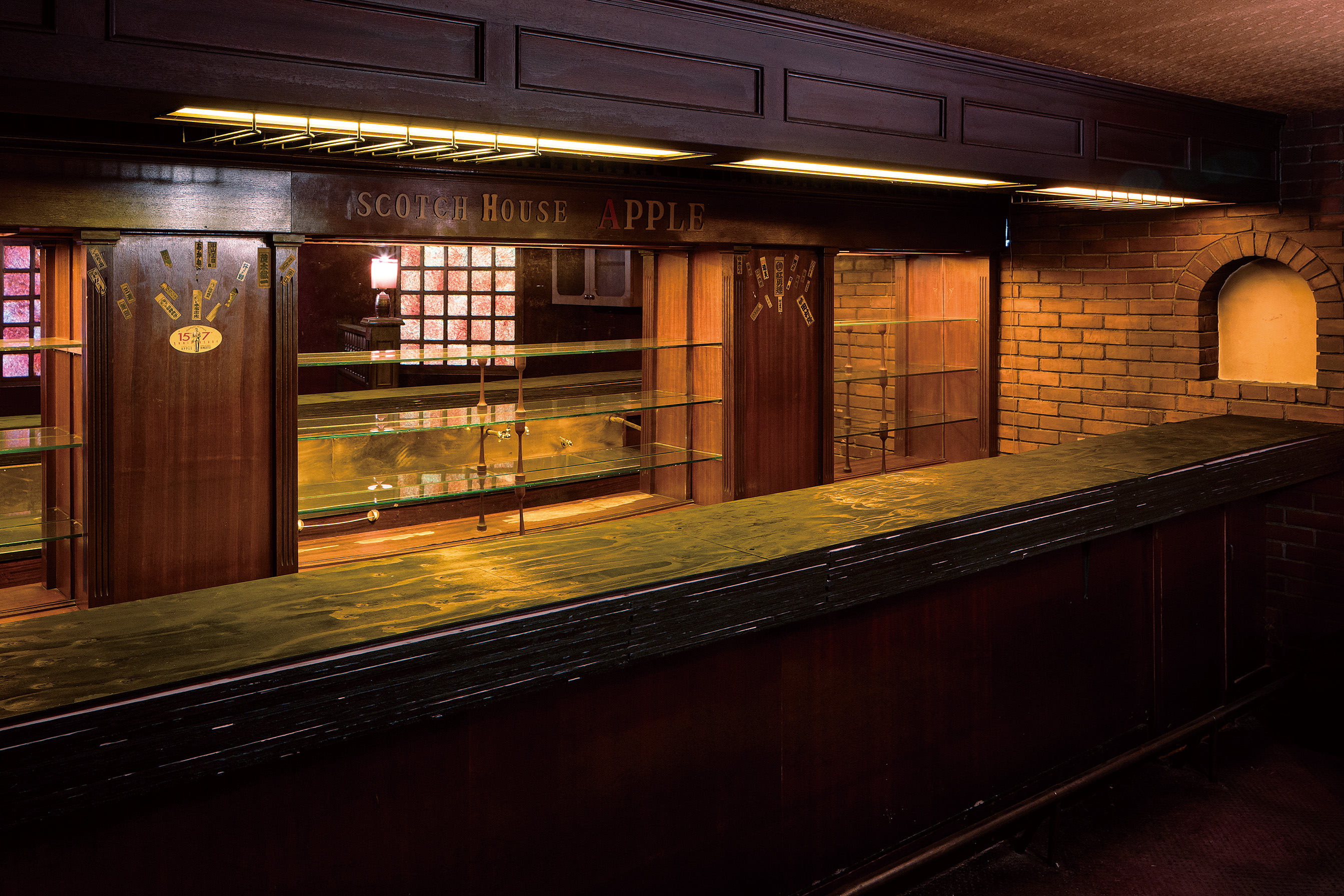
Ryota Fujiguchi
Sound Artist
Fujiguchi creates various sound recordings, including for cinema. Through these experiences, the act of recording sound becomes a means of recording social issues, providing a way to connect with a wide range of people. His works consist of his own and others’ recordings, using audio to render visible issues hidden within society and anonymous people erased from history. In his performance works, he records and plays back sounds from the audience, creating interventions aimed at raising their awareness of time, space and, eventually, the real world.
Archive
Transfigurations of Clay (Becoming Form)
Location: Karimoku Commons Gallery (2-22-5 Nishi-Azabu, Minato-ku, Tokyo) Date & Time: 4/19-29 12:00-18:00 (4/24 closed, 4/29 closes at 16:00)
The recording of an instagram live event with David Glaettli (Studio David Glaettli) and Jo Nagasaka (Schemata Architects). David, the creative director of Mino Soil, explains about the general concept of Mino Soil and the exhibition Mino Soil Vol.02 “Transfigurations of Clay” in Tokyo. Jo Nagasaka, on site at a workshop in Tajimi, explains hands-on about his project for Mino Soil and discusses clay as a material.
The AXIS Forum talk with Bijoy Jain (Studio Mumbai) from 8. June 2021 can now be watched here
The official photos of our exhibition “Archaeology of Mino” in collaboration with Studio Mumbai (8-13 June 2021) can be downloaded here.
Contact
10-6-55 Asahigaoka Tajimi
Gifu 507-0071 Japan
T +81 572 20 0711
F +81 572 20 0722
contact@minosoil.jp
CREDITS
Founder: Masashi Kasai (X’S Corporation),
Hideya Izawa (IZAWA Corporation)
Creative Direction: David Glaettli
Graphic Design, Web Design &
Development: Sebastian Fehr
Photography: Yurika Kono
Sound: Ryota Fujiguchi
Japanese Text: Takahiro Tsuchida
English Translation: Ben Davis
PR: Naoko Takegeta
